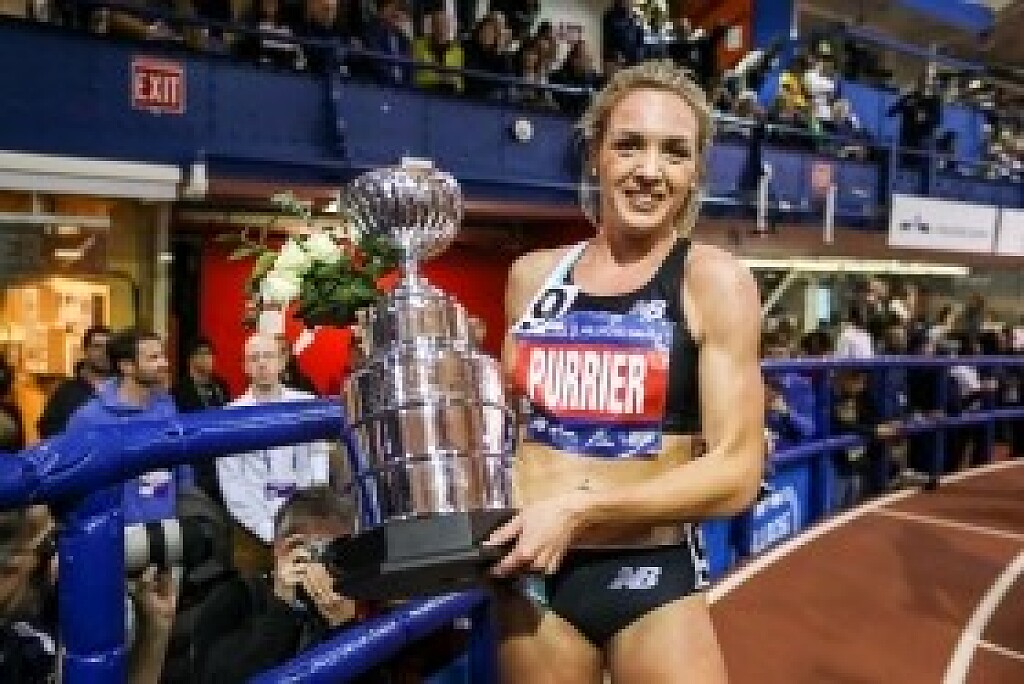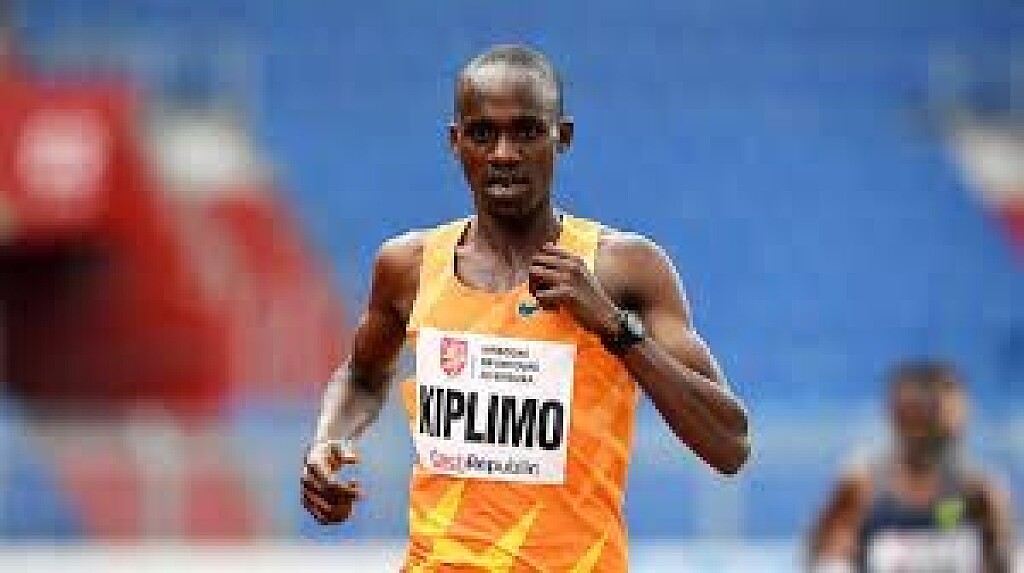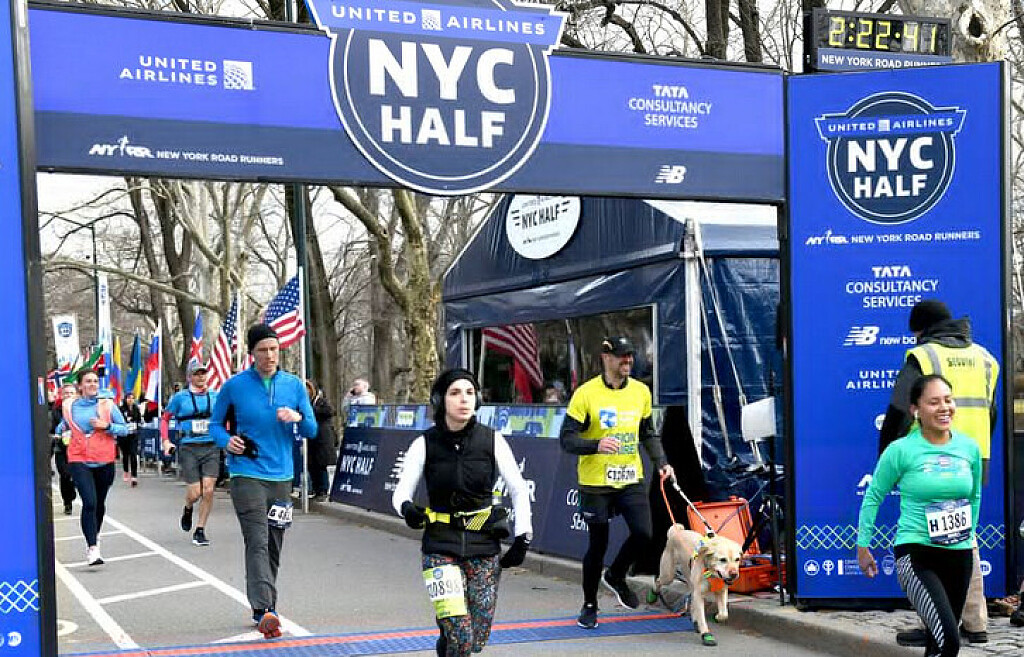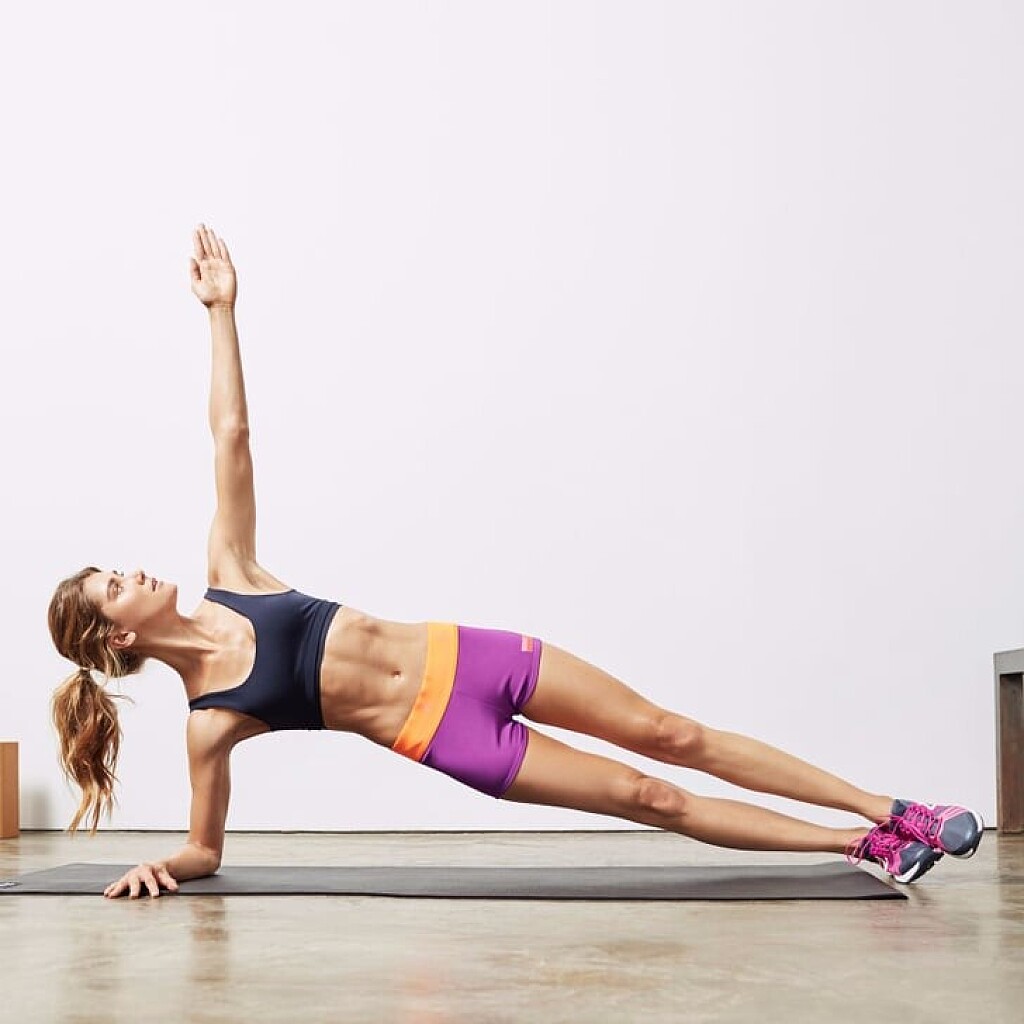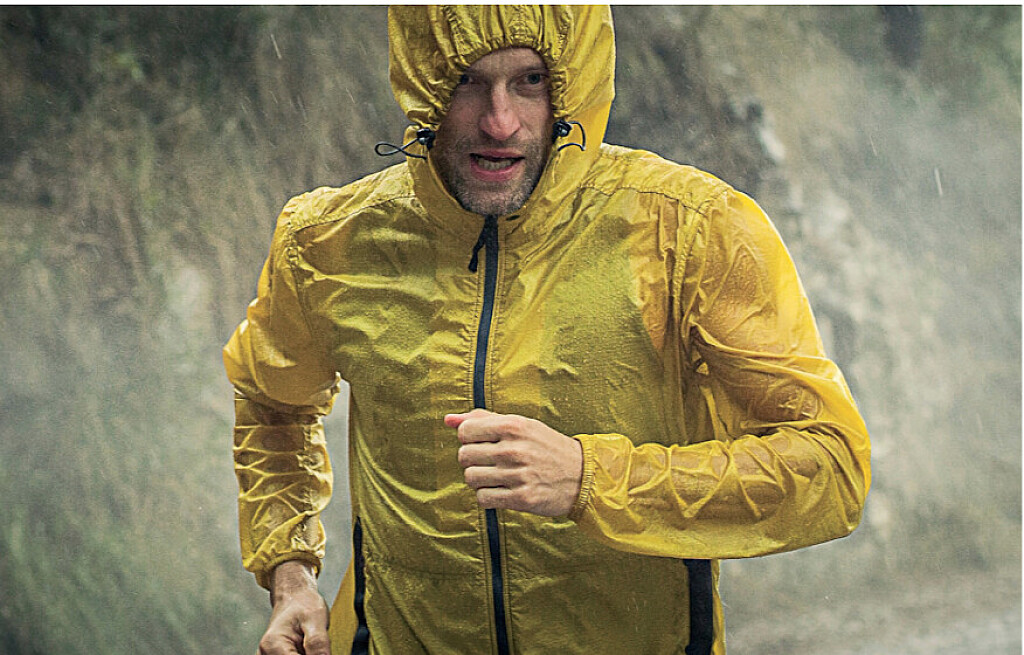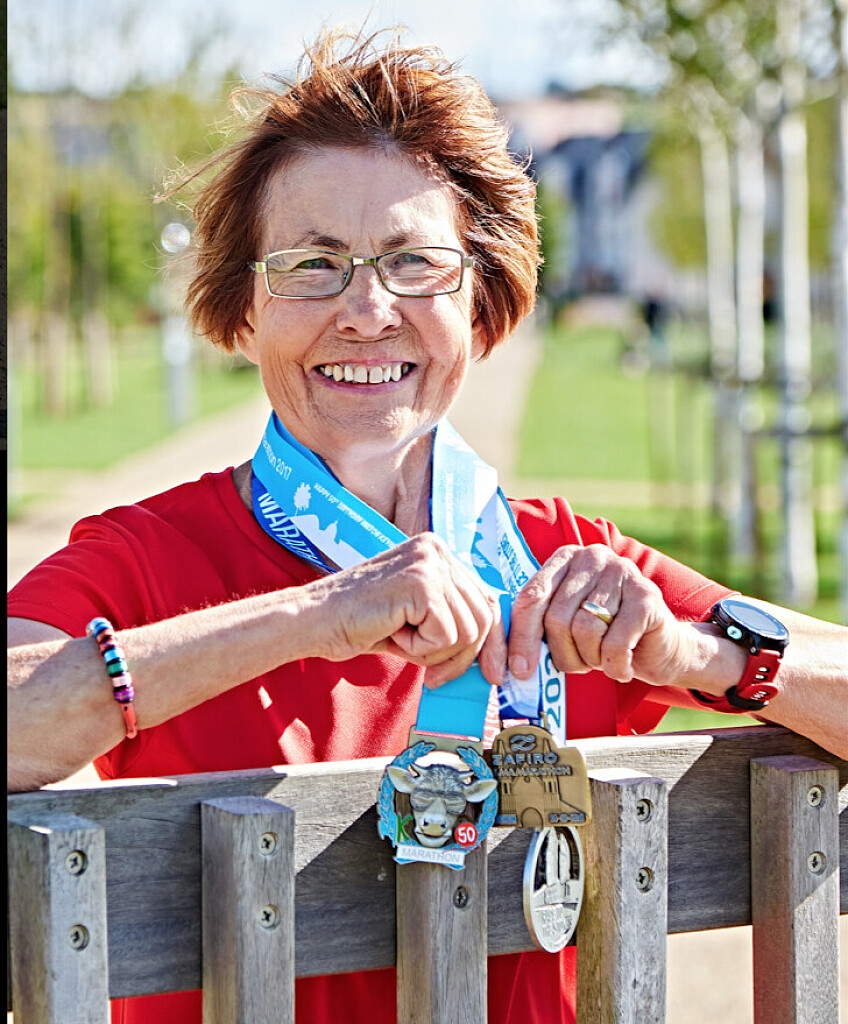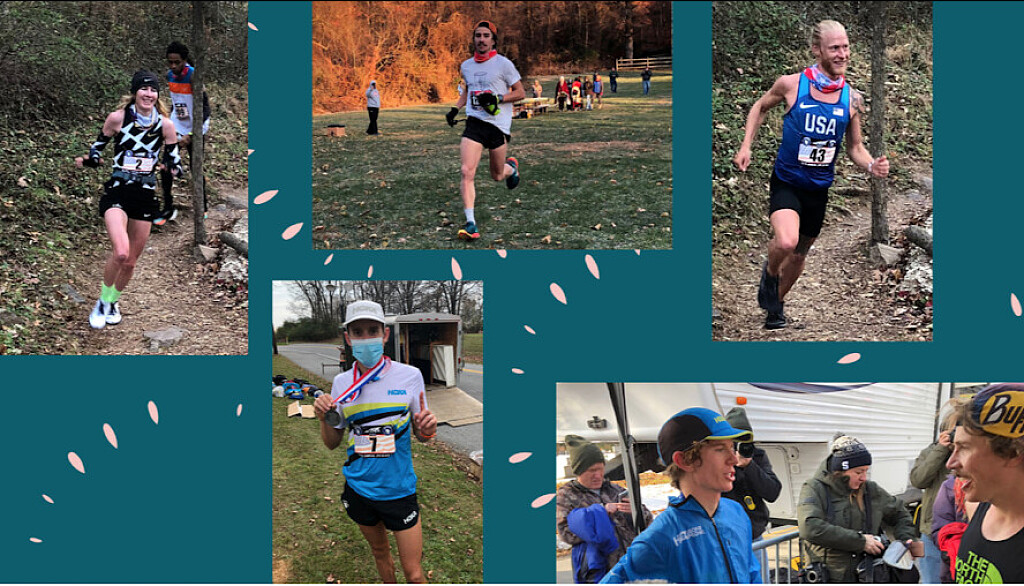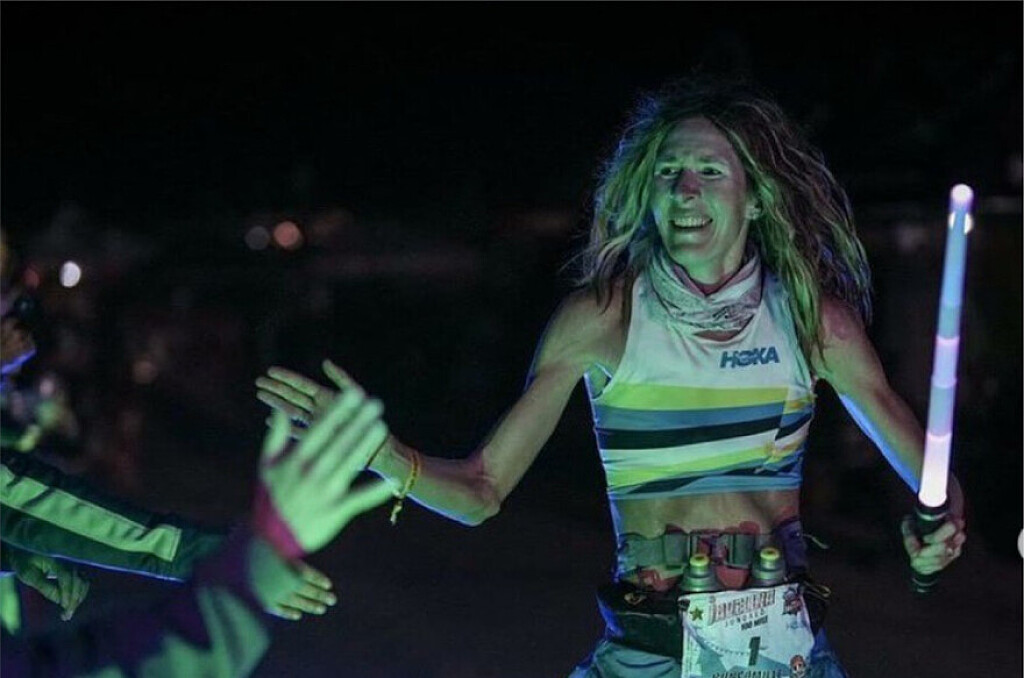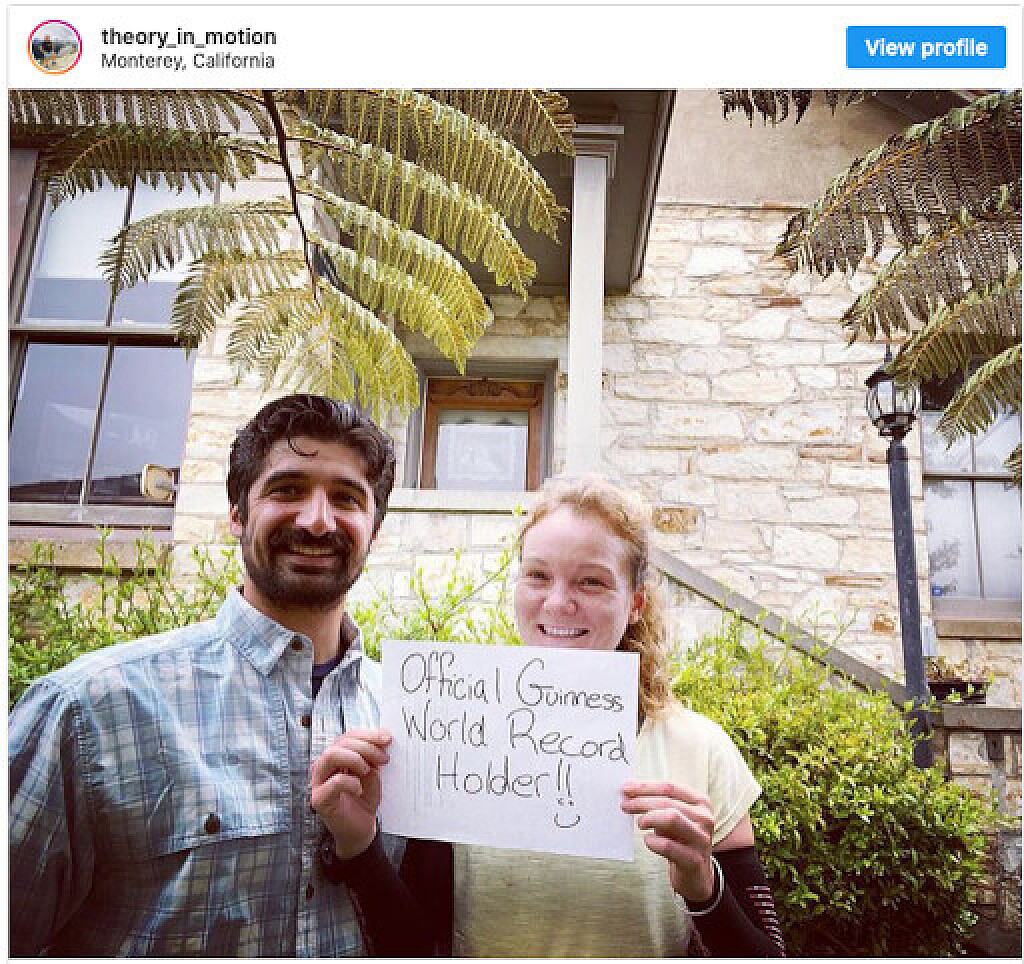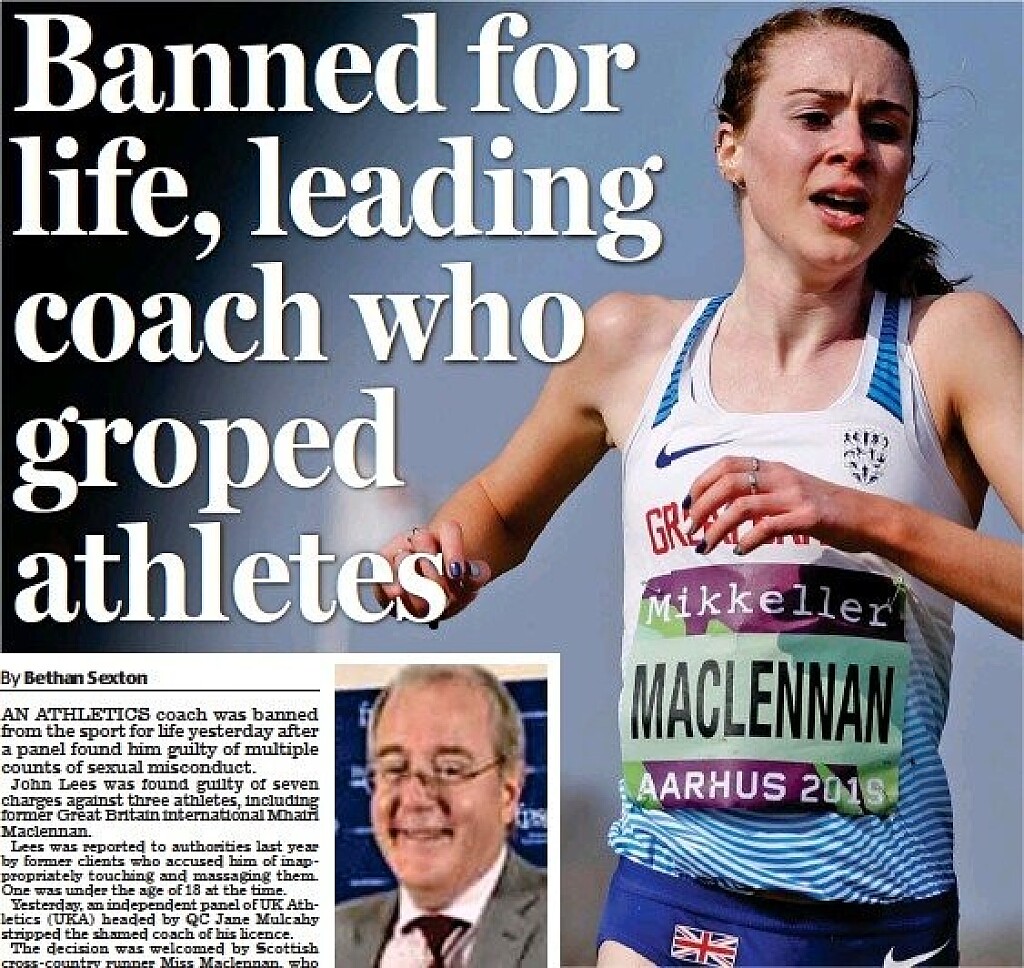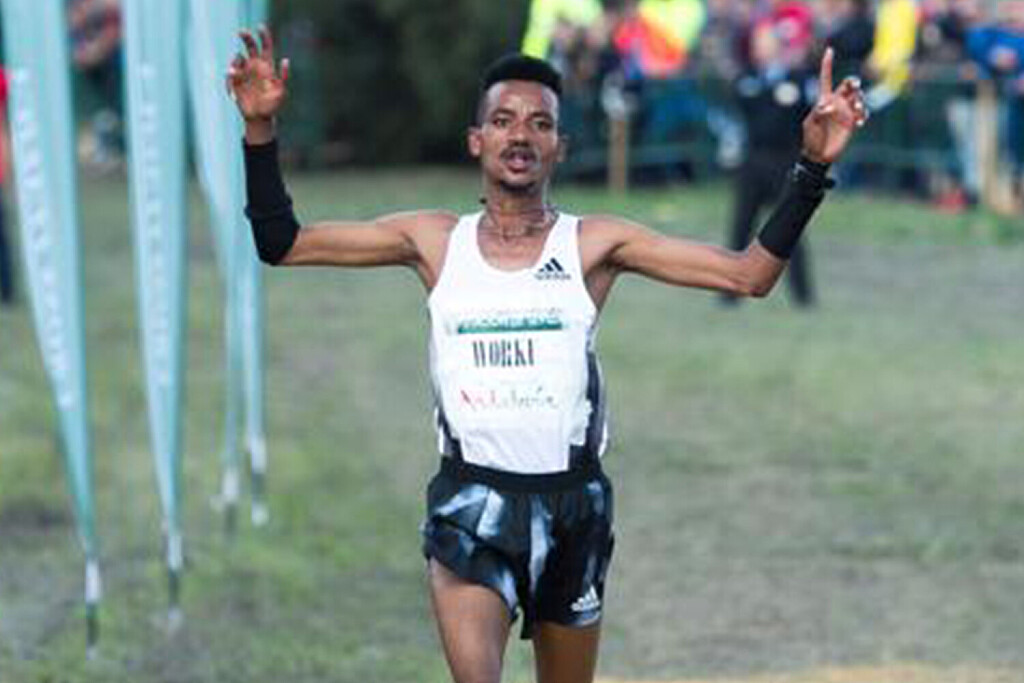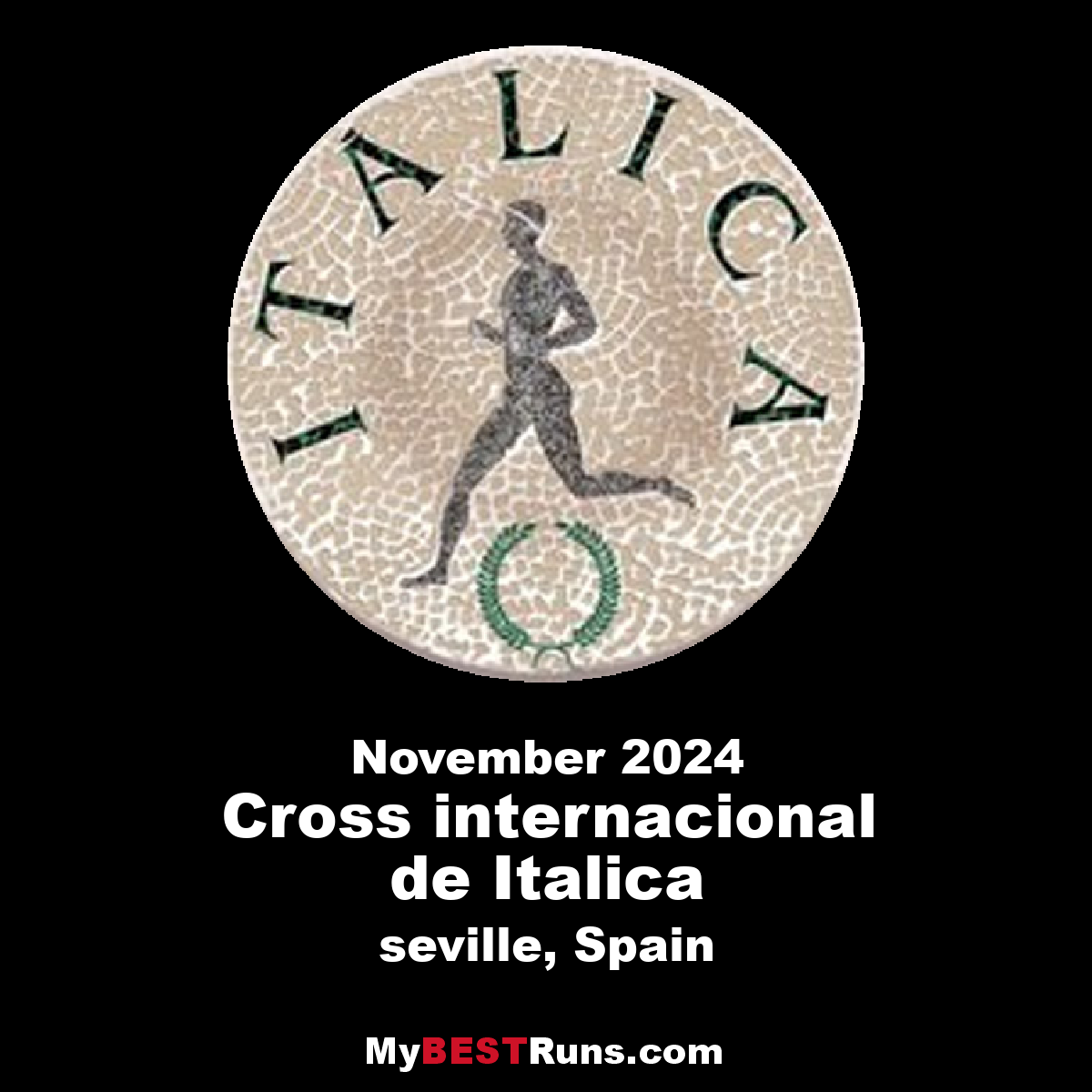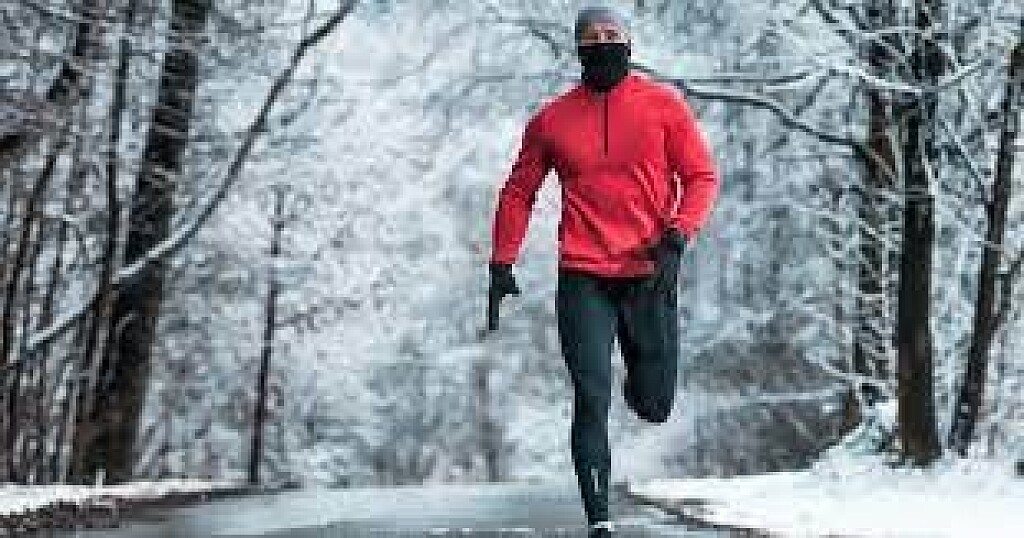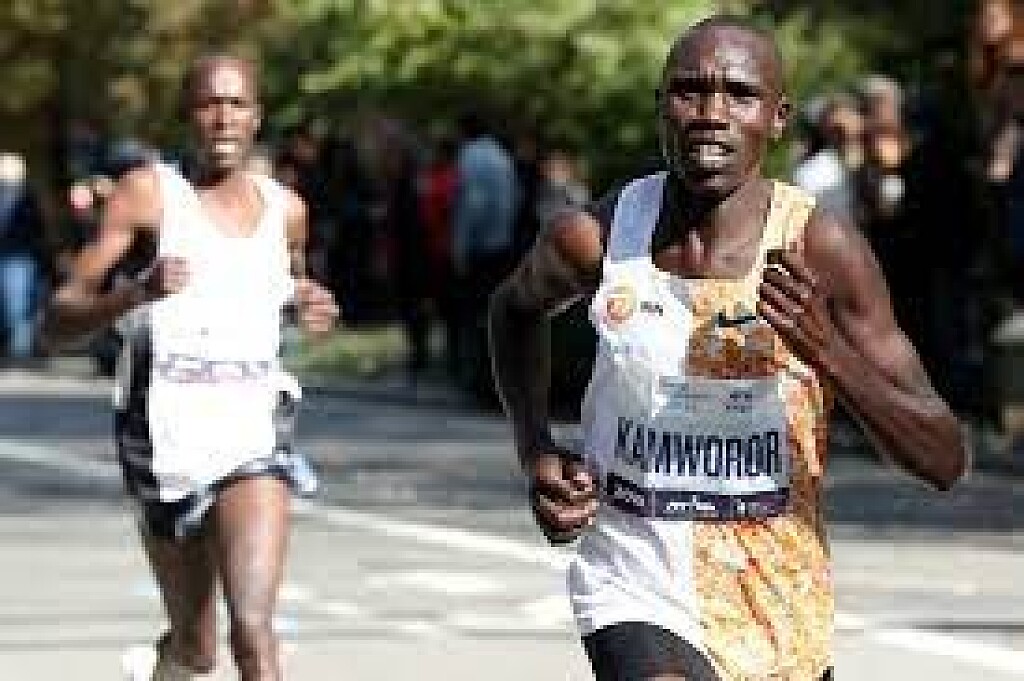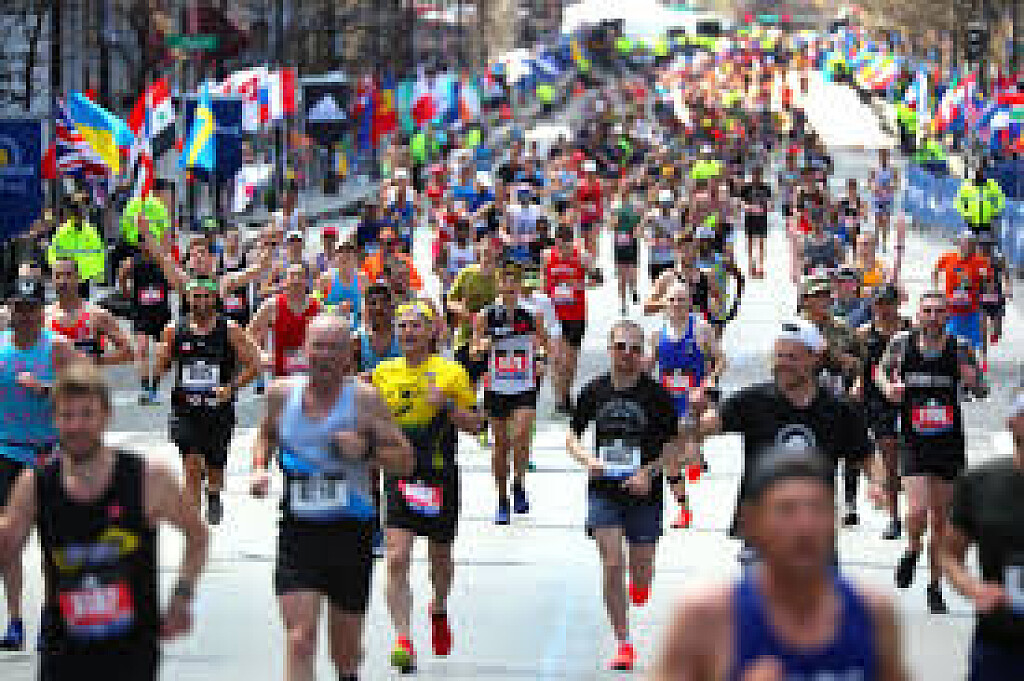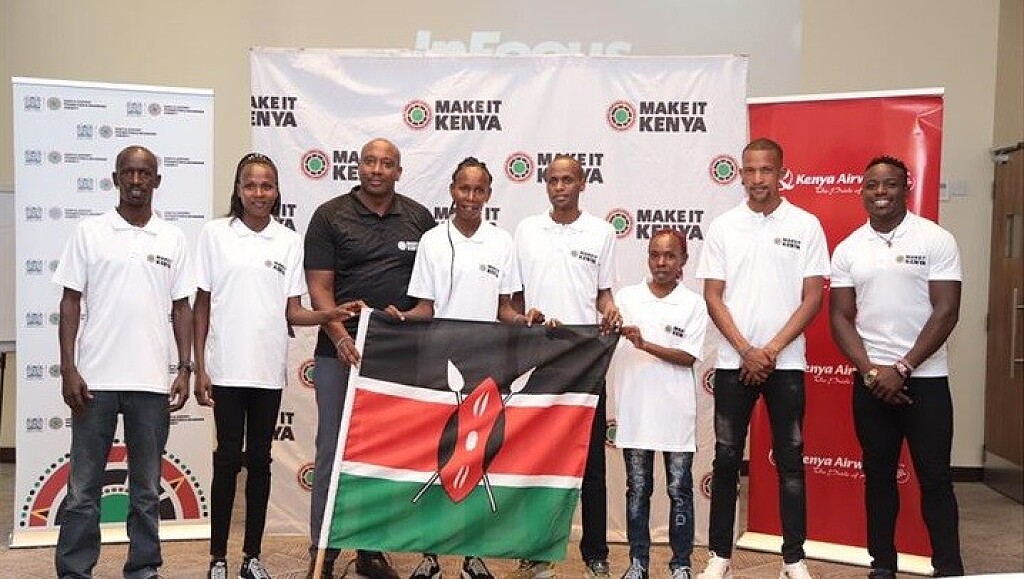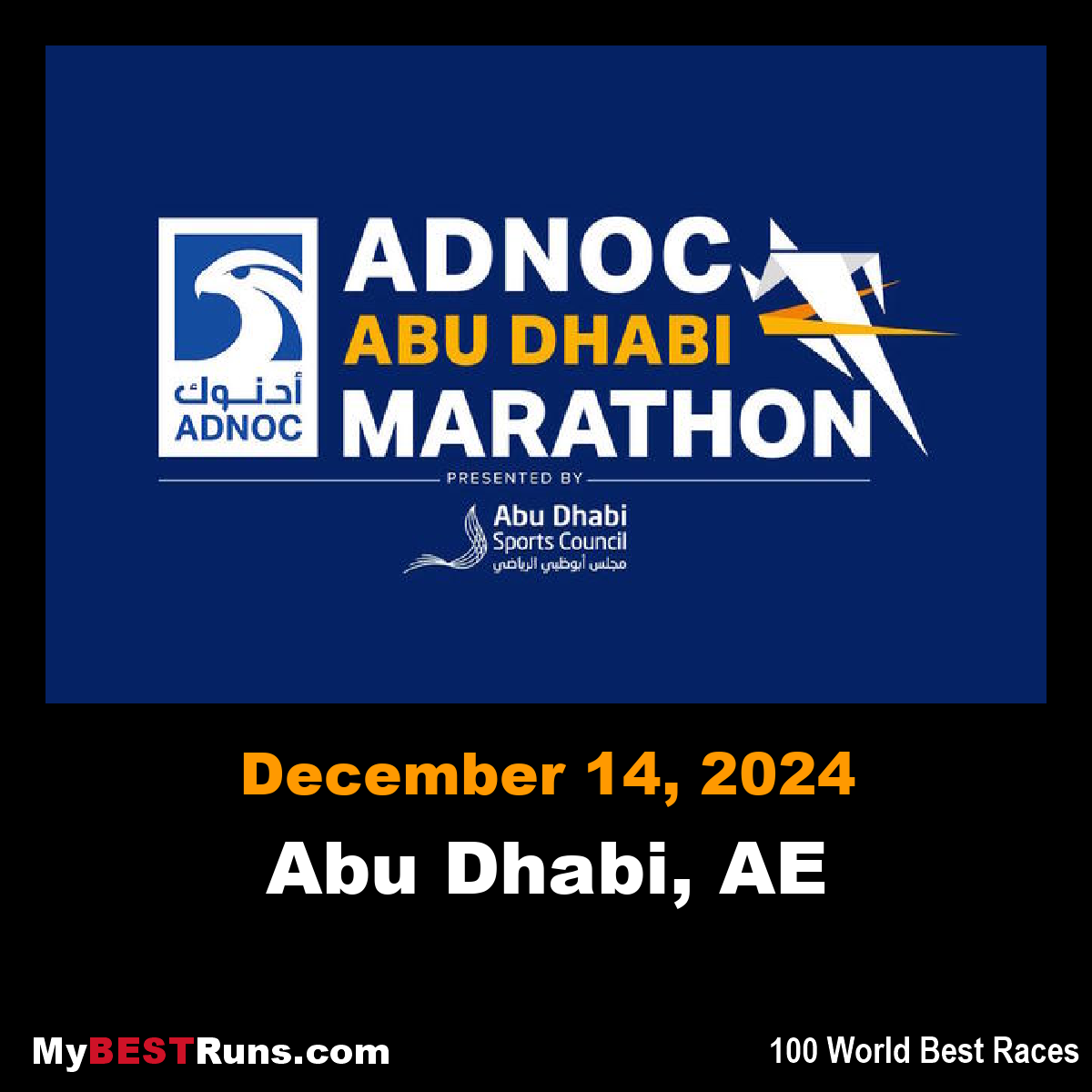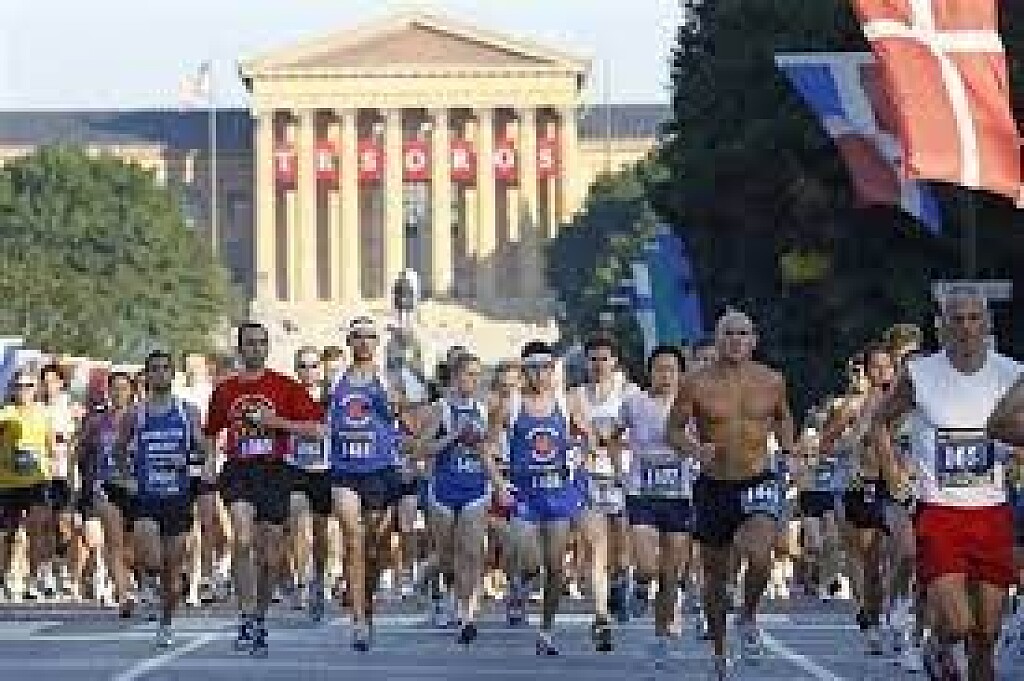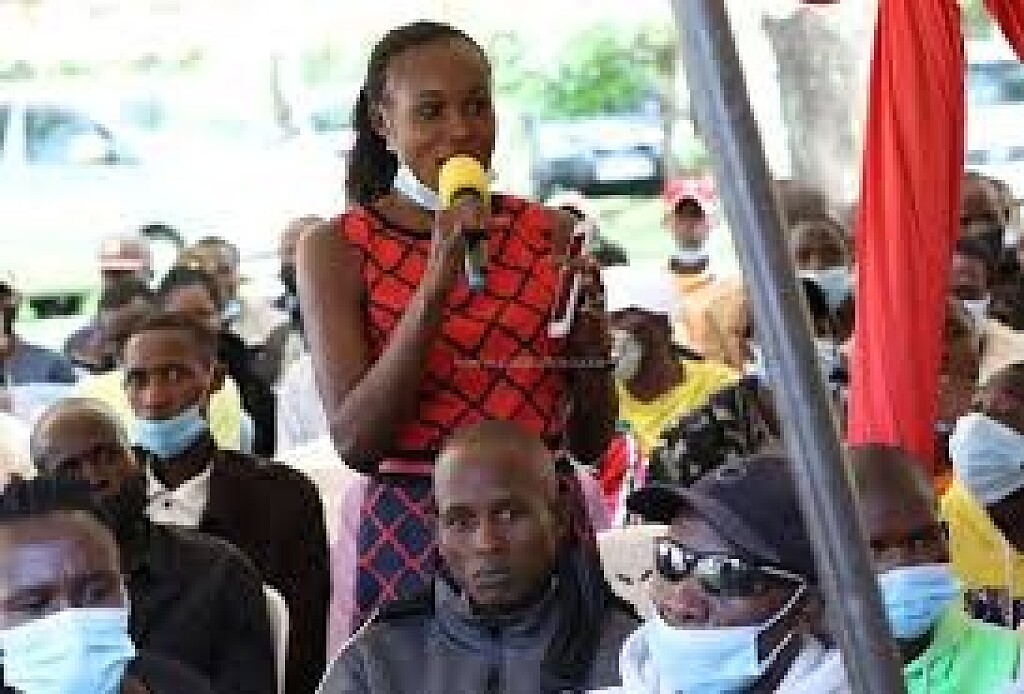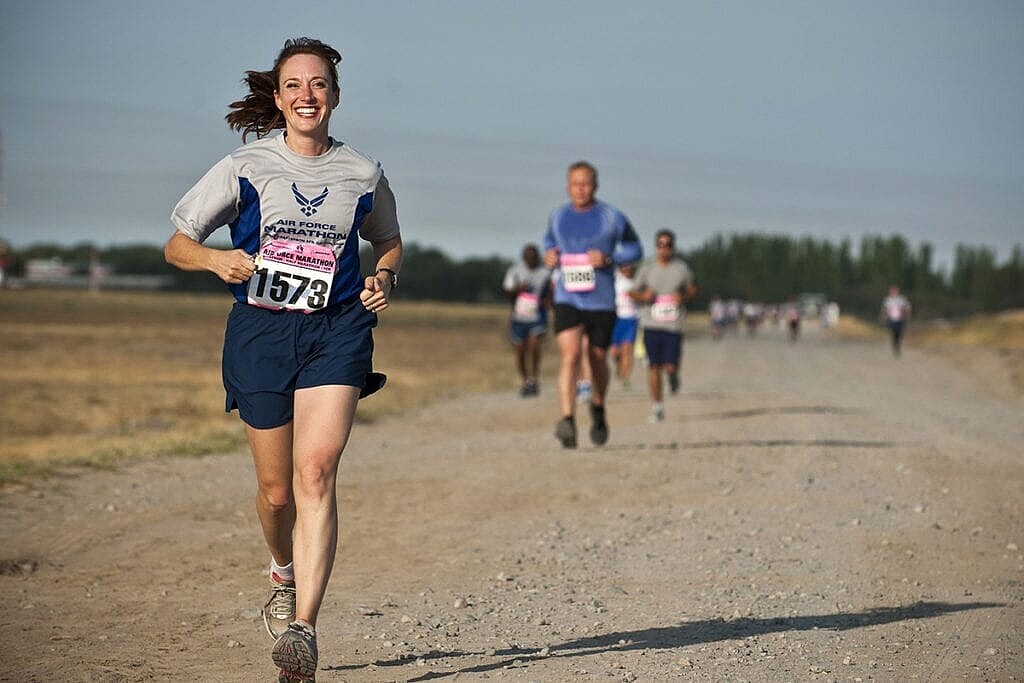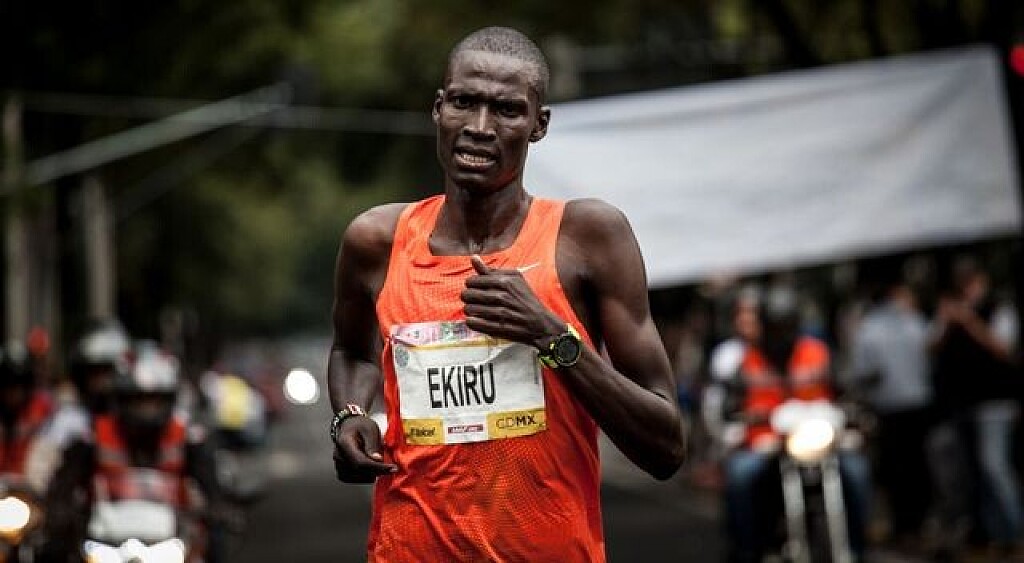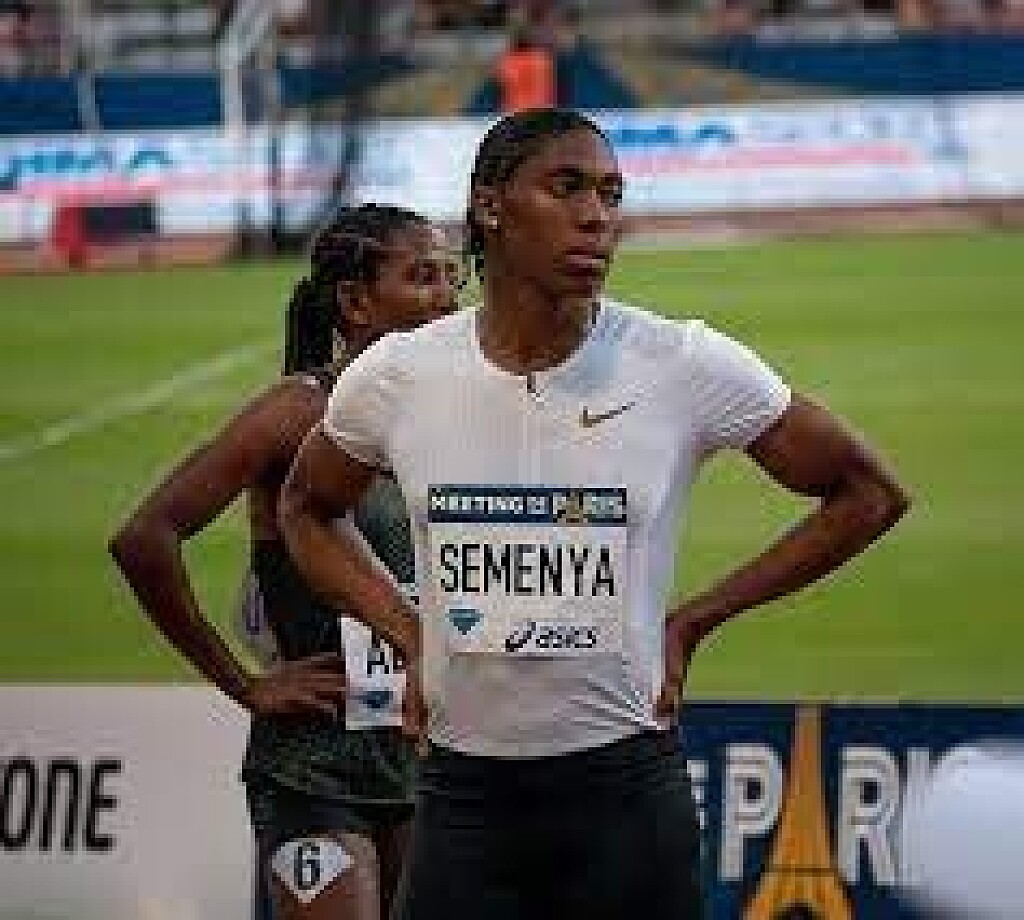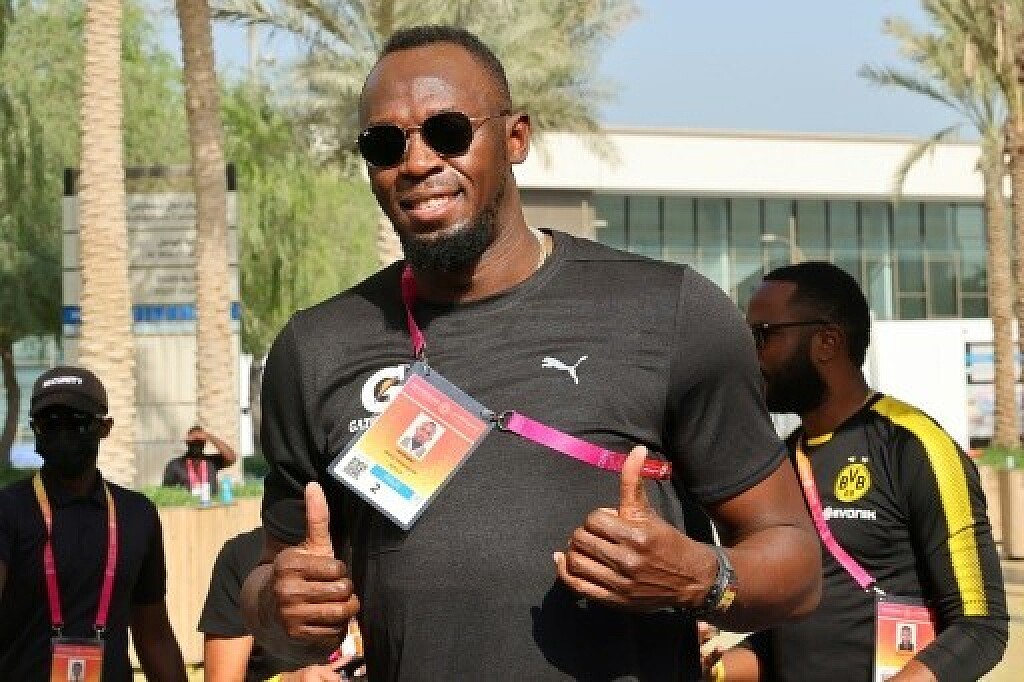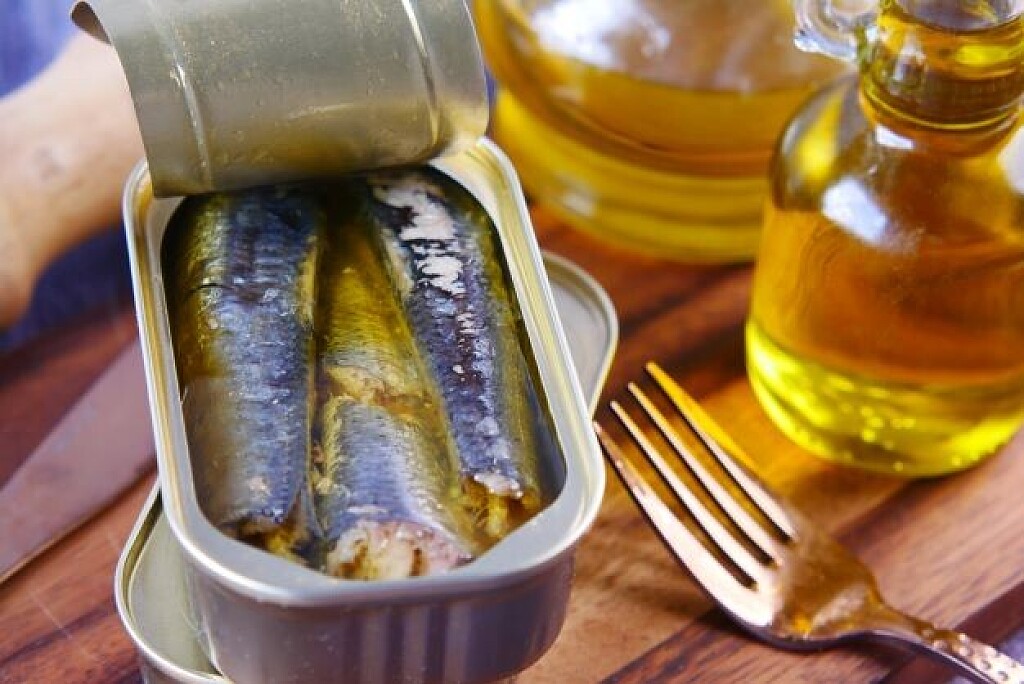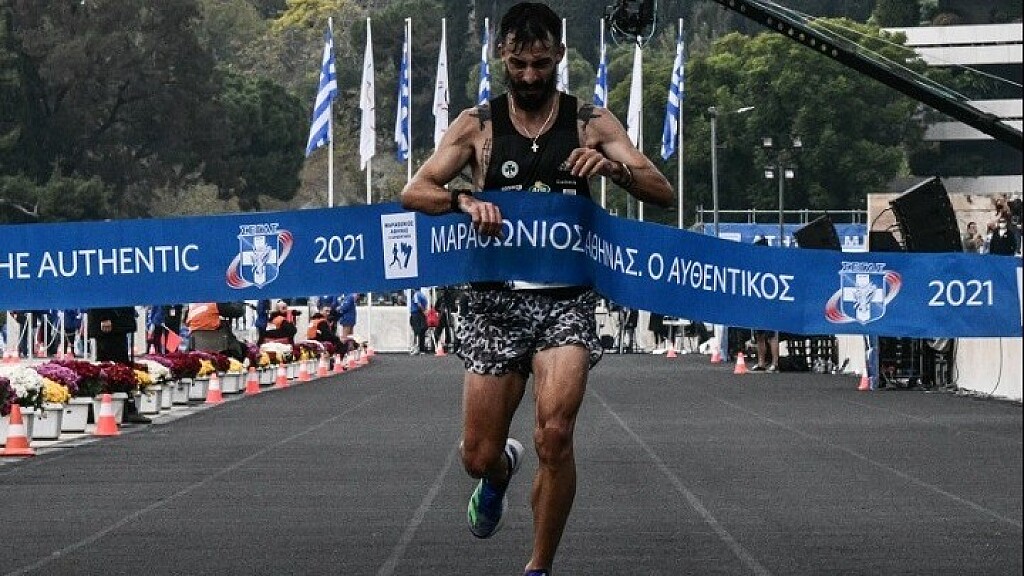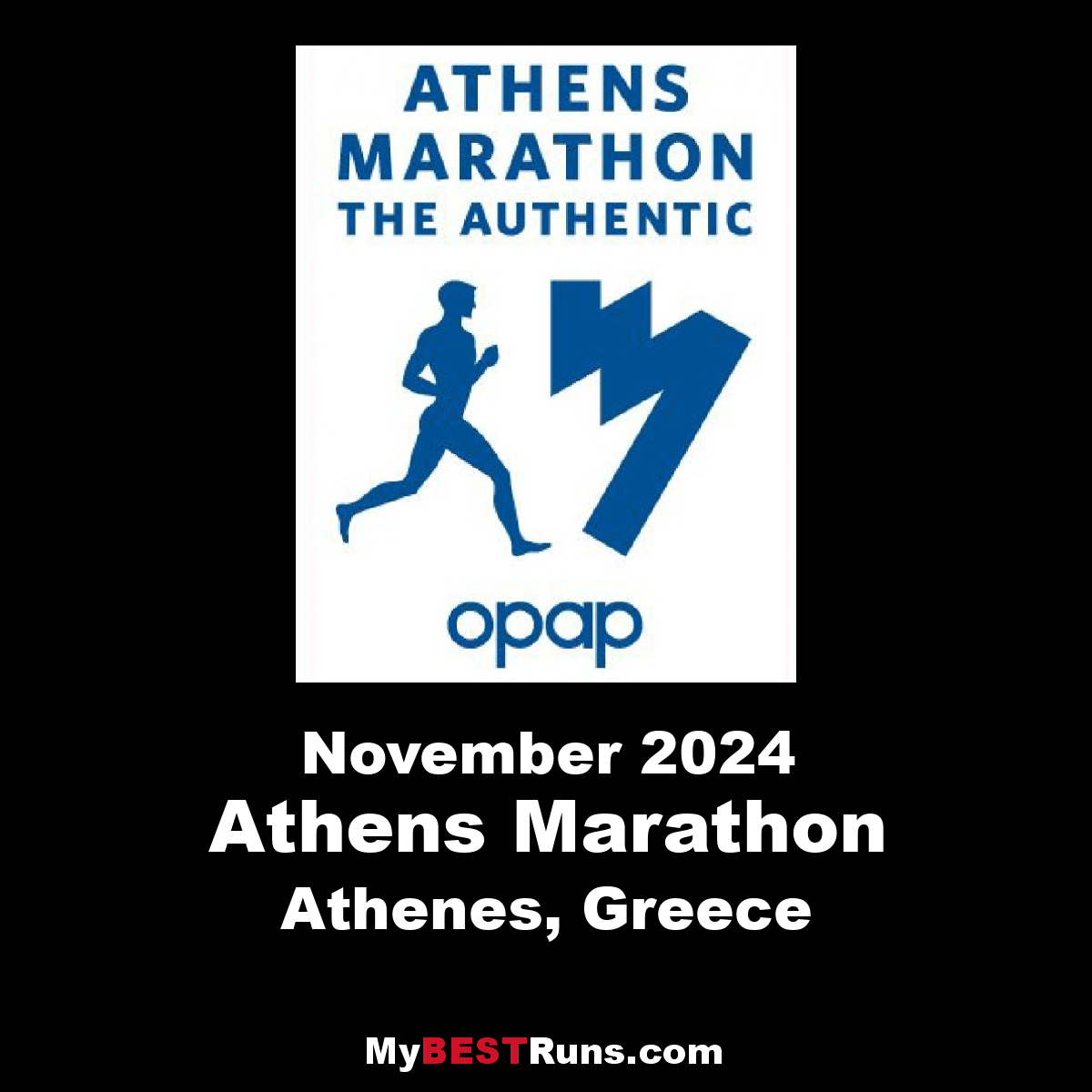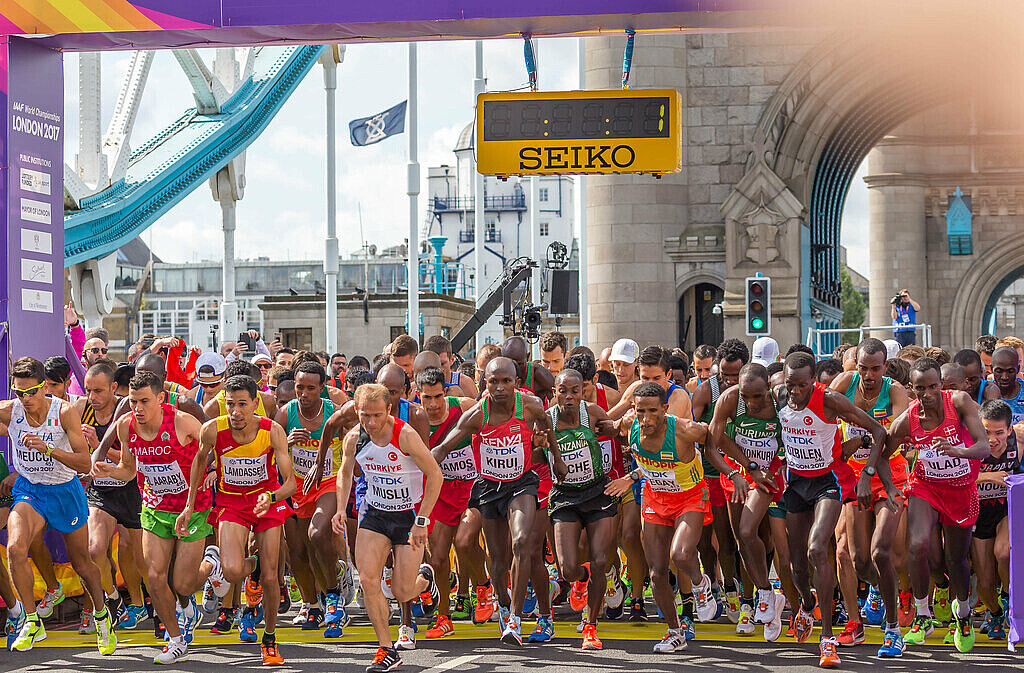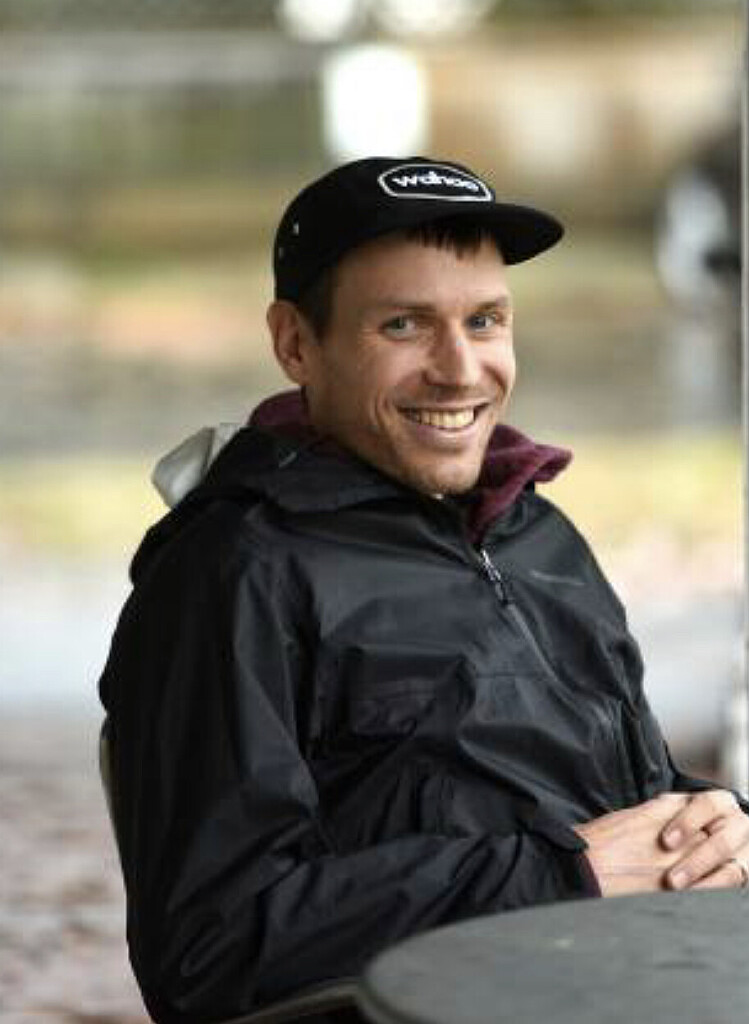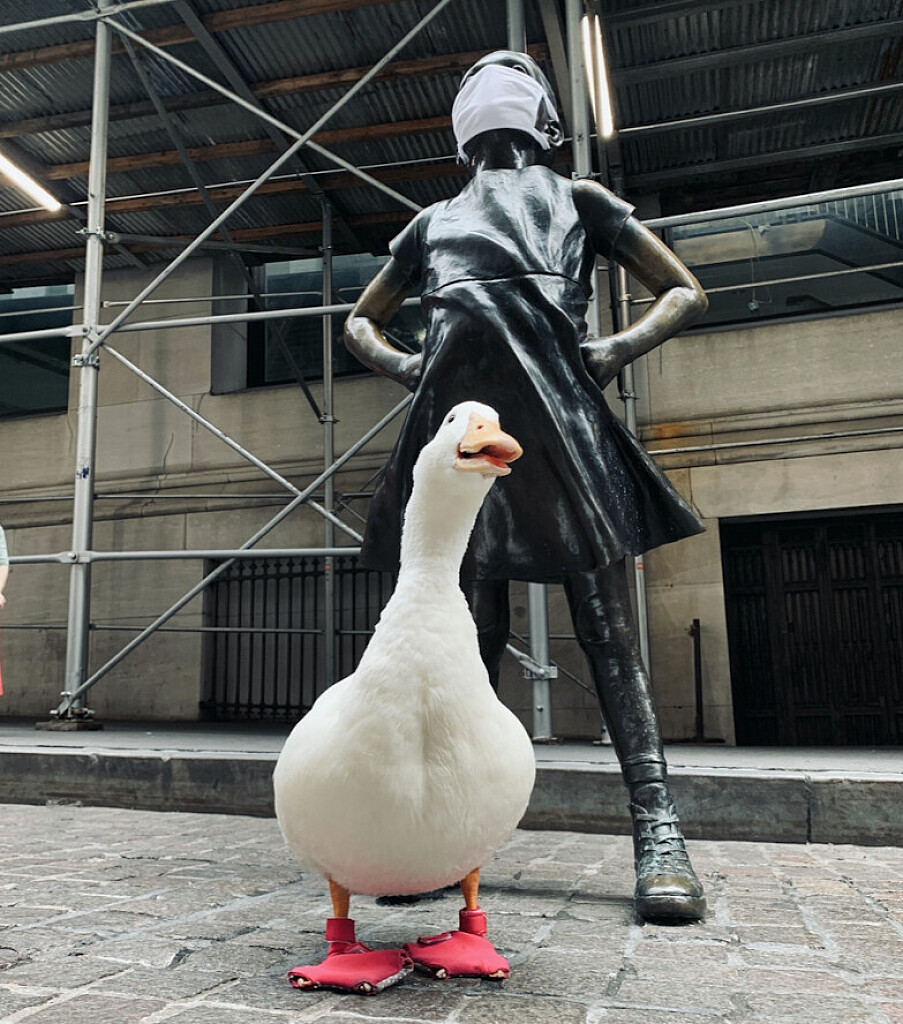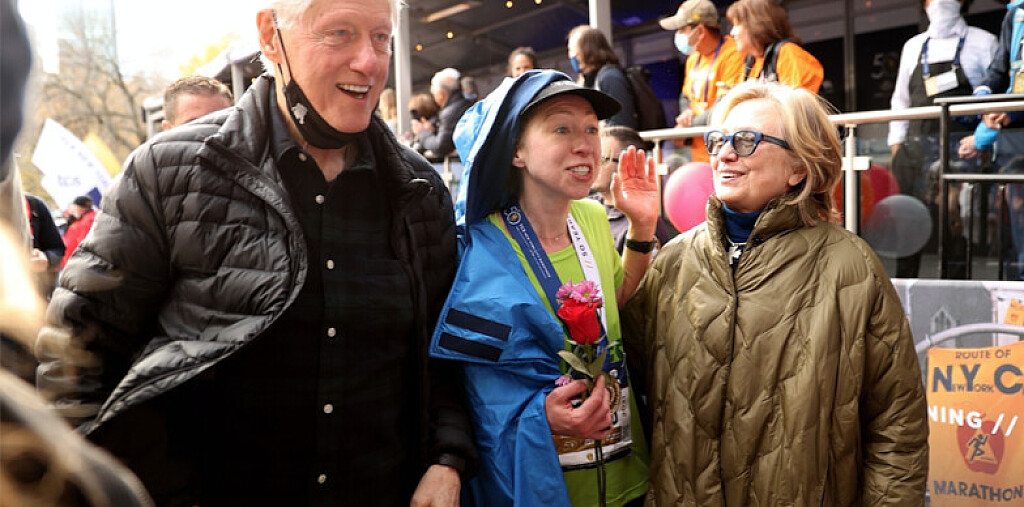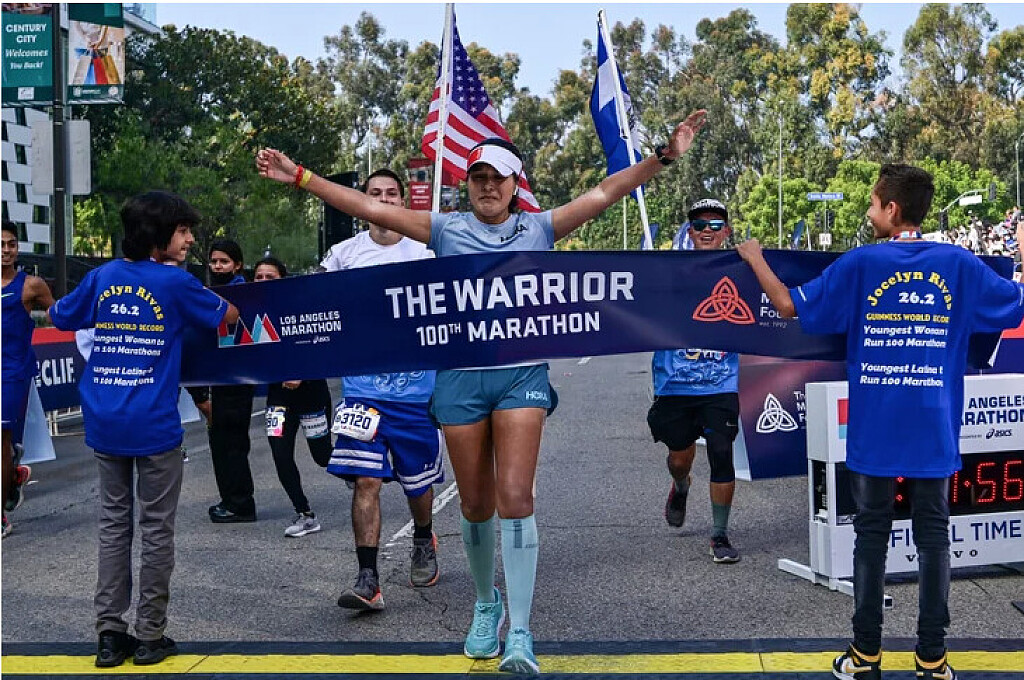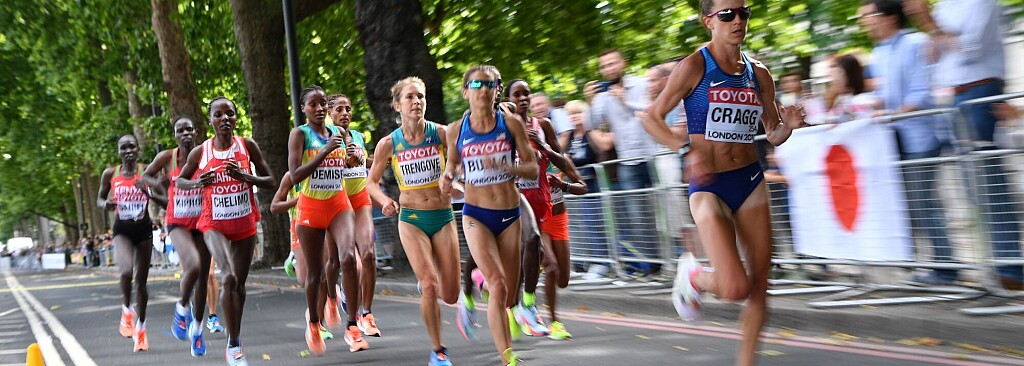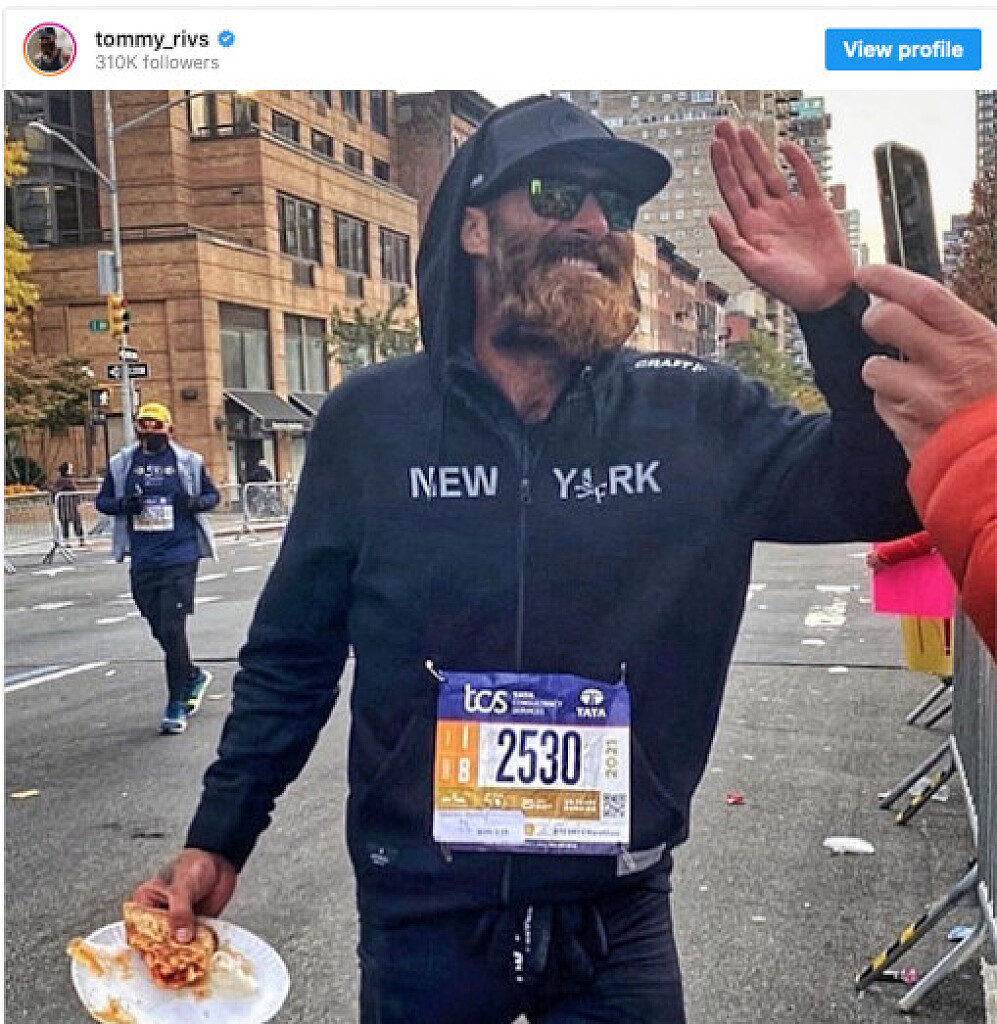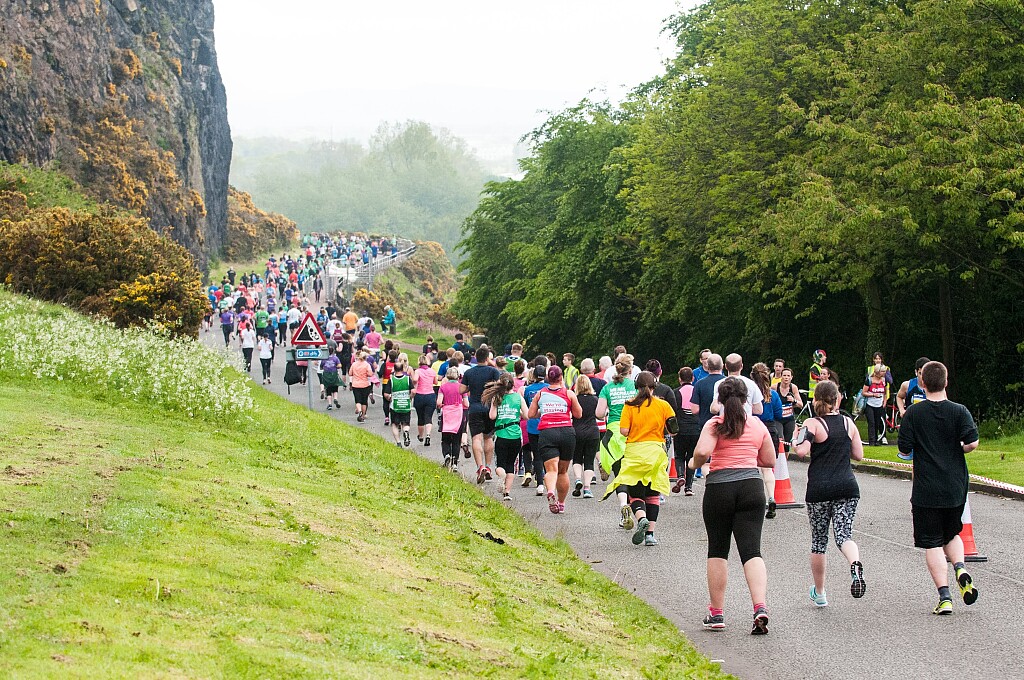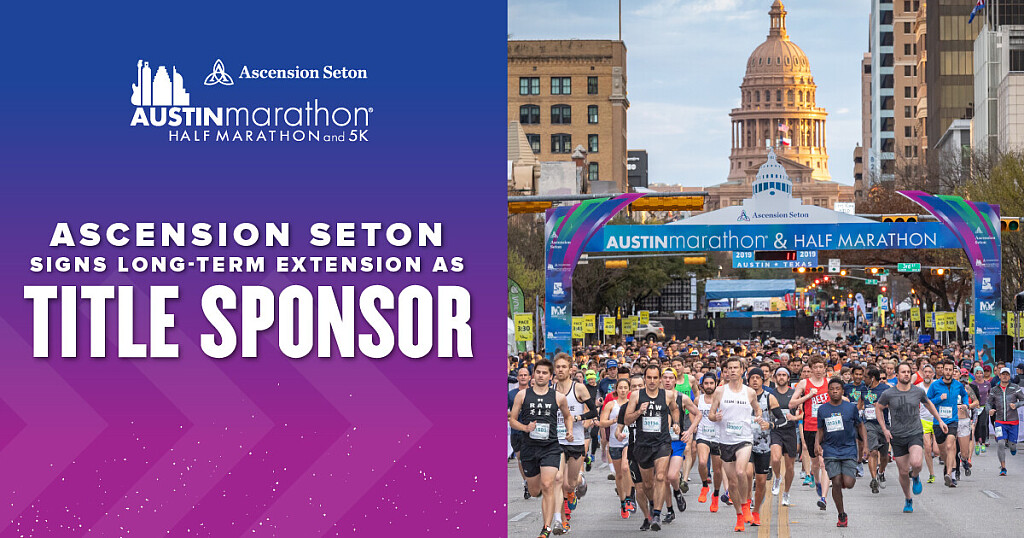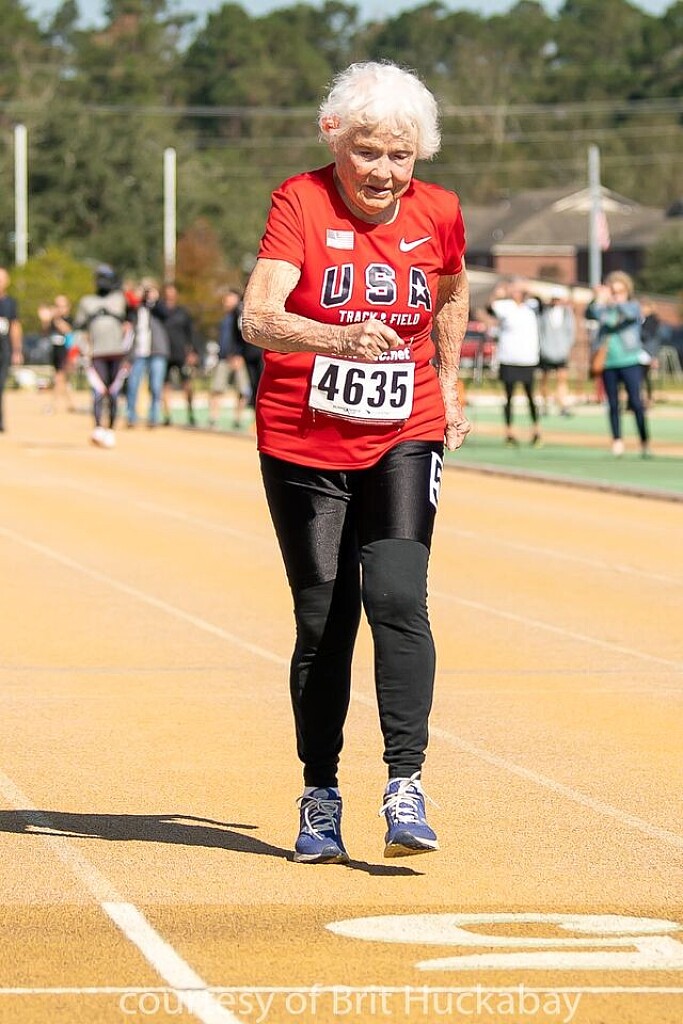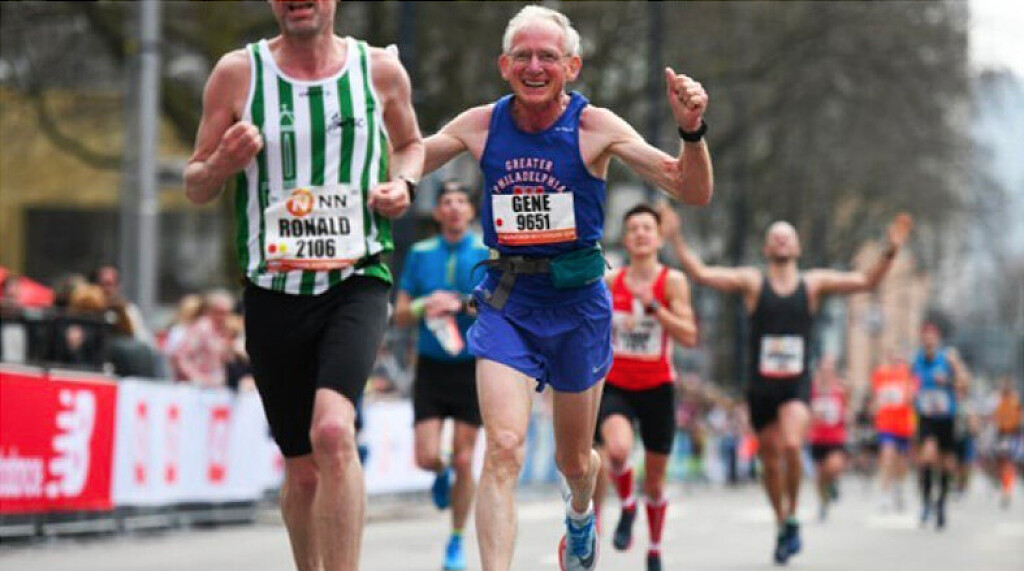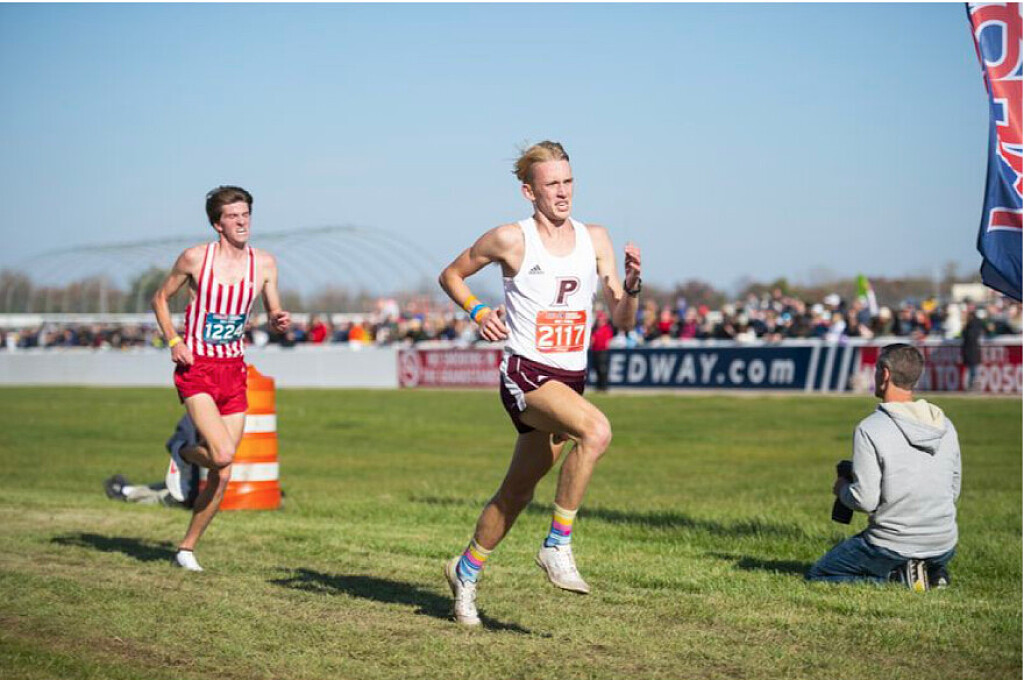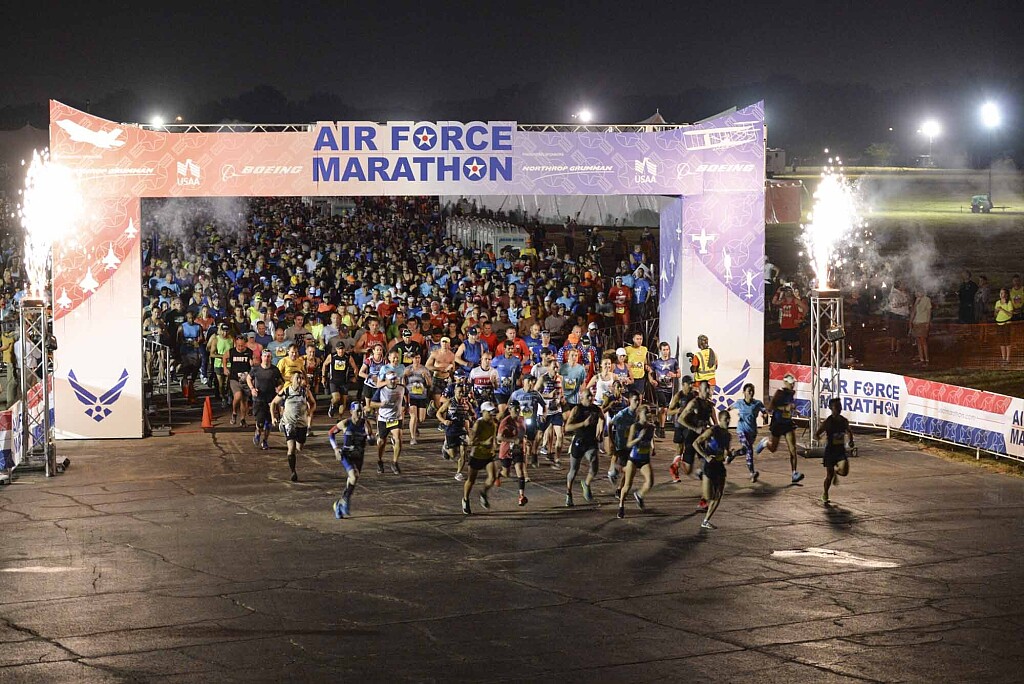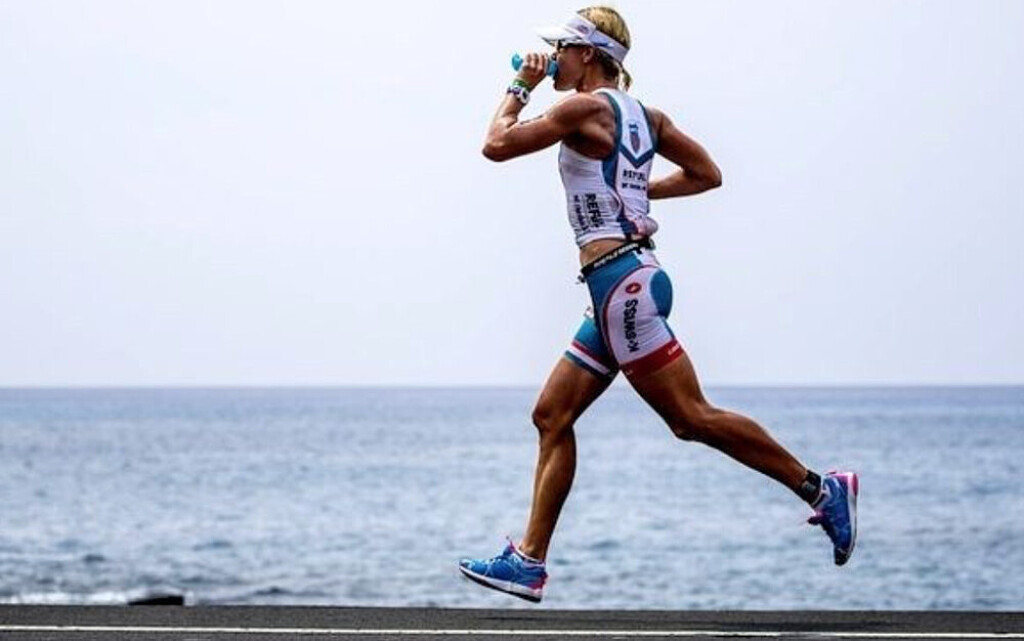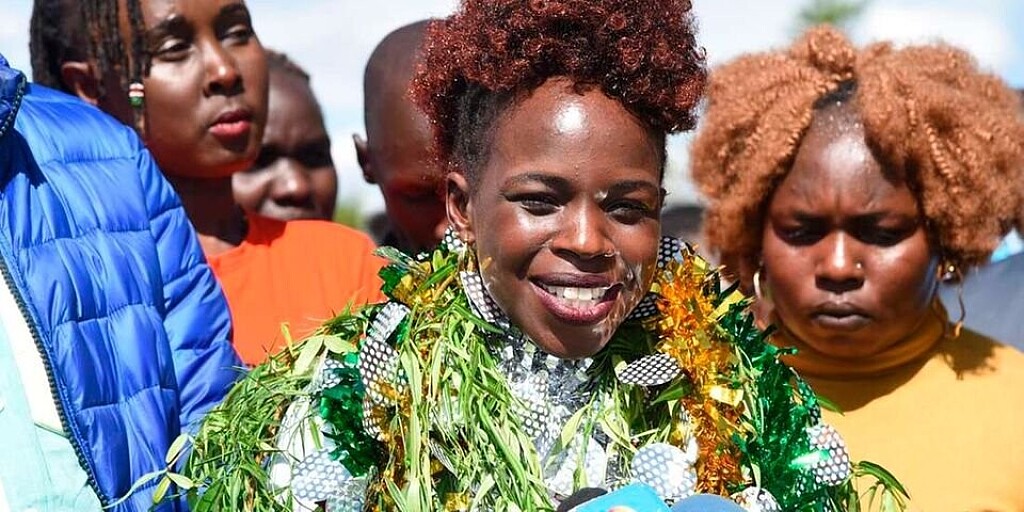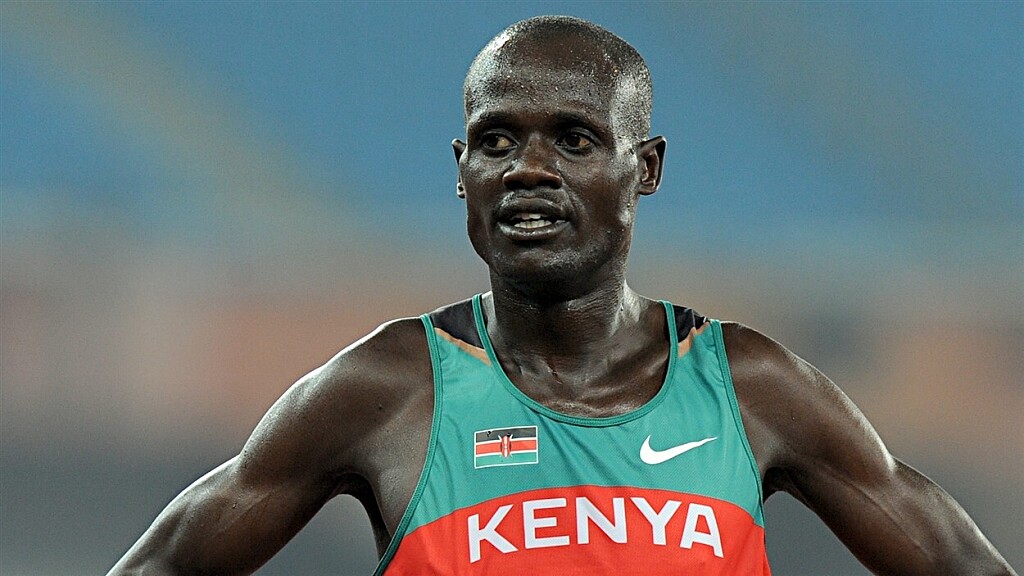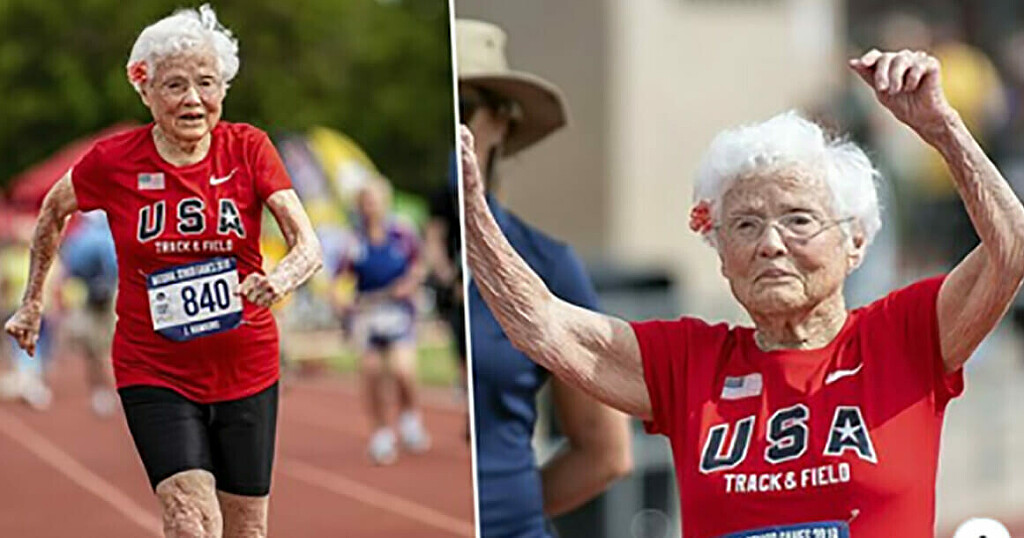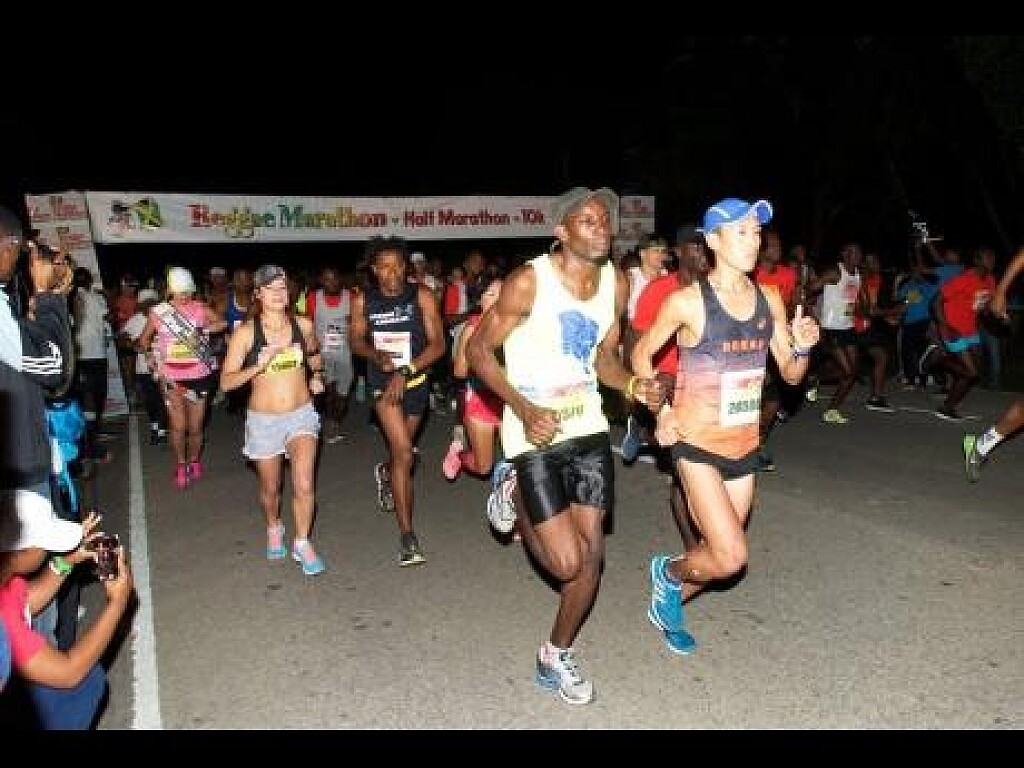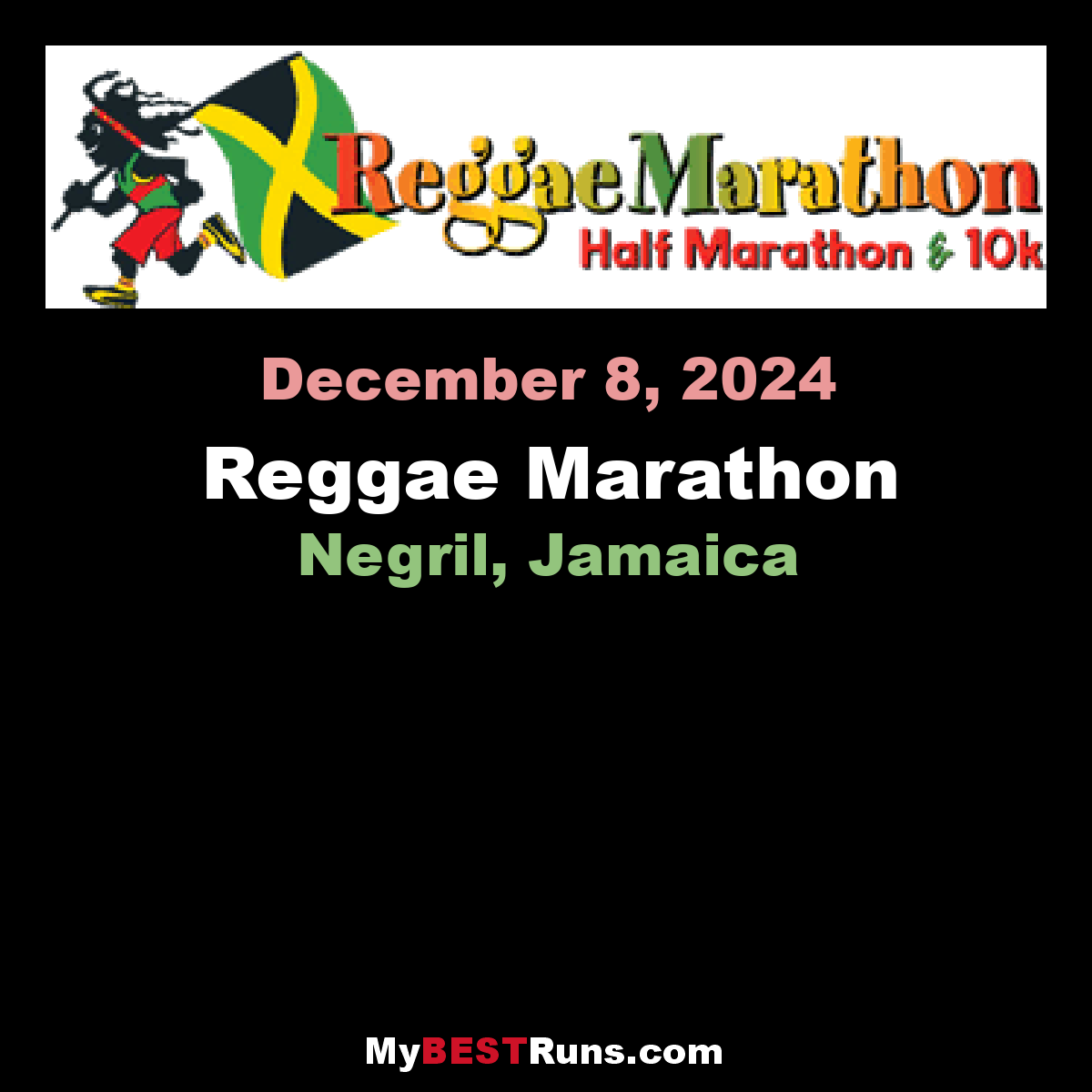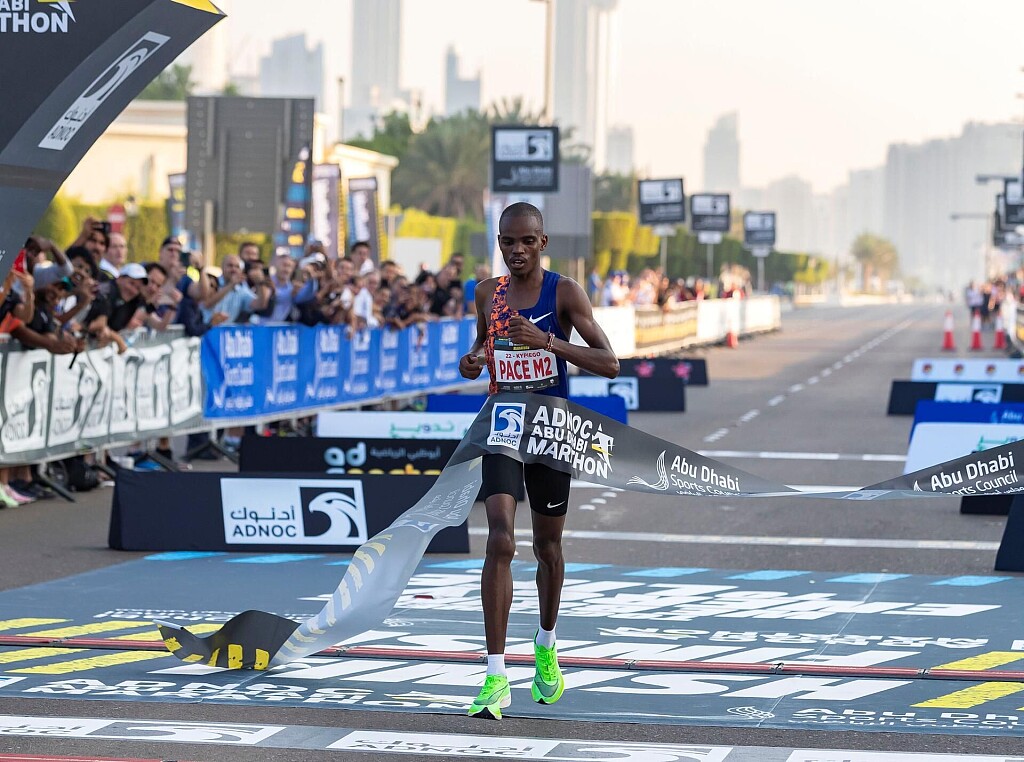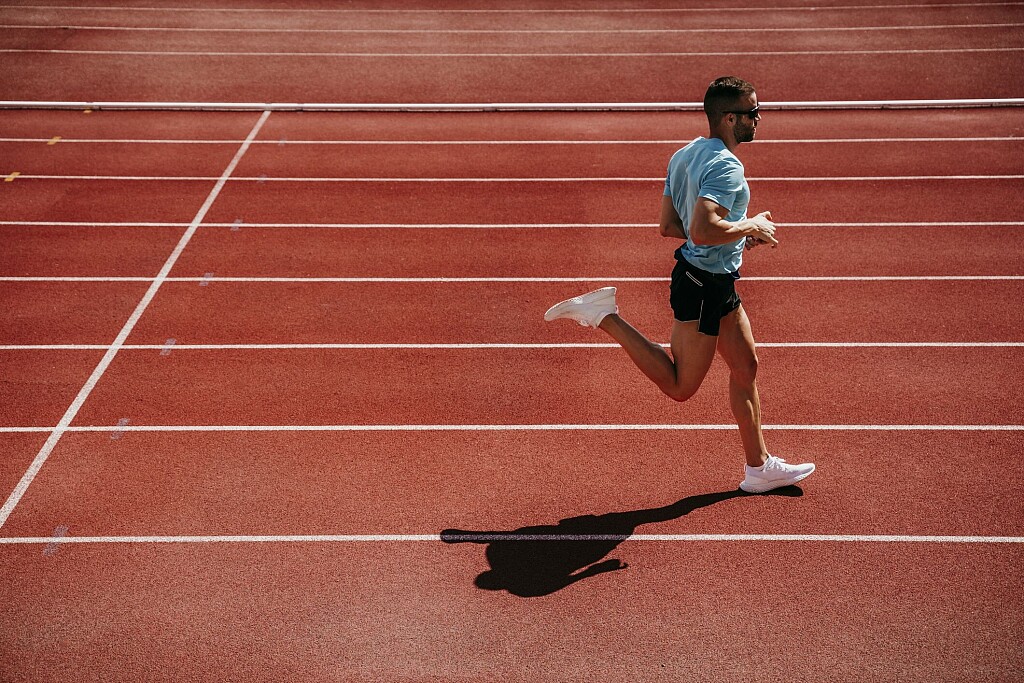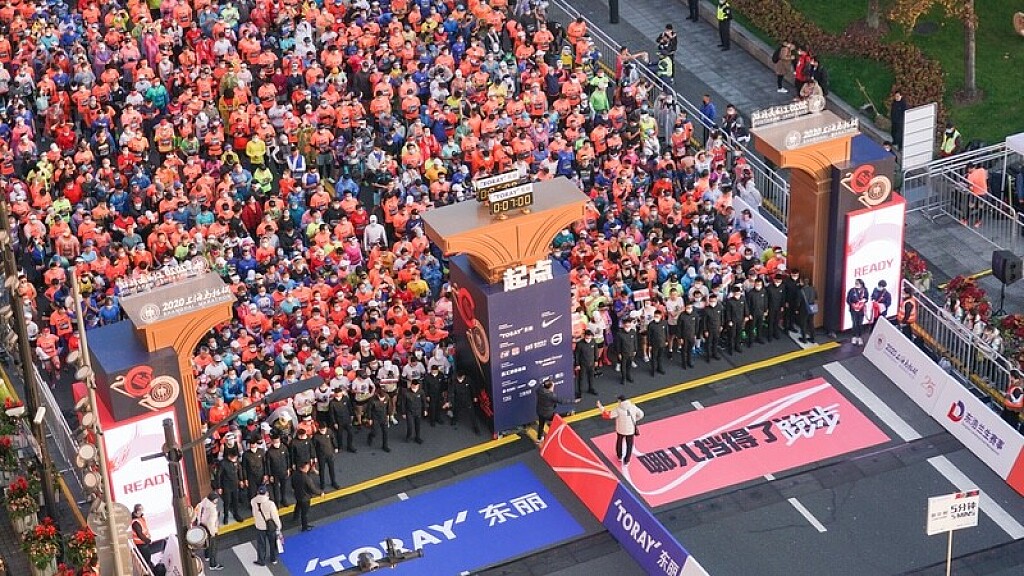Running News Daily
Running News Daily is edited by Bob Anderson in Mountain View, California USA and team in Thika Kenya, La Piedad Mexico, Bend Oregon, Chandler Arizona and Monforte da Beira Portugal. Send your news items to bob@mybestruns.com Advertising opportunities available. Over one million readers and growing. Train the Kenyan Way at KATA Running Retreat Kenya. (Kenyan Athletics Training Academy) in Thika Kenya. Opening in june 2024 KATA Running retreat Portugal. Learn more about Bob Anderson, MBR publisher and KATA director/owner, take a look at A Long Run the movie covering Bob's 50 race challenge.
Index to Daily Posts · Sign Up For Updates · Run The World Feed
Purrier St Pierre and Hocker headline Millrose mile fields
Organisers of the Millrose Games have confirmed that US 1500m champions Elle Purrier St Pierre and Cole Hocker will contest the WHOOP Wanamaker women’s and men’s miles at the World Athletics Indoor Tour Gold meeting in New York on 29 January.
Purrier St Pierre is the second-fastest woman in history for the indoor mile, having clocked a North American record of 4:16.85 at the 2020 Millrose Games. Earlier this year she set a North American indoor record of 9:10.28 for two miles, taking her to third on the world indoor all-time list, and then won at the US Trials in a meeting record of 3:58.05. She went on to place 10th in a high-quality Olympic final in Tokyo.
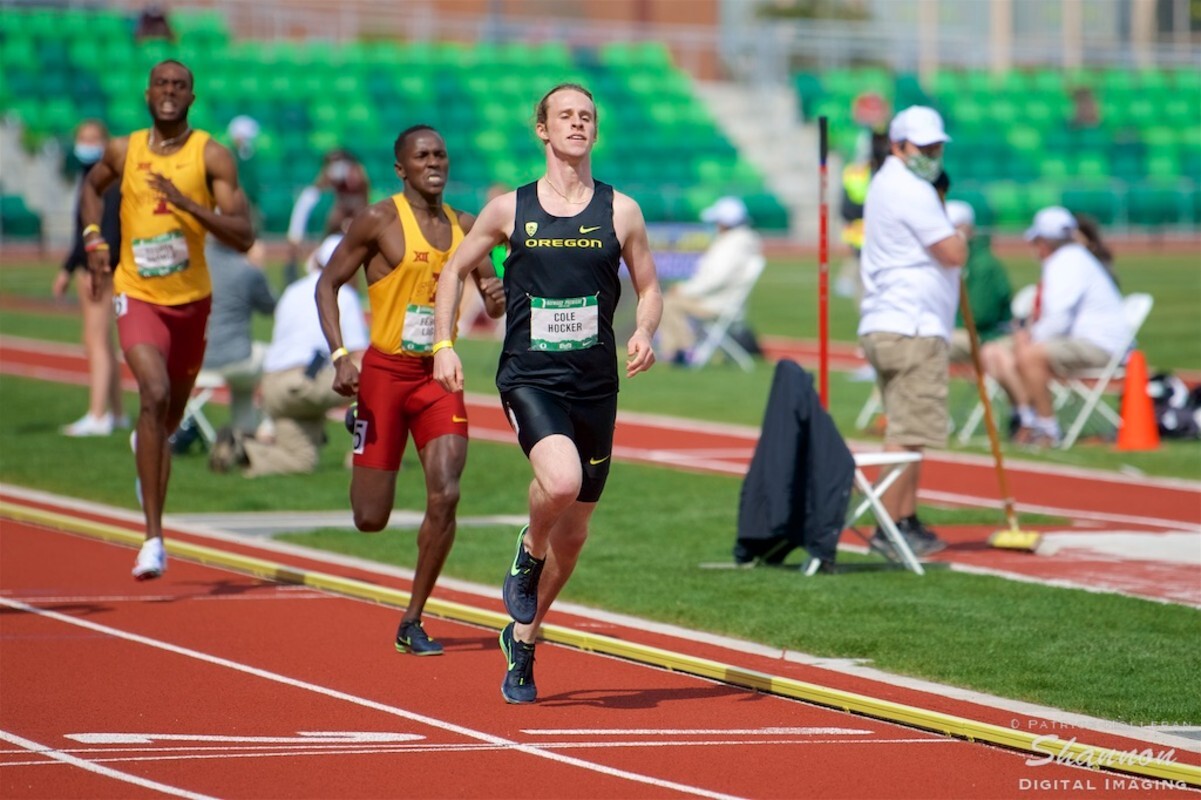
Like Purrier St Pierre, Hocker was also in flying form during the 2021 indoor season. He clocked an indoor mile PB of 3:50.55, moving him to eighth on the world indoor all-time list and making him the fastest teenager in history for the indoor discipline. One month later, he won the mile/3000m double on the same day at the NCAA Indoor Championships. He went on to win the outdoor NCAA 1500m title and the US 1500m title before placing sixth in the Olympic final in a PB of 3:31.40.
(11/21/2021) ⚡AMPby World Athletics
Kiplimo breaks world half marathon record in Lisbon
Uganda’s Jacob Kiplimo broke the world record* at the EDP Lisbon Half Marathon on Sunday (21), clocking 57:31 at the World Athletics Label road race.
The world half marathon champion won by more than two minutes and took one second off the previous world record set by Kenya’s Kibiwott Kandie in Valencia last year.

Kiplimo, who finished third in the 10,000m and fifth in the 5000m at the Tokyo Olympics earlier this year, passed through the first 5km in 13:40, having already dropped the rest of the field.
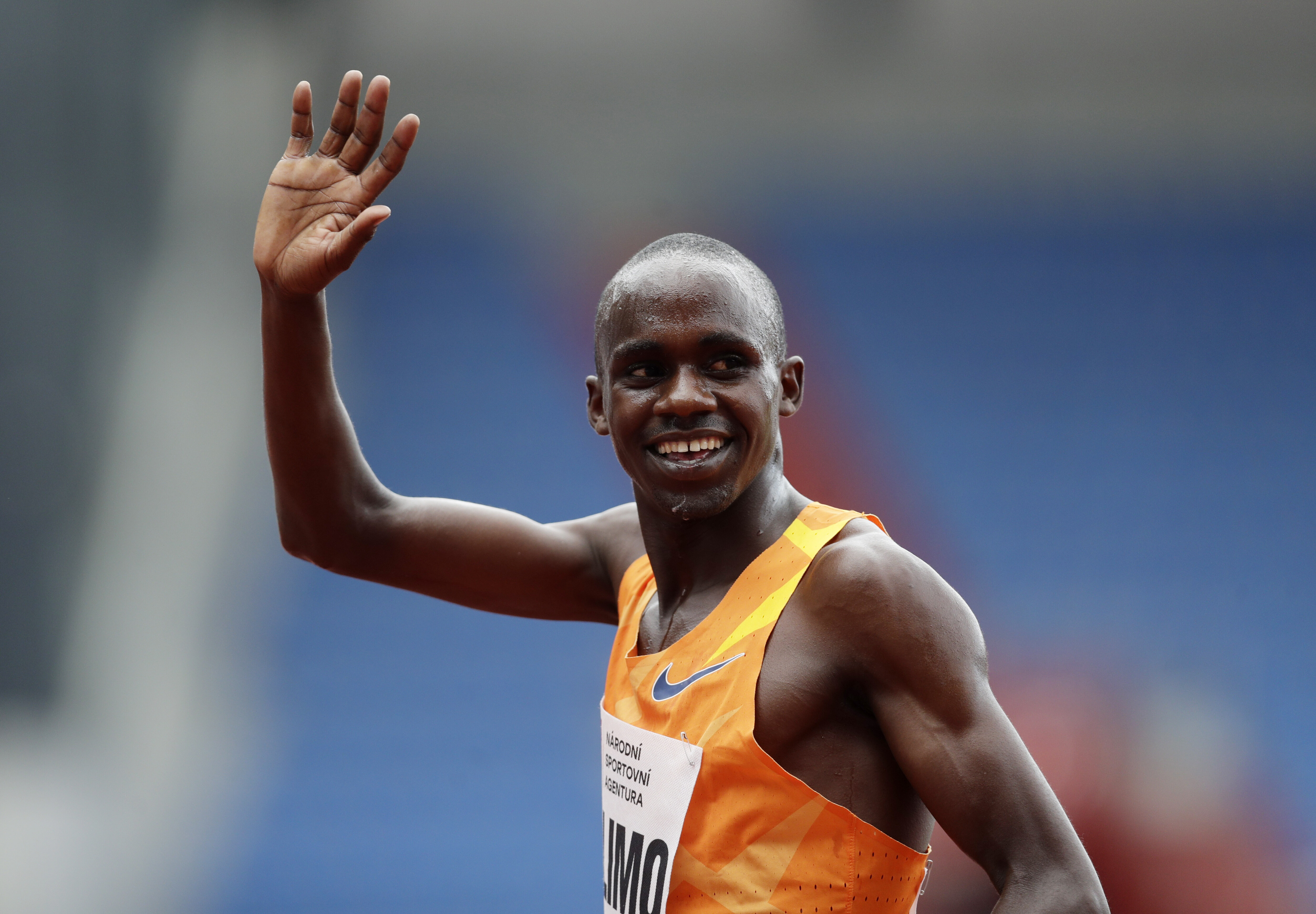
By the time he reached 10km in 27:05, he had a lead of about one minute over the chase pack and was well on schedule to break Kandie’s world record.
Kiplimo passed through 15km in 40:27, the fastest time ever recorded for the distance and indicative of a sub-57-minute finish. With no nearby competitors to work off, Kiplimo’s pace dropped slightly in the closing stages, but he managed to just finish inside the world record, crossing the line in 57:31.
Ethiopia’s Esa Huseyidin Mohamed finished second in 59:39, just ahead of compatriot Gerba Beyata Dibaba, who was given the same time for third place. The top nine men all finished inside 60 minutes.
The women’s race was a close affair as Ethiopia’s Tsehay Gemechu won in 1:06:06 from Kenya’s Daisy Cherotich (1:06:15) and Joyce Chepkemoi (1:06:19).
Leading results
Women1 Tsehay Gemechu (ETH) 1:06:062 Daisy Cherotich (KEN) 1:06:153 Joyce Chepkemoi (KEN) 1:06:194 Hiwot Gebrekidan (ETH) 1:08:005 Vibian Chepkirui (KEN) 1:08:026 Ethlemahu Sintayehu Dessi (ETH) 1:08:167 Yitayish Mekonene Agidew (ETH) 1:08:188 Jess Piasecki (GBR) 1:09:449 Tsige Haileslase Abreha (ETH) 1:10:3110 Debash Kelali Desta (ETH) 1:11:01
Men1 Jacob Kiplimo (UGA) 57:312 Esa Huseyidin Mohamed (ETH) 59:393 Gerba Beyata Dibaba (ETH) 59:394 Hillary Kipkoech (KEN) 59:415 Ibrahim Hassan (DJI) 59:416 Milkesa Mengesha (ETH) 59:487 Antenayehu Dagnachaw (ETH) 59:488 Edmond Kipngetich (KEN) 59:499 Isaac Kipsang (KEN) 59:5210 Solomon Berihu Weldeslassie (ETH) 1:00:00
(11/21/2021) ⚡AMPby World Athletics
EDP HALF MARATHON OF LISBON
EDP Lisbon Half Marathonis an annual internationalhalf marathoncompetition which is contested every March inLisbon,Portugal. It carries World Athletics Gold Label Road Racestatus. The men's course record of 57:31 was set byJacob Kiplimoin 2021, which was the world record at the time. Kenyanrunners have been very successful in the competition, accounting for over half of the total winners, withTegla Loroupetaking the...
more...The United Airlines NYC Half will be held March 20, 2022 after being cancelled in 2020 and not held in 2021 due to the pandemic
New York Road Runners (NYRR) has announced the return of the United Airlines NYC Half on March 20, 2022, after being cancelled in 2020 and not held in 2021 due to the pandemic.
Next year’s race will get back at full scale with an expected field of 25,000 runners – marking the first NYRR race to return to its traditional field size. The event is one of the organization’s signature races taking a 13.1-mile run from Brooklyn to Manhattan.
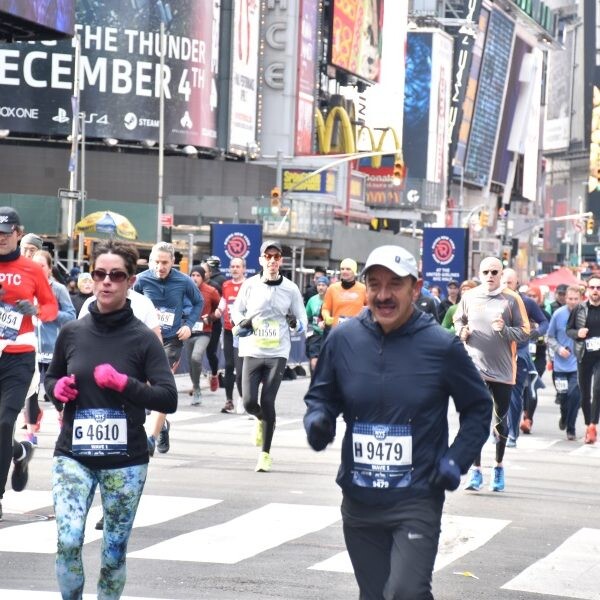
“In early March 2020, the United Airlines NYC Half was one of the first mass sporting events to be cancelled during the onset of the pandemic,” said Kerin Hempel, CEO, NYRR.
“We are extremely excited for the glorious return of this popular race. It will be reflective of our city’s vigour and serve as a defining moment as we bring our races back to full scale.”
The course showcases New York City’s historic landmarks, popular parks, views from the Manhattan Bridge, and diverse neighbourhoods. Starting at Prospect Park in Brooklyn the race passes Grand Army Plaza, the United Nations, Grand Central Terminal, and Times Square, before ending near the TCS New York City Marathon finish line in Central Park.
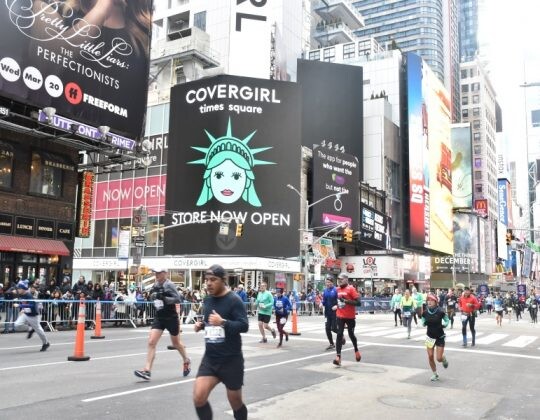
Additionally, the race will host hundreds of children taking part in the Rising New York Road Runners youth event featuring a 1,500m out-and-back course on Seventh Avenue in Times Square.
The 2022 United Airlines NYC Half field will consist of both guaranteed and non-guaranteed entrants. Runners can receive guaranteed entry through a variety of methods, e.g., for NYRR members who complete four qualifying events in 2022 and have an active membership by the last qualifying event.
Non-guaranteed applicants can register for a chance to run through the entry drawing. The application period for all guaranteed entrants and the entry drawing for non-guaranteed entrants opened at 13:00 EST on November 18 and closes at 23:59 EST on December 1.
The drawing for non-guaranteed applicants will take place on December 8, and runners will be notified of their entry status.
(11/20/2021) ⚡AMPUnited Airlines NYC Half-Marathon
The United Airlines NYC Half takes runners from around the city and the globe on a 13.1-mile tour of NYC. Led by a talent-packed roster of American and international elites, runners will stop traffic in the Big Apple this March! Runners will begin their journey on Prospect Park’s Center Drive before taking the race onto Brooklyn’s streets. For the third...
more...Three hip abductor exercises to prevent injuries
Your hips play an important role in your running mechanics, and runners with weak hips are at a higher risk for several injuries, including IT band syndrome, hamstring tendinopathy, achilles tendinopathy, plantar fasciitis and patellofemoral pain syndrome (a.k.a. runner’s knee).
These four exercises target the hip abductors to improve your running mechanics so you can run faster and farther without getting injured.
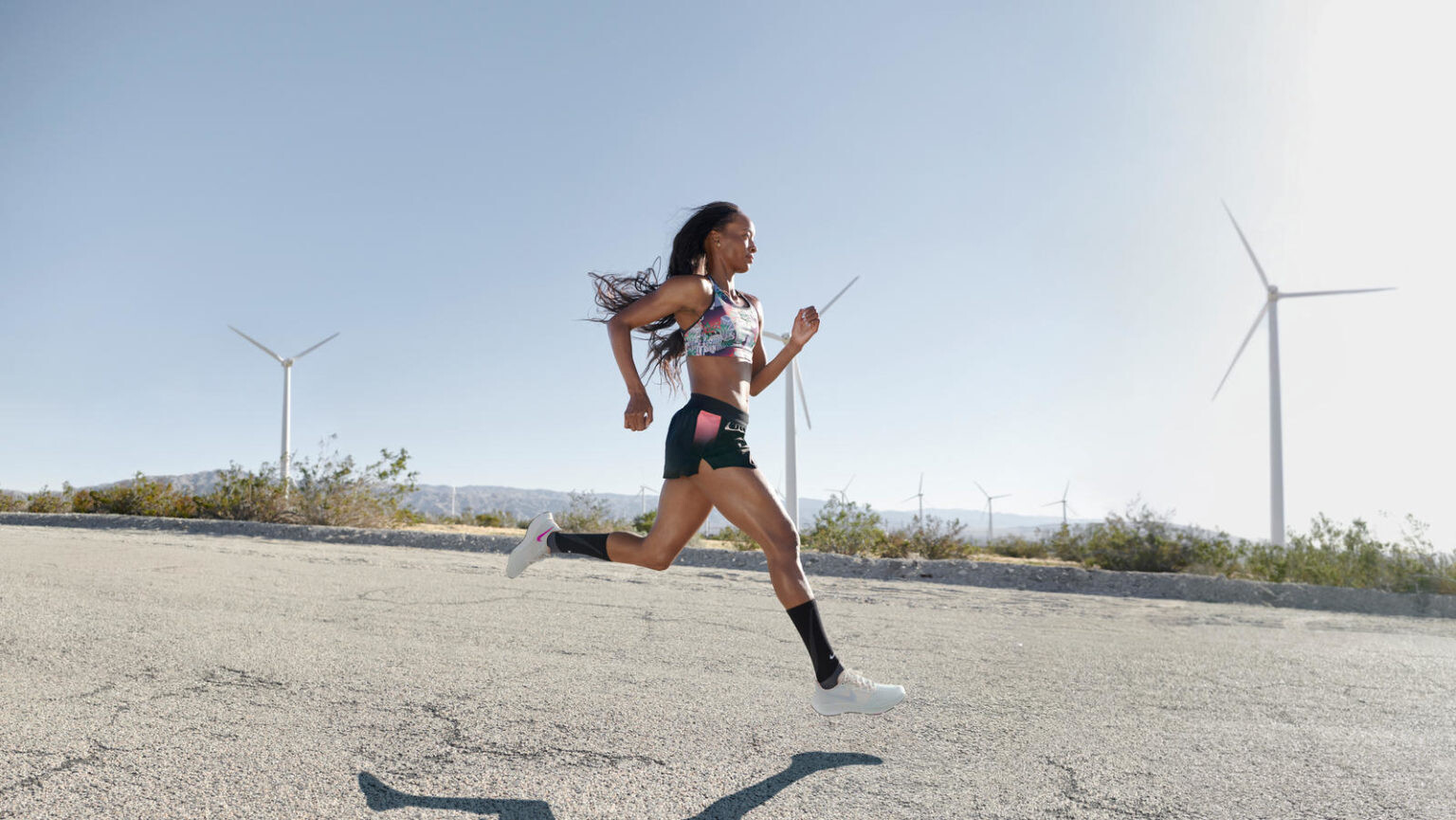
What do your hip abductors do?
The primary hip abductor muscles are your gluteus medius, gluteus minimus and tensor fasciae latae. These three small muscles are responsible for lifting your leg to the side of the body. When you’re running, the abductor muscles on your stance leg are responsible for lifting up the non-stance side of the hip without allowing your hip to drop significantly to one side. These muscles are easy to overlook, and runners often ignore them until they have an injury. By incorporating the following exercises into your regular routine, you can take care of many common runner injuries before they happen, so you have no interruptions in training.
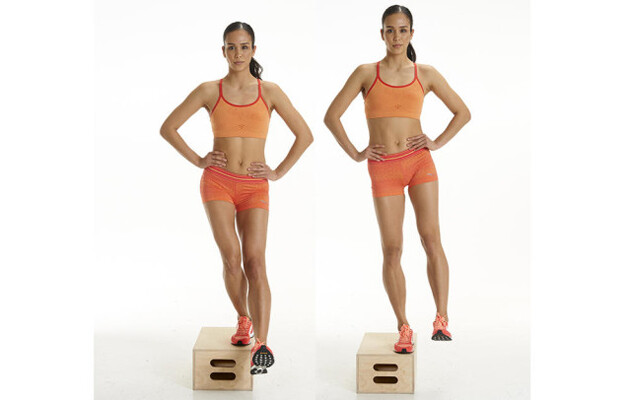
Side plank with hip hike
This exercise targets your abs, shoulders and hip abductors. The key to doing these correctly is to ensure your legs are in line with your trunk, and not migrating forward, which will miss your abductor muscles. If doing these from your feet is too hard at first, do them from your knees, bending them at 90 degrees and making sure you can draw a straight line from your knees to your head. Aim for 10-20 repetitions.
Standing hip hike
This exercise targets your gluteus medius. Stand on a low step, with one foot suspended in the air. Slowly drop your hip so your foot is reaching for the floor, then hike that hip up into the air. Your opposite leg should stay straight the entire time. Aim for 10-20 repetitions.
Offset walking lunge
Holding a weight in one hand, keep your core tight as your perform regular walking lunges, trying not to lean to the side where you’re holding the weight. The hip abductors are worked the most when the weight is opposite to the lunging leg. Do 10-15 reps with the weight in one hand, then switch hands and do 10-15 more.
(11/20/2021) ⚡AMPby Brittany Hambleton
Why Running Doesn’t Suck
MY JOURNEY to loving running was a tortuous one. It began at my small high school in Portland, Oregon, where the cross-country coach, often too short on athletes to field a competitive team, would poach members of the soccer team for important races. During my junior year, I was one of those reluctant recruits, and over the course of a half-dozen races I learned two lessons. The first was that I was reasonably fast but would never be a podium threat. The second? That running sucks.
I realize that statement doesn’t exactly square with the headline of this essay, but bear with me. After 25 years of lacing up my foam-cushioned shoes and heading out the door nearly every morning, I think I’ve collected a decent amount of wisdom about the sport, the most important of which is that you can’t skip over the part of running that sucks. You can learn to move through the discomfort of pushing yourself physically and the boredom of traveling the same neighborhood route for the 50th time, but on some level, on most days, there are long stretches during which even a slow jog can feel more like work than play. This is especially true when you’re just starting out, and it’s why a lot of people give up—or never fully commit in the first place. Who wants to subject themselves to that kind of suffering?

It’s a fair question, but with an undeniable answer: A lot of us. There are 55.9 million runners in the U.S. alone, according to market-data firm Statista. You see us on the streets every morning during your commute, and you should definitely join us. Ask a hundred runners why they’re out there and you’ll get close to a hundred different reasons. Motivation is a very personal thing. But there are a few common themes that keep people in the game, despite the suckitude.
Running is the key to unlocking a life of adventure. The fitness base it builds translates to nearly every outdoor sport, from hiking to climbing to surfing. If you can run, almost everything else is easier.
Running has essentially no barriers to entry. There isn’t any expensive gear required. You can run in a cheap pair of Chuck Taylors and jorts. Or go barefoot if you like. No one in the running community cares if you’re wearing a simple cotton T-shirt or a $95 moisture-wicking performance top.
Even if you think you’re not a runner, you are. Maybe it’s been years, but you almost certainly know how to run. If you’re looking to start out, just run 100 yards down your block. Slowly. If that’s when it begins to suck, that’s OK. Walk for the rest of your “run.” Tomorrow try 150 yards. Congratulations—you’re now a runner. You don’t have to bag a marathon to call yourself that.
A good soul-cleansing run is accessible anywhere, at any time. Your running shoes won’t get a flat tire. Your daily run doesn’t depend on fresh snow or good surf. You can run when it’s zero degrees and when it’s 100 degrees. And you can set out from any front door—whether that’s your house or the hotel you’re staying at in Midtown Manhattan.
Those are the practical reasons to take up running. But here’s the truth: most of us, including me, learned to love running because it’s a drug. The so-called runner’s high—a shot of endocannabinoids that kicks in after 30 minutes or so—is real. It’s also free and healthy for everyone. String together a few runs and you’ll probably feel it. String together a few weeks’ worth and it will start to alter your brain chemistry. I know this because on the days I run, I have less anxiety, think through problems clearly, and remain unflappably optimistic. On the days I don’t run? Best to keep your distance. That’s what really motivates me to run every day, and why I think everyone else should, too. It’s why I can tell you that while there are things about running that will always suck, they don't really matter—that pushing through the suffering to achieve a goal, whether two miles or 26.2, is worth it. Because running will change your life.
(11/20/2021) ⚡AMPJudy Sheppard took up running in her seventies – and has even completed an ultramarathon
AS FAR AS 76th birthday presents go, an entry into a 50K ultramarathon is fairly unconventional. But that’s exactly what Judy Sheppard, now 78, received from her daughter Liz Sheppard. More remarkably, she completed it and, at the time of writing, was preparing to run the London Marathon having achieved a Good For Age (GFA) place.
Liz has form with this kind of thing, having encouraged her mum to join her on a half marathon in Cyprus back in 2016. Judy, 72 at the time and with no previous running experience, didn’t think that she would be up to it but decided to find out. She was – and she’s been running ever since.
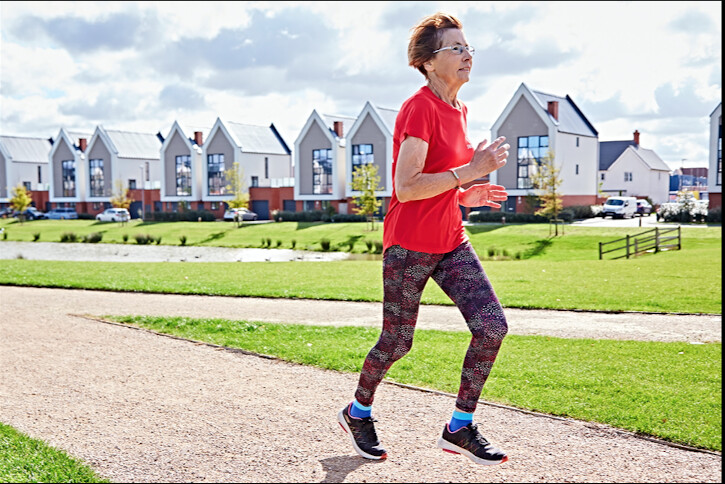
‘I got addicted to it,’ she says. ‘After a race, I get such a sense of achievement that I’ve done it at my age. And because there aren’t many runners in my age group, I’ve won a lot of trophies. It gives me a buzz to know I can do it.’
Speaking about the previously mentioned birthday present, Race to the Stones, Judy says: ‘The first 20 miles went quite well, but then it all went downhill. I felt a bit tired and sick, but I did at least finish it.’ A pretty standard ultramarathon experience, then, albeit infinitely more impressive given her age.
So what’s the secret to Judy’s current remarkable running success? ‘Most people are winding down in their seventies, but I’ve always been energetic as I have to take the dogs walking,’ she says. Alas, it seems that her four-legged friends do not make for the best running companions. ‘There’s no way I would run with them as they’d be dragging me into the bushes!’
She’s keen to encourage more septuagenarians to take up running, too, and believes that you’re never too old to get active. ‘Just go for it,’ she says. ‘I honestly didn’t think I’d be any good at running. If anybody in their seventies wants to run but thinks that they can’t do it, well, they can. Because if I can do it, anybody can.’
To date, Judy has run three marathons and an ultramarathon, all accompanied by her daughter, who says that running has helped bring them even closer together. ‘It’s given us a real bond,’ says Liz. ‘I think it’s amazing what she’s doing. You don’t get a lot of runners doing marathons and beyond in their late seventies. Mum is so determined. Once she fell over at the start of the race but got back up and made it to the finish. I think she is a real inspiration to older runners.’
Along with her new collection of finisher’s medals, Judy has also found a ready-made group of friends, many of whom are part of the Slinn Allstars, the running group she joined in 2017. ‘They’re fantastic and very inclusive,’ says Judy. ‘I never imagined I’d get the support I’m getting. I have a top with my name on it when I’m racing and have found a lot of people cheering me on.’
Like many others, Judy had to make do without any crowd support for the past 18 months as Covid kiboshed all big city races. Having secured a GFA place for London back in 2018, she had to requalify last year for the virtual London Marathon. ‘I scraped it!’ she says. ‘It was absolutely tipping down all day. The GFA time for women of my age was 6:15, and I think I ran 6:14.’
Liz’s London Marathon journey hasn’t been quite so lucky, though. Having secured a charity place for this year’s event, she had planned to run with her mum, but a badly sprained ankle put paid to that. ‘I’d hoped it would have healed by now, but there’s been very little progress,’ she says. ‘It’ll be my mum’s first big race without me. I feel bad, but I also know that she’ll have a great adventure.’
This may, however, be the end of their mother-daughter marathon running. ‘I think London will be my last marathon,’ says Judy. ‘I’ve heard it’s so well supported – the atmosphere and everything – so it’s something I wanted to experience, but I’ll concentrate on 10Ks and half marathons after this.’
Liz isn’t convinced by this retirement talk, though. ‘No way! She says that, but I know what she’s like. She’ll definitely do it again.’
It would make for quite an 80th birthday present, after all.
(11/20/2021) ⚡AMPNew and familiar faces vie for JFK 50-Mile Titles This Weekend
This weekend's JFK 50-Mile in Hagerstown, Maryland, will see Thanksgiving-like temperatures between the 20s and 40s, in keeping with many past editions of the race. But that's where the similarities between the 2021 JFK and previous races end.
Over 1,000 athletes will descend upon Hagerstown on Saturday with every possibility that a new champion will be crowned in both the men's and women's races.
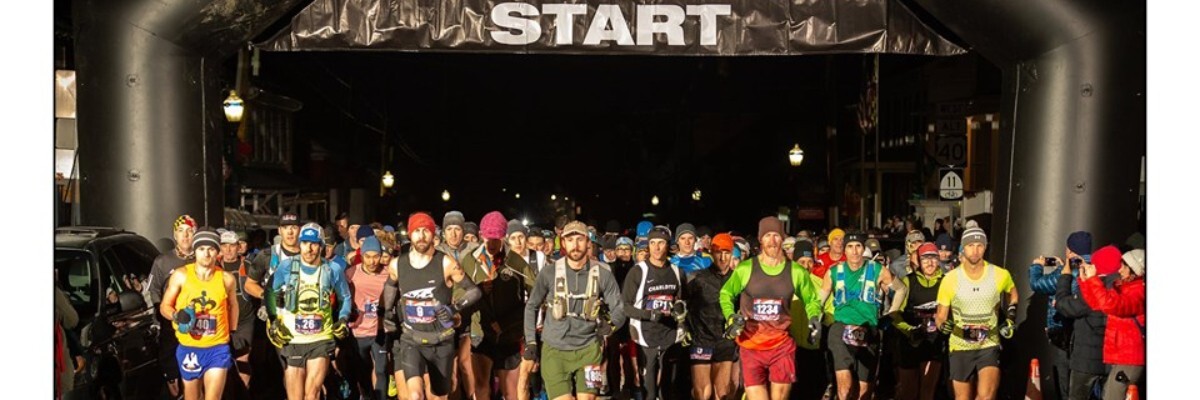
On the men's side, the most recent champion to return to JFK is David Riddle, who won in 2011. It might be 10 years since his victory, but he's fresh off a win at the Super Bull Trail Championships 50K in Wooster, Ohio and has won Alabama's Mountain Mist 50K a whopping nine times, most recently this January.
JFK has a brand-new course record set last year by Hayden Hawks (a blistering 5:18:40), and a stacked field of lesser-known names will see how close they can come. Ultra newcomer Adam Peterman, who was second at this year's Pike's Peak Marathon and won the Speedgoat 50K in July, will look to make his mark on the men's field. The top returner is Anthony Kunkel, who was fourth last year. Other names to watch include Ben Quatromoni, who won the Kilkenny Ridge 50-miler in September and the Algonquin 50K in February; Jared Bassett, who won the Rogue Gorge 50K in October; and Sean Van Horn, fresh off a second-place finish at the Grand Traverse 40-miler and third at the 2020 Javelina Jundred 100-mile.
But it's on the women's side where things get really interesting. Like the men, the women have only one of the past two decades' champions returning in the form of Devon Yanko, who claimed the crown in 2009. Yanko is also one of nine women in the field to have raced in the U.S. Olympic Marathon Trials back in February 2020. Others from that road marathon include Sarah Cummings, Anna Kacius, Sarah Biehl, Starla Garcia, Jeanne Mack, Rachel Viger, Karen Dunn and Caitlyn Tateishi.
nna Mae Flynn will make her JFK debut this year. The 2019 champ at both the Speedgoat 50K and the Lake Sonoma 50-Mile will be one of a slew of athletes chasing Ellie Greenwood's course record from 2012 of 6:12:00. Also watch for Kimber Mattox and Kristina Randrup. Mattox won the 15-mile Smith Rock Ascent in Oregon in May (where she was 5th outright) as well as the 2020 Way Too Cool 50K. Randrup won the American River 50 Mile in California in May by nearly an hour, and was third at the Lake Sonoma 50 Mile in September.
And the stories at JFK won't end with those vying for the win. Watch for Carolyn Showalter, who will be looking to extend her record of 34 JFK finishes. The 67-year-old also holds two other JFK records: she's tied for most wins by a woman with six AND most consecutive finishes with 22, a streak she held from 1982-2003.
No matter what, one thing is for sure: this year's JFK will be one of a kind.
(11/20/2021) ⚡AMPCamille Herron breaks course record at Javelina Jundred 100-miler
The 19th annual Javelina Jundred took place this weekend in Arizona’s McDowell Mountain Regional Park, and Camille Herron won the women’s race and placed fourth overall, setting a new course record in the process of 14:03:23. Arlen Glick of Ohio won the men’s race in 13:14:51, his ninth win at the 100-mile distance since his first one in 2018.
The 100-mile course is made up of five loops run on the Shallmo, Pemberton and Cinch trails and features rolling single track through the Sonoran Desert. There is also a 100 km event in which runners complete three loops, as well as a single loop race, called the Jackass 31K. Each loop climbs slowly from the start to the finish, for a total elevation gain of about 1,580 feet (457m) for each loop.
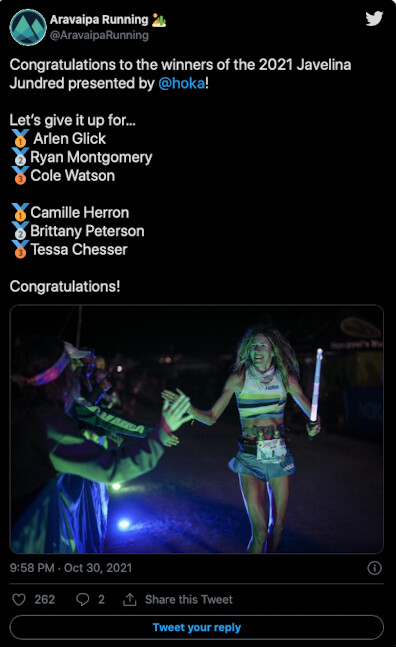
Herron set a strong pace right from the start line and didn’t let up for the entire race, creating a nearly 10-minute lead by the 22-mile mark. She crossed the finish line fourth overall, more than 90 minutes ahead of the next-best woman, in 14:03:23. This time smashes the previous course record of 14:52:14, set by Devon Yanko in 2015. Idaho’s Brittany Peterson, who was the fourth woman at Western States in June, managed to stay within 30 minutes of Herron for more than half of the race, but was not able to keep up that pace all the way to the finish, taking second place and eighth overall in 15:47:23. Tessa Chesser of Arizona rounded out the women’s podium in 10th overall in 16:25:05.
(11/20/2021) ⚡AMPby Running Magazine
Woman sets Guinness World Record for running the most consecutive marathons
When lockdown began in March 2020, Alyssa Clark, an ultrarunner from Burlington, Vt., was living in Italy, where everyone was directed to stay inside. She hopped on her treadmill and decided to run a marathon every day until the lockdown was supposed to end — a period she thought would be only two weeks. Fast-forward more than three months, and the 28-year-old ended up logging a total of 95 consecutive marathons before, ironically, the COVID-19 virus forced her to stop.
March 31 was Clark’s first marathon of the challenge, and she wasn’t able to move her runs outside until the beginning of May. She had already completed 25 consecutive marathons when she learned the Guinness World Record for women was 60 marathons in 60 days, so she decided she could surpass that mark. She set her sights on 75 marathons in 75 days, which she accomplished on June 13.
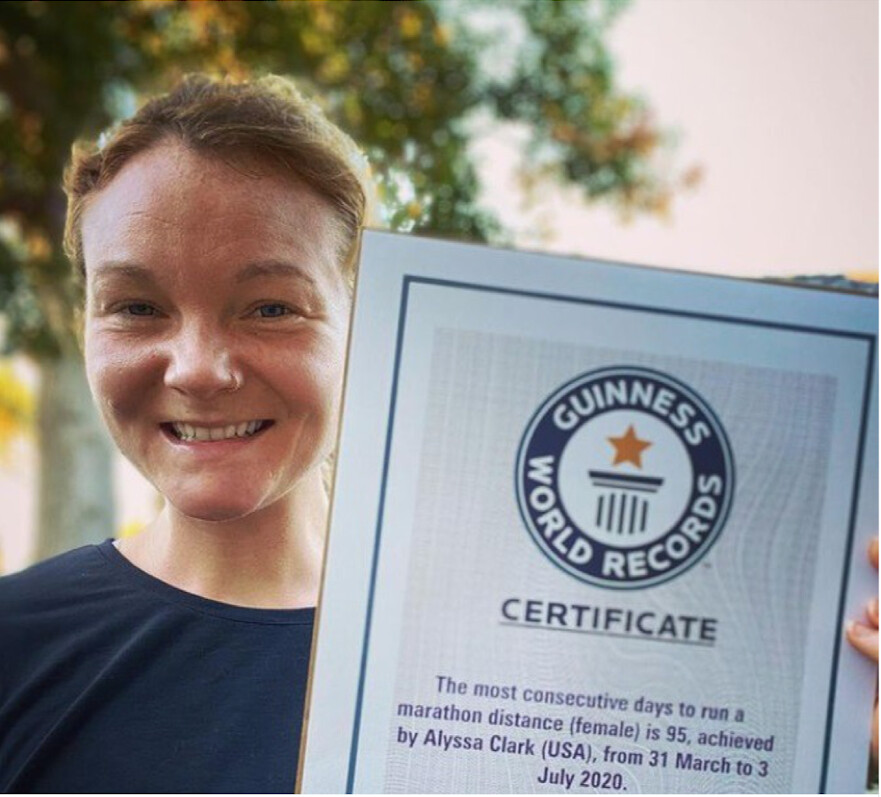
Canadian Running caught up with Clark last June, when she was 64 marathons into her journey. At that time, the marathons had begun to take their toll. “This started out being really fun, and it’s getting less fun now,” she said to us.
Despite this, she continued lacing up her shoes every day for another 31 days. Clark completed most of her marathons in about four hours, sometimes faster when she was feeling good, sometimes slower if the weather was bad. During that time, she and her husband moved from Italy to Panama City Beach, Florida.
Eventually, she decided to set her sights on 100 marathons in 100 days. In early July, however, Clark noticed the marathons had gotten significantly more difficult, but she wasn’t sure why. She had begun experiencing tightness in her chest while she was running, and doctors diagnosed her with an upper respiratory infection. Finally, on July 4, after 2,489 miles, 95 marathons and 95 days, Clark decided the best decision for her health was to call it quits. Two weeks later, it was confirmed that she and her husband had contracted the COVID-19 virus.
Being only five marathons away from hitting 100, Clark was disappointed to have to stop, but was thankful she was able to continue as long as she did. “Marathons at 100 degrees. Marathons in the middle of the night. Marathons on treadmills alone. Marathons with the best friends and company of which I could ask. Thousands of messages of love and support. A journey I will remember forever,” she wrote on her Instagram page.
Finally, more than a year after she completed her last marathon, Clark had her world record ratified by Guinness, and her name is officially in the books as the one to beat. In an interview with CNN, she said she’s not looking to break another world record because of the lengthy, tedious process required to have the first one ratified, but that doesn’t mean she doesn’t have more goals on the horizon. Up next, she will attempt to set a new FKT on the Pinhoti Trail, which stretches 335 miles from Alabama to Georgia.
(11/20/2021) ⚡AMPby Running Magazine
A former athletics coach John Lees has been handed a lifetime ban from the sport for misconduct towards athletes
John Lees, who coached athletes who represented Great Britain at senior level, appealed against a five-year sanction issued in February.
But an independent appeal committee, chaired by Jane Mulcahy QC, found him guilty of five charges relating to his misconduct towards athletes.
An additional two charges were admitted by Lees, who was based in Edinburgh.

The panel concluded: "We are left with the view that [Lees] habitually behaved inappropriately, had disregard for the rules and, as we have already noted, had no idea of boundaries."
Scottish cross-country champion Mhairi Maclennan was one of the athletes to testify against Lees.
Waiving her right to anonymity, she said: "For me, today marks what I hope to be the end of a very long journey.
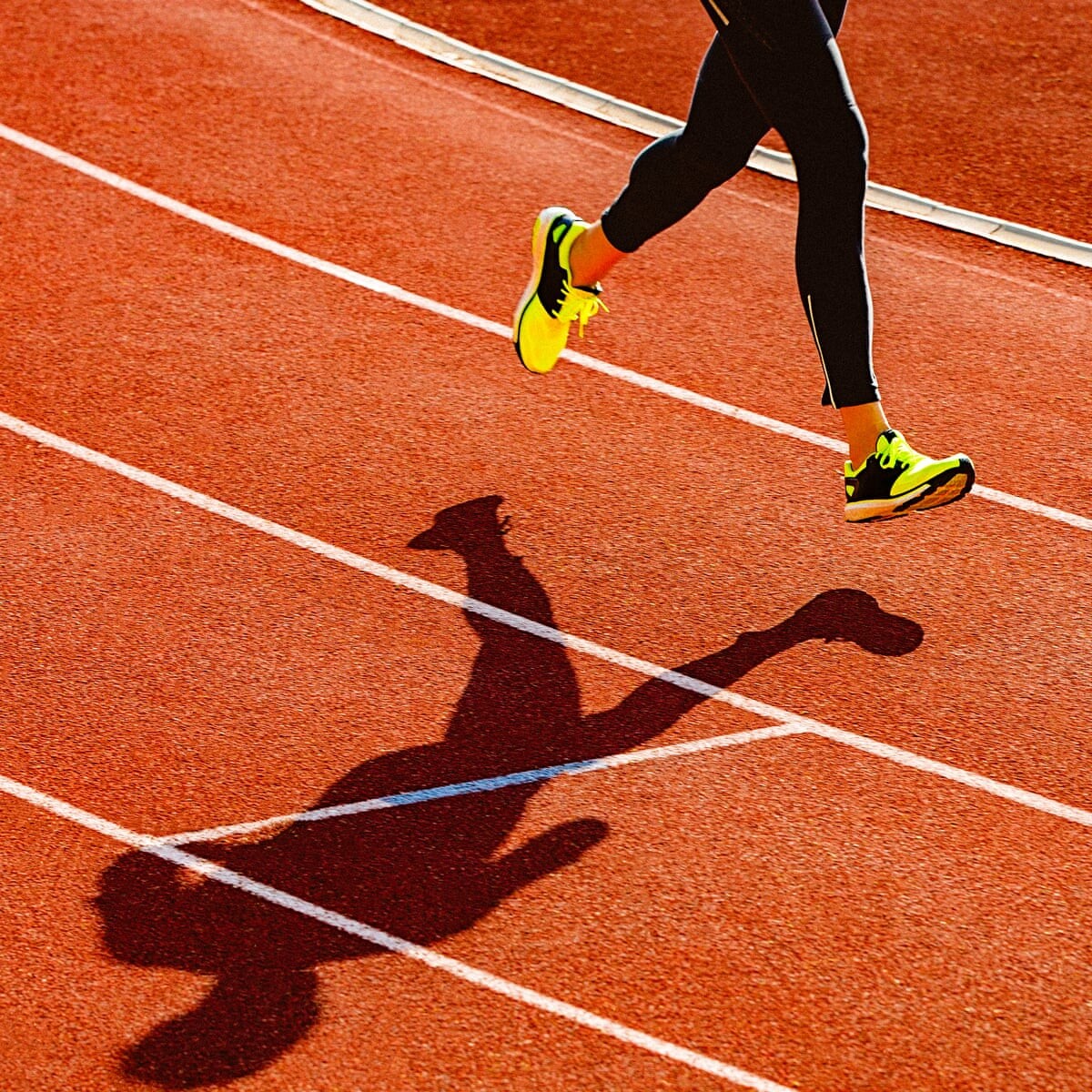
"This experience has certainly tested me in ways I never imagined possible. I'm immensely proud of all the athletes that have spoken up in this case, and I stand with all athletes, past and present, from our group.
"I hope that our story helps to change the narrative and sets a precedent that athletes will no longer suffer in silence."
Lees had appealed against the decision in February to ban him from coaching and also against the length.
On Thursday, charges against Lees were found proven by the appeal panel of sexual touching, making a sexualised comment to a female athlete, endangering an athlete's safety by "causing injury by administering a chiropractic adjustment" and providing chiropractic adjustments while not being appropriately qualified.
The further charges admitted by Lees related to massaging an athlete at his home address when she was under 18, and making inappropriate and sexualised comments to athletes in his training group.
UK Athletics' (UKA) submission to the appeal panel said: "[Lees] has shown a blatant disregard for the rules and an insistence on doing things his way... he could not even acknowledge that what he did was wrong."
The panel concluded that his conduct was "very serious".
It added: "Further, we are very troubled by his attitude and his continuing failure… to take any responsibility or to accept his conduct was wanting in any way.
"Our unanimous view is that [his] conduct and failure to accept any need for change renders him untrustworthy and unsuitable to work as a UKA licensed coach now or in the future.
"We have therefore decided that the appropriate sanction is the permanent withdrawal of [his] UKA coaching licence."
Mark Munro, the interim chief executive of UK Athletics, added: "We are pleased with the decision by the panel. Athletics cannot tolerate the type of behaviour highlighted in this case.
"This decision shows that welfare is at the front and centre of UK Athletics' concerns and at the heart of what we stand for."
(11/19/2021) ⚡AMPby Laura Scott
Top fields gather for Cross Internacional de Italica
The Cross Internacional de Italica in Santiponce on the outskirts of the Spanish city of Seville – the fifth Gold standard meeting in the current World Athletics Cross Country Tour – always boasts a mouth-watering line-up, and this year’s race on Sunday (21) is no exception.
The men’s 10,092m contest features one of the most promising distance runners, Ethiopia’s Tadese Worku, who was the last victor here in January 2020. The 19-year-old is the current world U20 cross country and 3000m champion, has recently shown impressive form with a 26:56 clocking at a 10km road race in Herzogenaurach and should be tipped as one of the favorites. He will be joined by his fellow Ethiopian Nibret Melak, a 12:54.22 5000m performer this year.
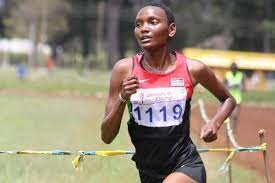
They will face stiff opposition from the whole Atapuerca podium, as Eritrea’s Aron Kifle, Burundi’s Rodrigue Kwizera and Uganda’s Joel Ayeko will also be in contention. The latter’s compatriot Thomas Ayeko, Burundi’s Thierry Ndikumwenayo and Eritrea’s Yemane Hailesilassie should also rank in the top 10 on Sunday.
Spanish hopes rest on the European U23 cross country bronze medalist Abdessamad Oukhelfen. The 22-year-old has proven to be in fine form at this early stage of the season, with third and fifth-place finishes in San Sebastian and Atapuerca respectively. Watch out too for Carlos Mayo, who also made the top 10 in Atapuerca and will be aiming to match that feat here.
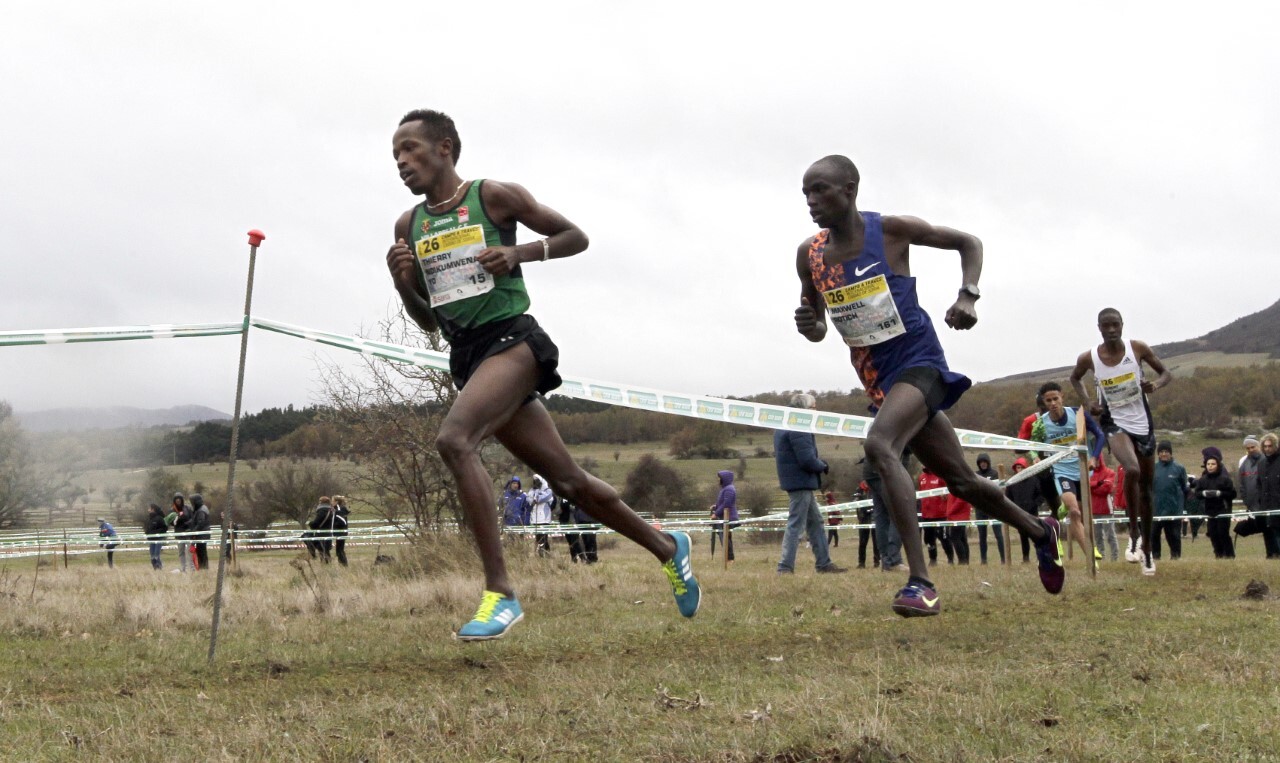
Eritrea’s Rahel Daniel Ghebreneyohannes managed an upset victory in Atapuerca last weekend, defeating a mighty Kenyan armada featuring Beatrice Chebet, Margaret Chelimo and Norah Jeruto who were second, third and fourth-place finishers respectively there following a tight and intriguing finish. The four of them will clash again over 7910m on Sunday and the battle for the win promises to be epic.
Reportedly, the unheralded Eritrean competed in Atapuerca wearing two right shoes, but despite that disadvantage she got the better of a world-class line-up and will be eager to prove her victory was no fluke.
Daniel’s top performance is a 14:55.56 5000m clocking from Hengelo last June, but she couldn’t advance to the final at the Tokyo Olympics. Meanwhile, the Kenyan triumvirate holds impressive backgrounds. While Chelimo is the reigning world 5000m silver medalist and defends her victory in Santiponce last year, Jeruto boasts the third fastest ever time in the 3000m steeplechase thanks to a 8:53.65 performance. As for Chebet, the 2018 world U20 5000m champion was runner-up behind Chelimo in 2020 and narrowly beat Chelimo and Jeruto in Atapuerca.
Another Kenyan, Eva Cherono, was eighth at the 2019 World Cross Country Championships and will make her second outing this autumn after a winning 19:17 clocking over four miles in Groningen last month.
To add more quality to Sunday’s field, organisers also announced the late addition of Ethiopia’s Senbere Teferi. The 26-year-old came sixth at the Tokyo Olympics over 5000m and bettered her lifetime best for the distance to an impressive 14:15.24 this season. Teferi will be aiming to regain her 2017 win here and seems ready to do so after her 14:29 overwhelming victory and outright women's world 5km record of 14:29 in Herzogenaurach in September.
The most remarkable Europeans on show will be Turkey’s Yasemin Can and Italy’s Nadia Battocletti; the former having claimed four consecutive European cross country titles and the latter having finished just outside the top 10 in Atapuerca.
Previous winners in Santiponce include Kenenisa Bekele (2003, 2004 and 2007), Fernando Mamede (1984 and 1985), Paul Kipkoech (1987 and 1988), Paul Tergat (1998 and 1999), Moses Kipsiro (2008 and 2009), Leonard Komon (2010 and 2011), Linet Masai (2010 and 2012) and Paula Radcliffe (2001), among others.
Weather forecasters predict a rainy day and a temperature of 18ºC by the time of the event.
(11/19/2021) ⚡AMPby World Athletics
Cross internacional de Italica
The Cross Internacional de Itálica is an annual cross country running competition it will be held on 21st of November in Santiponce, near Seville, Spain. Inaugurated in 1982, the race course is set in the ruins of the ancient Roman city of Italica. As one of only two Spanish competitions to hold IAAF permit meeting status, it is one of...
more...Four tips for winter speedwork
Safety comes before speed not only in the dictionary but also in winter running.
As temperatures get colder and the snow begins to fall, it makes finding a location for winter speedwork can be challenging. When the ground is covered with snow and ice, runners need to be extra cautious.
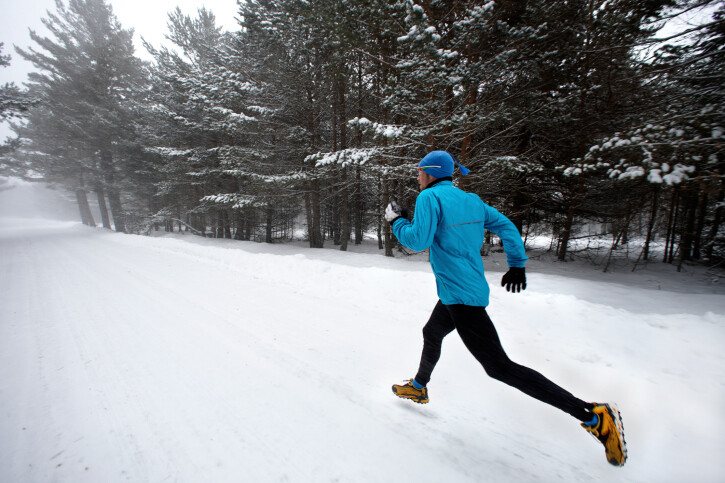
Here are a few things to consider when doing speedwork in the snow.
1.- Run in daylight
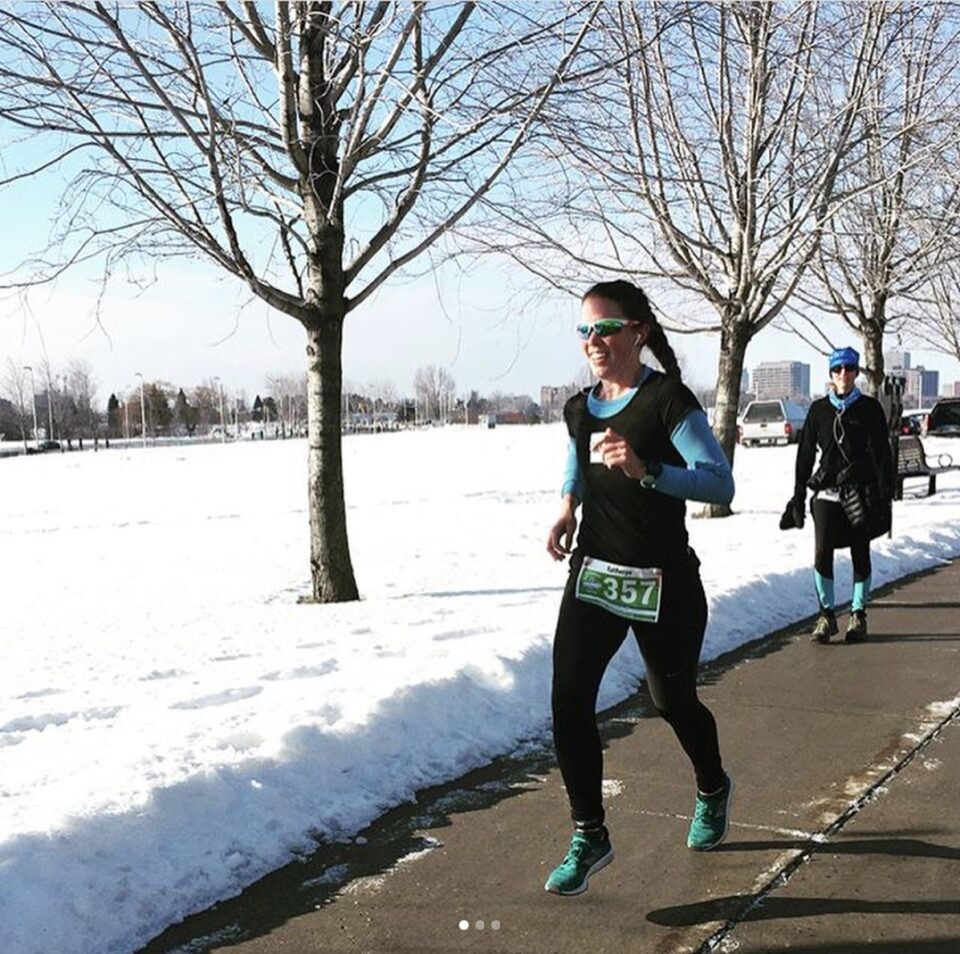
If the sun is out, go run out(side). It’s easier to see slippery and icy areas up ahead during the daytime. Vehicles have no excuses not to see you running. If you can’t make it out for a run during the day, find a location or route that is well-lit and free from heavy traffic.
2.- Choose a nearby route
Safety comes before speed not only in the dictionary but also in winter running. Unless you have the time to shovel a running track, you should find a road or path near your home that’s well-lit, plowed, and free from traffic. For example, if you are doing six reps of 500 meters, you should look for a plowed 200 to 1,000m loop and use that street as a track. Finding a loop will help you relax during your workout and not worry about the conditions as much.
3.- Consider using traction devices
Snow traction devices will help reduce slipping and improve your stride efficiency in the snow. Your body can tense up when running on a slippery surface, which can cause unusual soreness in your stabilizer muscles. The point of wearing traction devices is to give you more stability. This will make it easier to increase your speed and control.
4.- Shorten your stride
One thing that will change when running on the snow is your technique. It is important to shorten your stride and to keep your centre of gravity lower to have more control over the surface.
There is no need to make running harder than it is, and doing speedwork during the winter can be a rewarding experience for many who have upcoming spring and summer races. Having a plan to run safely will help you get the best results out of your winter training.
(11/19/2021) ⚡AMPby Marley Dickinson
Geoffrey Kamworor, Lawrence Cherono and Guteni Shone confirmed for Valencia Marathon
Valencia will once again become the epicentre of the running world on December 5, when it holds the Valencia Marathon Trinidad Alfonso EDP, a World Athletics Elite Platinum Label race that in 2021 wants to continue making history by breaking records.
And to achieve this, it will count on some of the best athletes in the world including Geoffrey Kamworor, Lawrence Cherono and Guteni Shone.
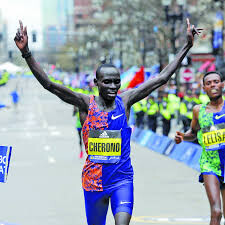
Kamworor, winner of three world half marathon titles and two world cross-country titles, is eager to improve on his 2:06:12 PB, set on his debut at the distance back in 2012. Since he had to withdraw from the Tokyo Games due to injury, the two-time New York Marathon champion from Kenya has been preparing exclusively and conscientiously to achieve a great result in Valencia.
Cherono is coming off a fourth-place finish at the Tokyo Olympics. The 2019 Boston and Chicago champion will return to the scene of his 2:03:04 PB, a time which makes him the fastest in the field.
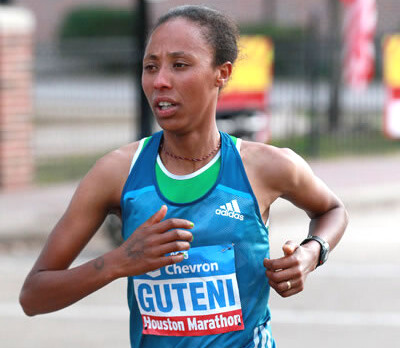
Herpasa Negasa, the 2019 Dubai runner-up, and 2019 Valencia winner Kinde Atanaw are the other sub-2:04 performers in the field.
Ethiopia’s Andamlak Belihu, who finished fifth over 10,000m at the 2019 World Championships and at the 2020 World Half Marathon Championships, will be making his marathon debut. The 22-year-old’s PBs of 26:53:15 for 10,000m and 58:54 for the half marathon point to a potentially fast time for the full marathon distance.
Although no one in the women’s field has a PB faster than 2:20, organisers are hopeful that barrier will be broken again in Valencia for the third year in a row.
Guteni Shone came close to that mark last year when finishing second in Dubai with 2:20:11. Fellow Ethiopian Azmera Gebru is also less than a minute shy of the barrier, thanks to her 2:20:48 PB from the 2019 Amsterdam Marathon.
Kenya's 2018 Prague Marathon champion Bornes Chepkirui, Ugandan record-holder Juliet Chekwel and three-time Rome Marathon champion Rahma Tusa of Ethiopia are also in the field. Marathon debutante Dorcas Tuitoek is also one to watch.
“This year’s marathon is extremely competitive, as we like it in Valencia,” said elite athlete coordinator Marc Roig. “I don’t rule out a sprint finish in both the men’s and women’s races – in fact, I’m counting on it. The athletes know that Valencia offers one of the best courses for achieving personal best times. And this, with the level of runners we have, can easily translate into several athletes breaking the course record. By how much? We will see on December 5.”
(11/19/2021) ⚡AMPby World Athletics
VALENCIA TRINIDAD ALFONSO
The Trinidad Alfonso EDP Valencia Marathon is held annually in the historic city of Valencia which, with its entirely flat circuit and perfect November temperature, averaging between 12-17 degrees, represents the ideal setting for hosting such a long-distance sporting challenge. This, coupled with the most incomparable of settings, makes the Valencia Marathon, Valencia, one of the most important events in...
more...Boston Athletic Association says that all 24,000 Qualifying Applicants For 2022 Boston Marathon Will Be Accepted
For the first time since 2013, the “cut-off” time for Boston Marathon eligibility is 0 minutes and 0 seconds.
All 24,000 applicants for the 126th Boston Marathon will be accepted, pending verification of their qualifying times, the Boston Athletic Association announced Thursday. Those who submitted applications during the 2022 Boston Marathon registration window from November 8-12 will be accepted into the April 18th race.
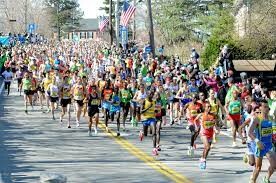
“I am delighted to share that everyone who applied with a valid qualifying time will be joining us for the 126th Boston Marathon,” said Tom Grilk, President and CEO of the B.A.A. “It will be a historic return to Patriots’ Day and I am pleased to welcome this dedicated group of qualifiers back to the roads of Hopkinton to Boston on the third Monday in April for the first time in three years.”
The B.A.A. is currently in the process of verifying and confirming all qualifying time submissions.
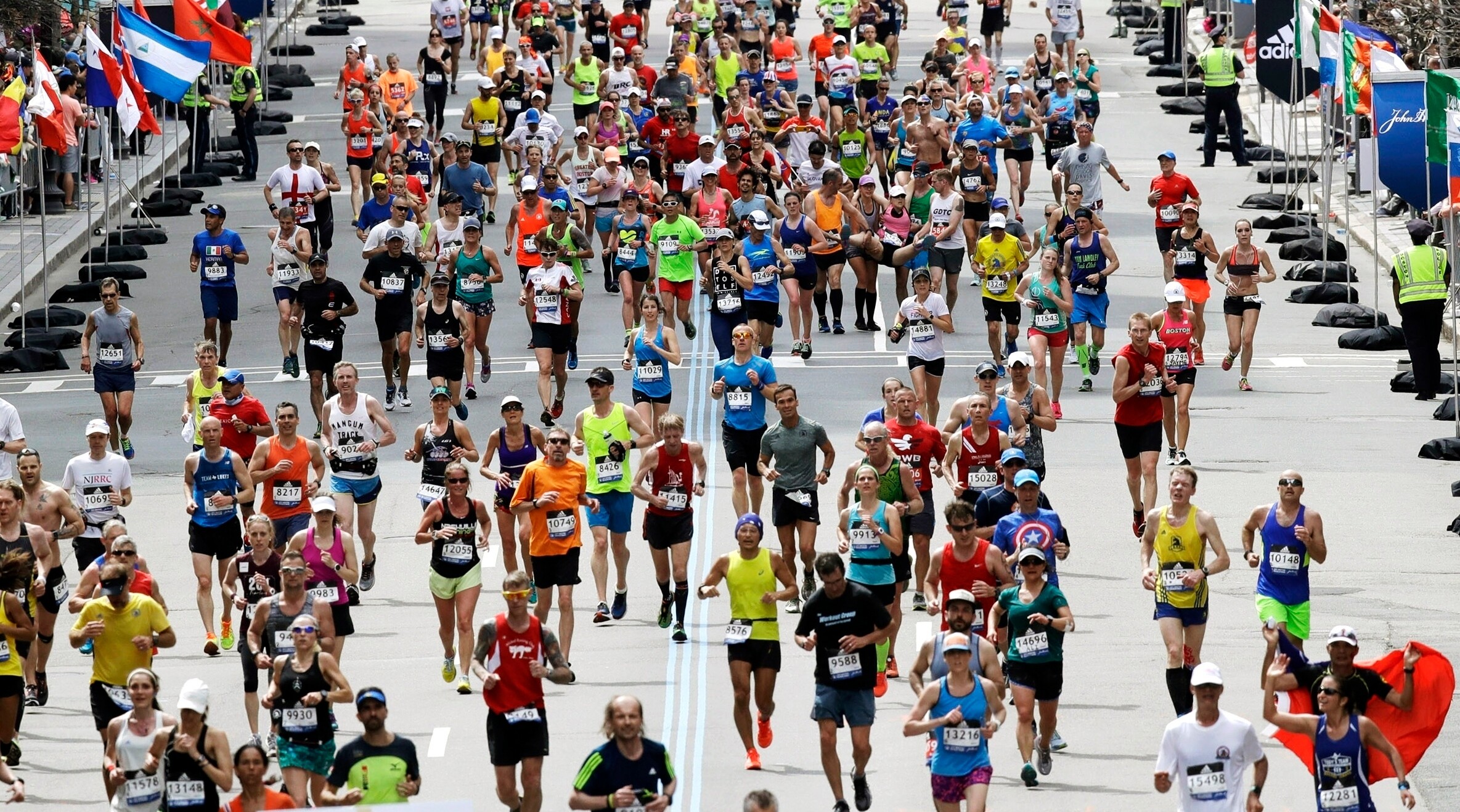
Applicants will receive official notice of acceptance by early December, once their qualifying time has been approved and credit cards are successfully charged. Athletes who have been officially accepted into the race will also receive more information on the process to provide proof of vaccination or request a medical exemption.
Applicants are asked not to send additional qualifying information to the B.A.A., unless specifically requested by a B.A.A. official.
The 126th Boston Marathon will feature a field size of 30,000 participants, and all athletes must be fully vaccinated in order to participate in the race.
(11/18/2021) ⚡AMPBoston Marathon
Among the nation’s oldest athletic clubs, the B.A.A. was established in 1887, and, in 1896, more than half of the U.S. Olympic Team at the first modern games was composed of B.A.A. club members. The Olympic Games provided the inspiration for the first Boston Marathon, which culminated the B.A.A. Games on April 19, 1897. John J. McDermott emerged from a...
more...Africa’s fastest man Ferdinand Omanyala and six other Kenyan athletes left the country Wednesday night for the 2021 Dubai Run
The run, dubbed "Run with the Champions", will see participants among them the Crown Prince of Dubai, Sheikh Hamdan bin Mohammed, take part in 5km and 10km races along the iconic Sheikh Zayed superhighway on November 26.
The 2021 Dubai Run is among several activities lined-up for the seven athletes who will represent Kenya at the Expo 2020 Dubai.
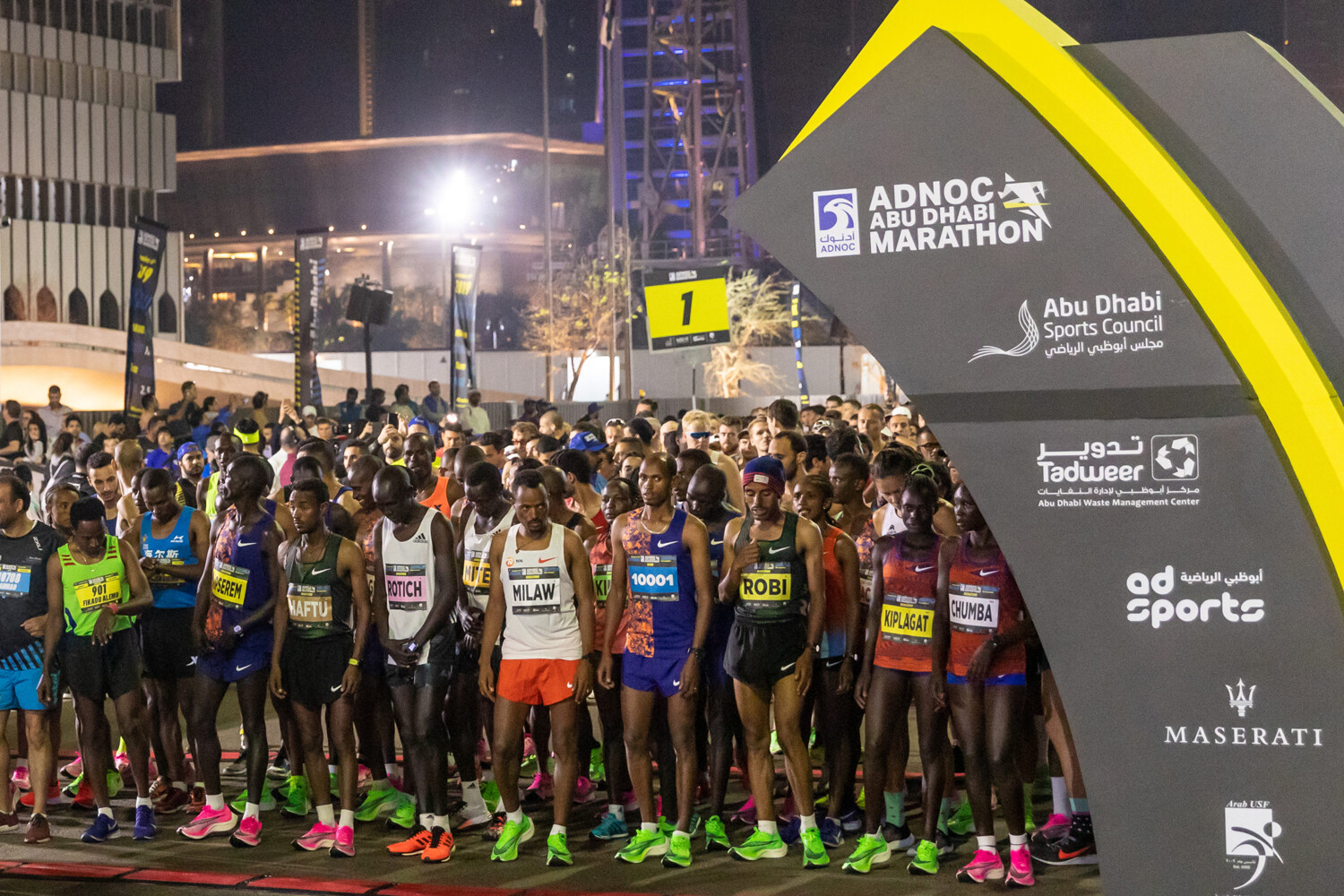
The Kenya Export Promotion and Branding Agency (Keproba), who will manage Kenya's pavilion at the Expo 2020 Dubai, aim to use to showcase Kenya as a destination for investment, sports, and tourism.
Apart from Omanyala the other Kenyan athletes include double 3,000m steeplechase Olympic champion Ezekiel Kemboi, former 800m world champion Janeth Jepkosgei, 2013 London Marathon winner Priscah Jeptoo, 2021 Berlin Marathon first runner-up Bethwel Yegon, Jonathan Kiplimo Maiyo, who set a personal best time of 2:04:56 at the 2012 Dubai Marathon, and 2010 Nagpur half-marathon winner Hellen Nzembi.
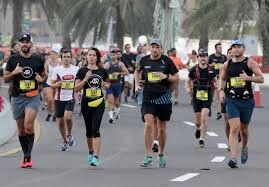
Omanyala will be the leader of the athletes’ delegation. Omanyala, who will do the 3km at the Expo run, shared his excitement at representing Kenya at the Expo.
"I am privileged to be among great athletes like Ezekiel Kemboi and Janeth Jepkosgei to promote our country through a fun and engaging initiative as this one," Omanyala told Nation Sport.
"Other than showcasing the best of my country, I also hope to learn from other countries," he added.
Omanyala is currently on a break before starting his busy 2022 season in February that will see him compete in the World Indoor Championships, Kipkeino Classic, Diamond League, Continental Tours, African Championships, World Championships, and the Commonwealth Games in six months.
The run will start at the Kenyan pavilion and, it will have three courses - 3km, 5km, and 10km routes.
Jepkosgei said she cannot wait to showcase the best of Kenyan agriculture and tourism.
"I am excited by my role at Expo. I look forward to telling the world about our peaceful and hospitable country, the good quality of our agricultural products and, our enchanting tourist attraction sites," the 37-year old, who has taken up coaching athletes, said
The Expo 2020 Dubai was initially scheduled to take place from October 20, 2020, to April 10, 2021, but it was cancelled due to Covid-19.
"Our athletes are our greatest ambassadors. Their presence at the Kenya Pavilion will boost our effort to market Kenya as a destination for investment, sports, and tourism," Keproba CEO Dr. Wilfred Marube said at the flag-off ceremony for the Kenyan athletes held at a Nairobi hotel on Wednesday.
(11/18/2021) ⚡AMPby michael Kirwa
ADNOC Abu Dhabi Marathon
The Abu Dhabi Marathon is shaping up to being first class marathon for both elite runners and average runners as well. Take in the finest aspects of Abu Dhabi's heritage, modern landmarks and the waters of the Arabian Gulf, at this world-class athletics event, set against the backdrop of the Capital's stunning architecture.The race offered runners of all abilities the...
more...Philadelphia marathon weather forecast will be perfect for runners
Sunday morning is expected to dawn chilly and dreary. In other words, what it might be like if a whole lot of runners were running the atmosphere.
Based on two comprehensive studies by researchers who did some serious legwork, weather conditions for Sunday’s Philadelphia Marathon should be near ideal, with temperatures ranging from 39 to 44 degrees during the race, riding a negligible breeze.
The forecast for Saturday morning’s half marathon has a distinctly more December feel, and in fact it might be the coldest morning of the season with temperatures below 30 at race time. But they will recover quickly and be in the mid-30s by the time people reach the finish line.
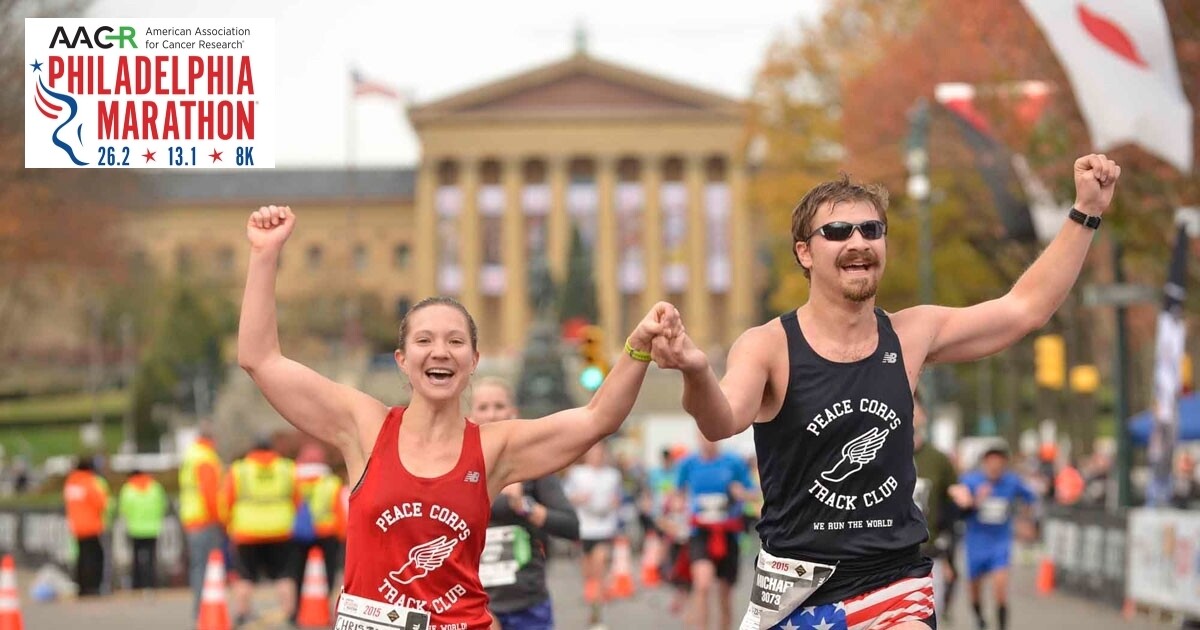
“That’s perfect as far as I’m concerned,” said Seth Weiss, head of the Philly Runners club and who plans to be among the 10,000 participating in Saturday’s race. “On the cold side of perfect, but I prefer cold over hot.”
And get this: The National Weather Services lists the precipitation probability Saturday at 0%, with puny winds of 2 to 3 mph.
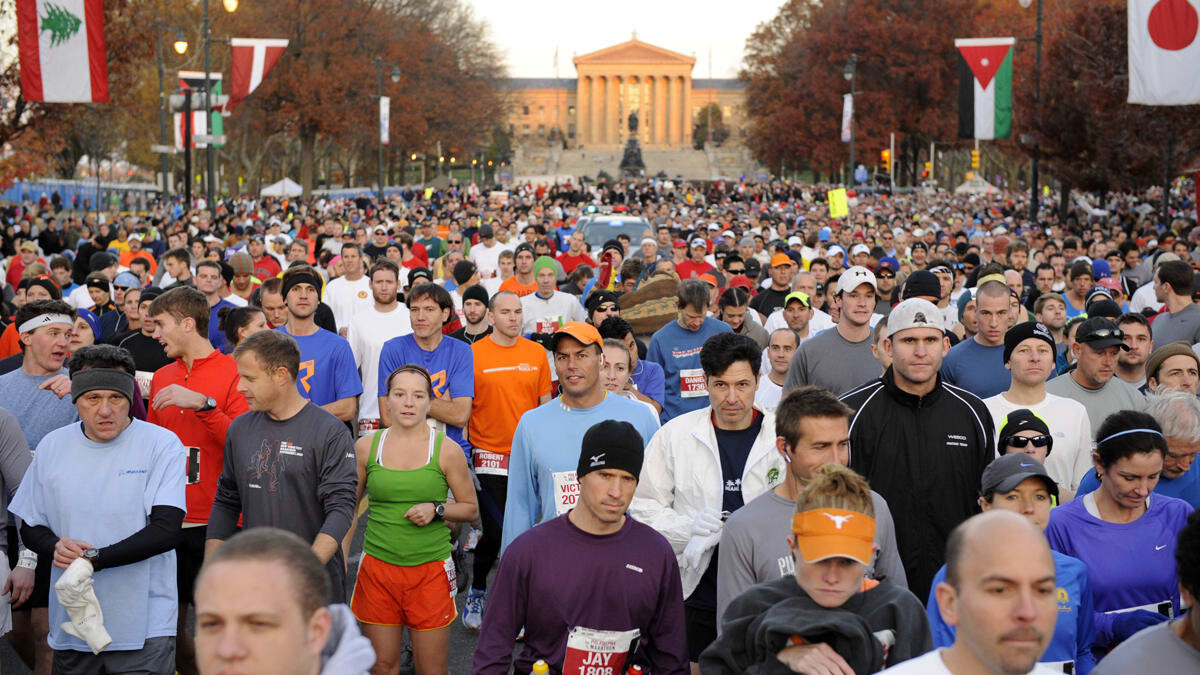
The only remotely possible blemish Sunday, when another 10,000 will be running, would be a “sprinkle” borne on weak — as in 1 to 3 mph — easterly winds, said Paul Walker, a senior meteorologist with AccuWeather Inc. But the weather service lists the chances of any precipitation of 0.1 inches or more at 2%.
And for marathoners, the sun should be no sweat, with skies forecast to be around 80% cloud-covered.
Good timing
Weather is a wild card, but it has never canceled the race, and as long as the Philadelphia Marathon is held on the third weekend of November, extreme heat is unlikely to be an issue — that’s unless the climate system goes kablooey.
Normal lows this time of year are close to that performance sweet spot, around 40.
But that wasn’t what the organizers had in mind when this all started 27 years ago, said Jennifer Sherlock, the event’s spokesperson.
One consideration was the fact that it was the weekend before the holiday season kickoff, she said. The likelihood of generally favorable running weather has turned out to be a collateral benefit.
Other spring and fall marathons, one would think, would be similarly inoculated against heat. The Boston Marathon, for instance, is held the third week in April, when it’s been known to snow up there. However, Boston marathoners suffered through brutal heat in 1975 and 2012.
Said Weiss, “I definitely don’t know anybody who would prefer 80-plus degrees and high humidity.”
There will be a preliminary cap of 10,000 in-person runners for the full 26.2-mile marathon, a 10,000 cap on the half marathon, and around 3,500 for the 8K race, for a total of about 24,000 in-person participants.
(11/18/2021) ⚡AMPby Anthony R. Wood
Philadelphia Marathon
Whether you’re a seasoned marathoner or a first-timer, Philadelphia is the place for you. We’ve designed our course to be scenic, fan-friendly and, above all, great for running. It’s no wonder we're consistently listed among the top ten races in the country, recognized for our mostly flat terrain, ideal temperature and awesome atmosphere. Join us this fall for the best...
more...Kenyan Mercy Cherono credits parents for long career in athletics
The 2014 Commonwealth Games 5,000m champion Mercy Cherono has described her father as a pivotal pillar in her athletics career since her junior heydays.
Cherono said her father's frequent advice has helped her avoid pitfalls that many athletes experience in the course of their careers.
"The first thing is to trust in God. The second is to have a strong relationship with parents. I have been very close with my father and he has been advising me, alongside my mother, ever since I was a junior runner. Up to now, I still consult him on various issues and that is why I have not had challenges with rogue coaches," Cherono said.
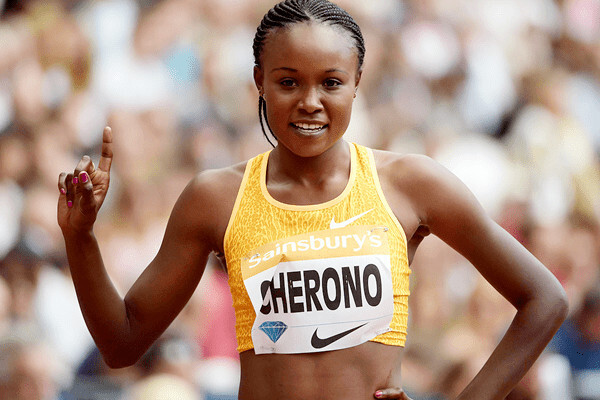
The 2013 world 5,000m silver medalist subsequently advises athletes to love themselves first as well as to remain close to their old folks if they are to excel.
"You need to respect yourself first and place a high value on what you do. You also need to trust in God, respect your parents as well as the coaches. If you do this, then you will be able to shield yourself from such unscrupulous individuals," she said.
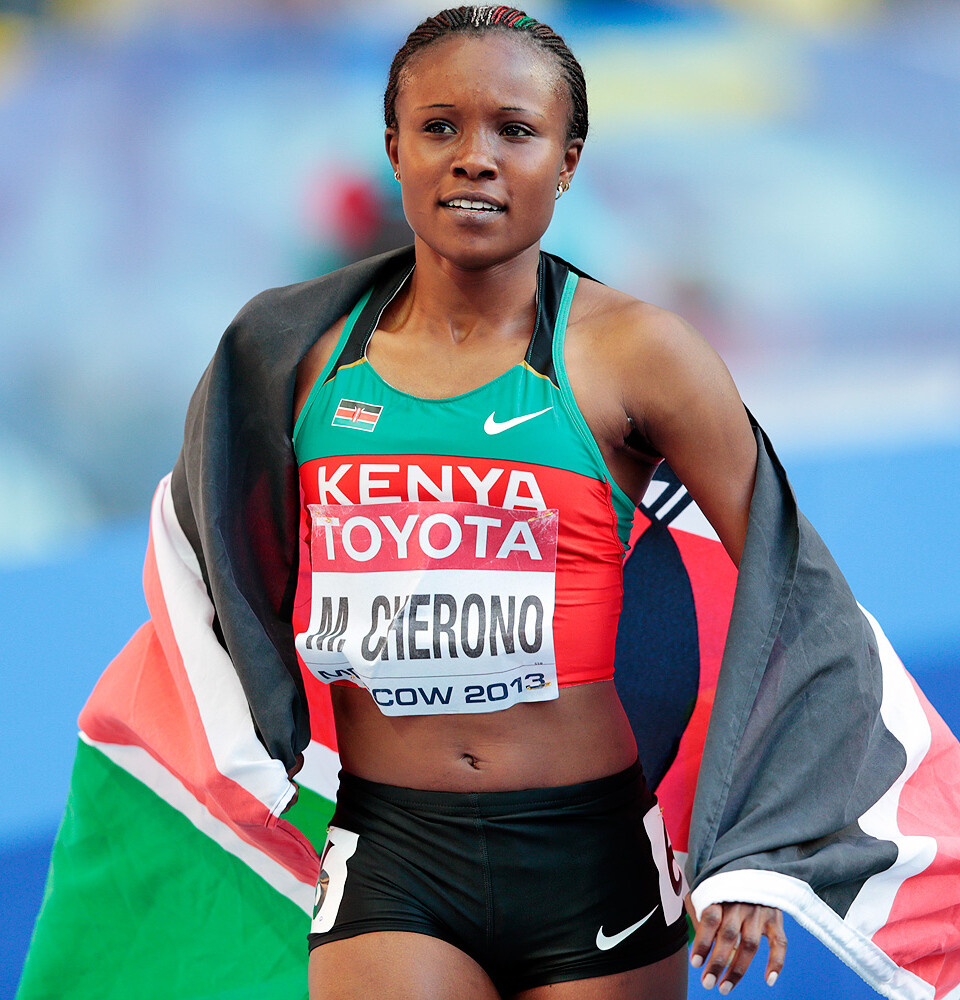
Cherono further advocated for gender equality in the athletics coaching sector to mitigate cases of sexual harassment of female athletes by male coaches.
"If you look at the South Rift for example, majority of the coaches are male. We need to empower more ladies to become coaches. I believe they are better placed to mentor the young athletes and guide them on what to do right to avoid falling prey to rogue coaches," added the 2010 World Cross Country junior champion.
Regarding upcoming competitions, Cherono has set sight on next year's major competitions and plans to compete in the ongoing national cross country series.
"I feel it would be a good opportunity for me to get in shape in preparation for next year," she said.
Cherono was among hundreds of athletics stakeholders who showed up in Kericho County for a consultative meeting with Athletics Kenya as part of face-to-face discussions on the issues ailing the sport.
Speaking at the same event, athletes' representative in Kericho, Peter Cheruiyot, concurred with Cherono's sentiments, noting that male athletes are also undergoing harrowing times due to wrong relationships.
"The ladies have decided to be more vocal about it but the men choose to remain silent. Many are struggling with the management of family affairs back home. It is a tough act balancing between career and family needs, which often collide," Cheruiyot said.
He urged AK and other stakeholders to impart the importance of education onto young athletes at the grassroots rather than wait until their careers are so far gone.
"Those who cannot afford fees should be assisted so they can balance between education and career. We have the Olympics 800m champion (Emmanuel Korir) who is in the US but is often available to compete in local races back home," he said.
(11/18/2021) ⚡AMPby Omondi Onyatta
Four keys to beating someone who’s faster than you
In a race situation, it makes sense that the person with the fastest personal best would win, but as we’ve seen time and time again, things don’t always play out this way. If you’re slower on paper than the runner standing next to you, that doesn’t mean you’re doomed to cross the finish line behind them every time.
Whether you’re trying to break the tape or simply beat the guy next to you, use these tactics to get ahead of your competitors in your next race.
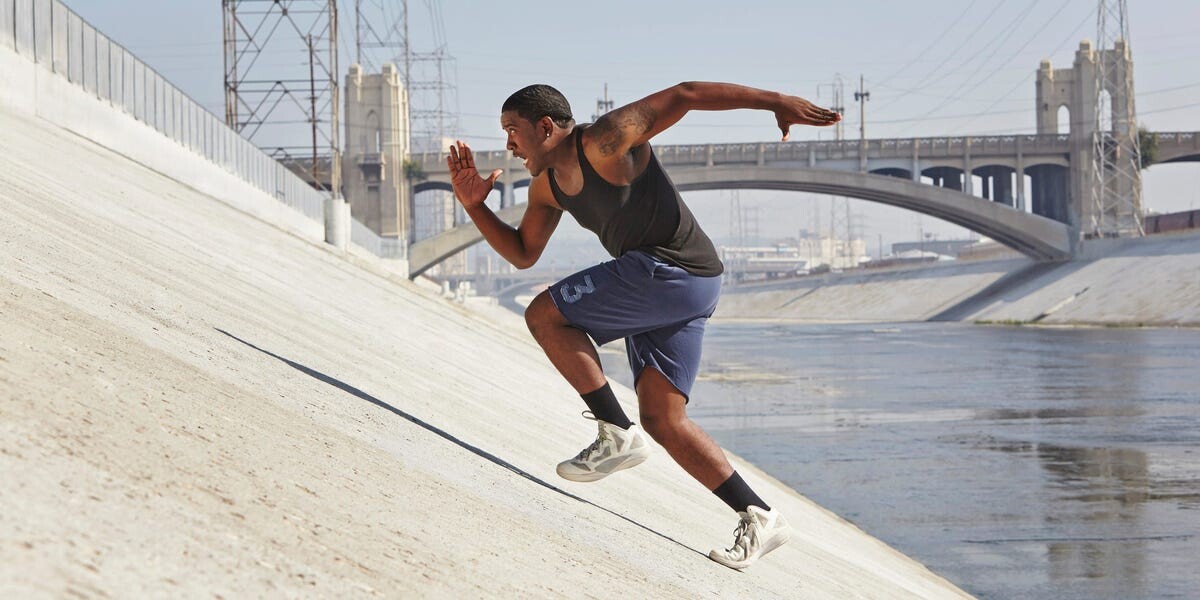
Draft
If the conditions on race day are less than ideal (think wind, rain, etc.), your opponent likely won’t be running quite as fast as they would on a better day. This is where your opportunity lies: tuck in behind them and do your best to stay close, so they do all the work heading into the wind for you. That will tire them out while saving you some energy, which you can take advantage of at the end of the race to surge past them for the win.
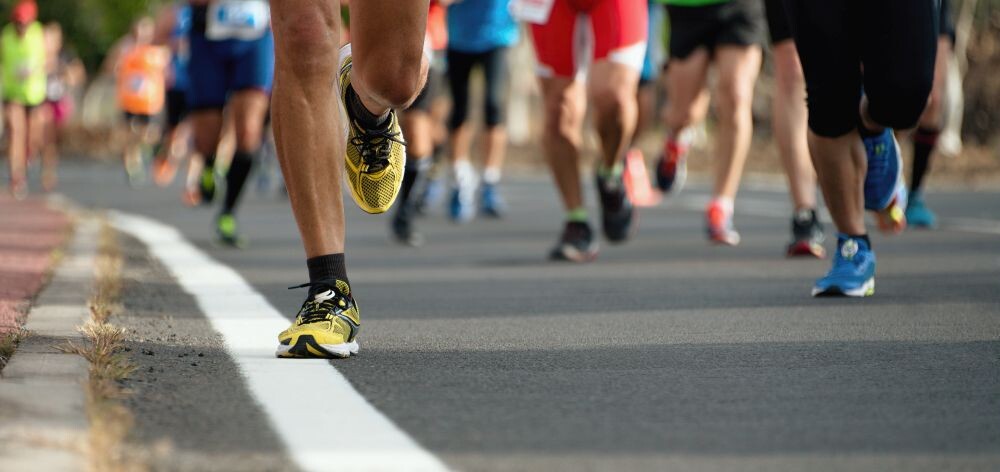
Use the hills
If the course is technical with a lot of hills, often all it takes is some smart racing to take down faster opponents. Instead of trying to run the same pace on the ascents as you are on the flats, like most people (and likely your opponent) will, try to maintain your effort level and stay relaxed so you don’t over-exert yourself as you climb the hill. You will probably get passed on the hill when you do this, but don’t worry: because you didn’t use up all your energy on the uphill, you’ll have enough in the tank to accelerate over the top and use the downhill to make a move, rather than needing it to recover from the ascent. If the course has multiple hills, you can use this strategy over and over, watching as your opponents gradually fall back as you charge confidently forward.
Blind corners
Throwing a few surges into a race can help give you an edge over your competitors, and combining a surge with a corner will give you even more of an advantage. To make a corner work to your advantage, try to get ahead of your opponent as you approach the turn, then accelerate around the bend, continuing at the pace for another 20 to 30 metres. When the other runners turns the corner, you will be much farther ahead of them than they thought, which might cause them to give up, thinking you’re too far ahead to catch.
Go out hard and break their heart
This is arguably the riskiest play on this list, but it works if you know you’re fit and your rival isn’t quite in race-ready shape. The idea is simple: as soon as the gun goes off, go out at a pace you know you can’t maintain, but you know your opponent can’t, either. If they’re competitive enough, they’ll go with you, and all you have to do is wait until they drop off the pace. From there, try to maintain that pace for another couple of minutes to create a large enough gap that they’ll give up, thinking you’re going to keep going at that pace.
Then, gradually start to slow down to a more manageable speed. You likely won’t achieve a new PB running with this strategy, but if your goal is simply to win, then it’s a solid plan.
(11/17/2021) ⚡AMPby Brittany Hambleton
Kenya´s Titus Ekiru joins stellar cast for Adnoc Abu Dabhi Marathon
Abu Dhabi Sports Council (ADSC) and ADNOC have announced the addition of another top athlete to the elite category to join the exceptional line-up of world-class athletes in the third edition of the Abu Dhabi Marathon.
With a personal best time of 2.02.57, Kenyan-born Titus Ekiru, is currently ranked as the world’s fifth best in the men’s marathon history.
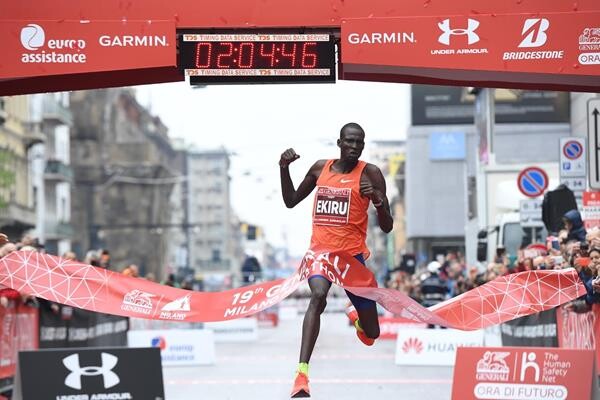
His career highlights include first place in the 2021 Milano Marathon, 2019 Honolulu Marathon, 2018 Mexico City Marathon and 2017 Seville Marathon.
The upcoming Bronze Label race will see eight additional elite athletes vying for the top spot at the ADNOC Abu Dhabi Marathon.
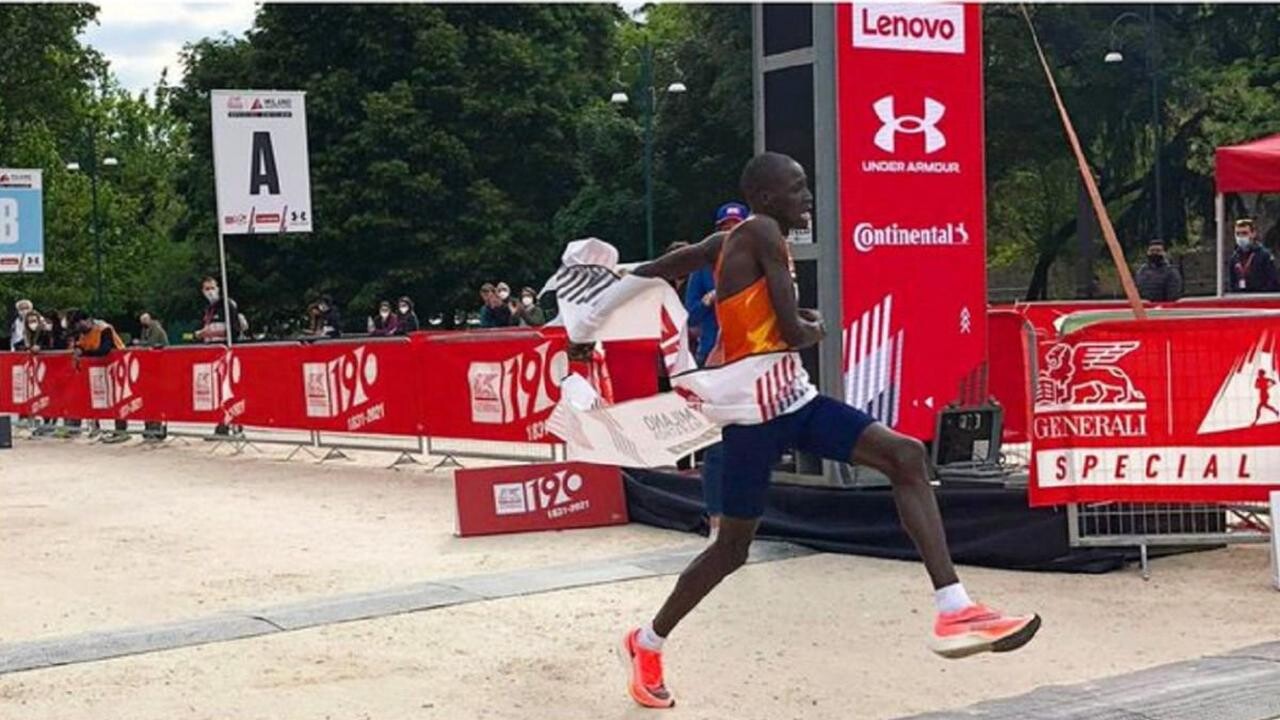
The line-up includes some of the world’s top-ranking athletes such as Reuben Kiprop Kipyego, Abel Kirui, Barnabas Kiptum, Philemon Rono, Eunice Chumba, Betelhem Moges, Vivian Kiplagat and Alemu Megertu.
Leading up to the race, from November 22-25, a race village will be hosted at the ADNOC HQ Campus, welcoming participants and supporters with photo opportunities, family entertainment and a dedicated race pack collection area.
The race is open from six to 70-year-olds and runners of all fitness levels.
(11/17/2021) ⚡AMPADNOC Abu Dhabi Marathon
The Abu Dhabi Marathon is shaping up to being first class marathon for both elite runners and average runners as well. Take in the finest aspects of Abu Dhabi's heritage, modern landmarks and the waters of the Arabian Gulf, at this world-class athletics event, set against the backdrop of the Capital's stunning architecture.The race offered runners of all abilities the...
more...Running before work? Follow these advices if you are considering becoming a morning runner
Running in the early morning is a great way to ensure your run doesn’t get replaced by other commitments later in the day, and for many runners, it’s their only option to fit it around their work and family schedules. Still, forcing yourself out of bed before the sun comes up and while everyone else is asleep can be challenging, and running before work does take some planning.
If you’re struggling to fit your runs into your daily schedule and are considering becoming a morning runner, follow these tips to make your morning routine a breeze.
Get ready the night before

You’ll likely be a bit groggy when you get up in the morning, so make your routine as brainless as possible by preparing as much as you can the night before. Set out your gym clothes next to your bed to avoid having to rummage through your drawer for socks at 6 a.m., and even have the clothes you need for work ready to go also. If you’re planning on having a sip of coffee before heading out the door, have your coffee maker prepped and ready so all you have to do is hit start (or even better, get one with a timer that allows you to set it to come on before you get up, so it’s ready when you walk into the kitchen).
Have a snack

If you’re often hungry when you first wake up, have a quick bite to eat, like a banana, a granola bar or something else that’s small and easy on the stomach, before you go for your run to stave off the hunger pangs until you get back. In fact, recent research suggests that female runners are better off having something small before a morning run than running in a fasted state.
Make a plan
Before you go to bed at night, you should already know what route you’re going to run, what type of run you’re doing (are you going for an easy run or is something faster on the schedule?), what playlist you’re going to listen to (if you enjoy music while you’re running) and anything else that requires a decision. Again, this saves time by preventing you from having to think too hard in the morning.
Go to bed early
If you’re getting up early for a run in the morning, don’t stay up until 1 a.m. watching Seinfeld reruns. Set a bedtime alarm to remind you to shut off the screens and begin making your way to bed, so you can get a good night’s sleep. It can be hard to force yourself into that routine initially, but your body will thank you when that alarm goes off the next morning.
Don’t hit the snooze button
This is often the hardest part for a lot of runners, but when that alarm goes off, resist the urge to hit the snooze button. If you have to, put the alarm far enough away from your bed to force you to get out of bed to turn it off. Once you’re on your feet, the rest is a lot easier.
(11/17/2021) ⚡AMPby Brittany Hambleton
South African Caster Semenya cleared to compete until Swiss court ruling
Caster Semenya will be allowed to compete without restriction until the Federal Supreme Court of Switzerland has passed judgment on a new IAAF ruling.
The Court of Arbitration for Sport (CAS) ruled that the IAAF could implement a regulation that would require Semenya to take medication to lower her testosterone levels in order to compete against women in track events ranging from 400 meters to a mile.
However, the two-time Olympic 800 meters champion has continued to challenge the ruling and lodged an appeal in Switzerland last week.
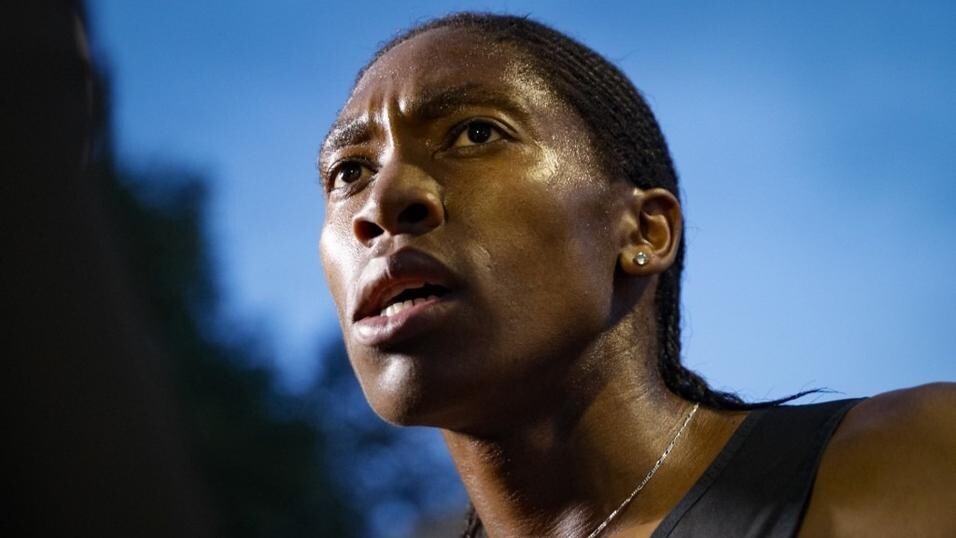
The 28-year-old asked the Swiss Federal Supreme Court to set aside the decision in its entirety.
It has now been confirmed that the IAAF must suspend its implementation of the regulations until the Swiss Supreme Court, which will receive submissions from the body, has made a ruling.
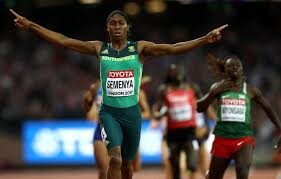
Semenya, who ruled out retiring after winning the 800 at the Diamond League event in Doha last month, two days after the CAS ruling was announced, will be able to compete for the time being.
"I am thankful to the Swiss judges for this decision," she said in a statement released Monday. "I hope that following my appeal I will once again be able to run free."
Dorothee Schramm, Swiss counsel for Semenya, said: "The Swiss Supreme Court has granted welcome temporary protection to Caster Semenya. This is an important case that will have fundamental implications for the human rights of female athletes."
(11/17/2021) ⚡AMPby Ben Spratt
Jamaican Usain Bolt thinks he could have won 100m gold at Tokyo Olympics
Sprint legend Usain Bolt said he could have emerged from retirement to win a fourth straight Olympic 100m title in Tokyo this year, insisting the winning time was within his reach.
Bolt, 35, told AFP that it was frustrating to watch the delayed 2020 Games from his home in Jamaica as his male countrymen flopped and Italy's Lamont Jacobs claimed a shock victory.
"I really missed it. I was like, I wish I was there," he said in an interview at the Dubai offices of his sponsor PepsiCo on Sunday.
"Because for me, I live for those moments. So it was hard to watch."
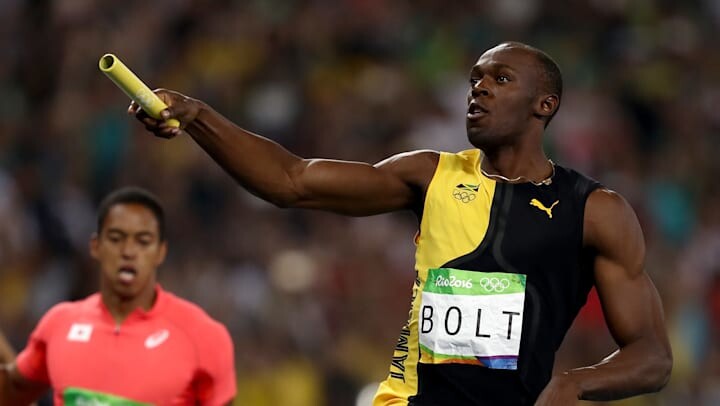
Bolt dominated sprinting for a generation, winning eight Olympic gold medals and only losing a ninth when his 2008 4x100m relay team-mate Nesta Carter failed a retrospective drugs test.
The first Olympic 100m final since the great showman's departure was a subdued affair, with Jacobs clocking 9.80sec at a Covid-emptied Tokyo National Stadium.
"My coach said something to me at the end of my career. He said, 'People are not getting faster. I was getting slower.' I never looked at it that way," said Bolt.
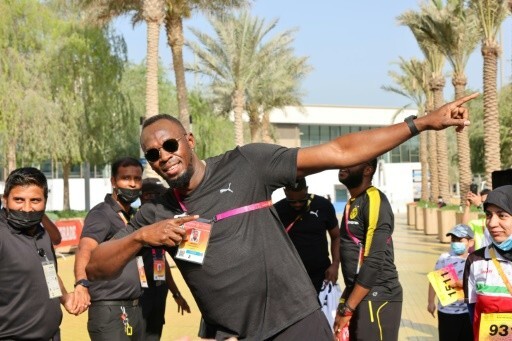
"And it's the facts because a lot of guys don't really get faster. Because I have pushed the barrier so far and then I started going backwards time-wise, so for me 9.80 was possible to get done."
But Bolt, who has dabbled in football and music since retiring, said it was "all about motivation" when he was considering a potential comeback in Tokyo.
"For the Olympics, it was gonna be different," said the father of three.
"I always show up ready because I think this is the highest level, but I've already done everything in the sport so it was all about motivation."
'Lightning Bolt' loses sparkle
With a rueful shake of the head, Bolt said it was "not looking good" for Jamaica's men's sprinters after they failed to reach the Tokyo 100m final and were fifth in the 4x100m relay.
And he said none of the current athletes looked capable of beating his 100m and 200m world records of 9.58 and 19.19, rarely threatened since he set them in 2009.
"I don't think I've seen anybody in this generation right now which I personally feel will break the records," he said.
"So I think I have a couple more years before somebody will actually break my world records."
Bolt, instantly recognisable worldwide, said he'd "love" to help World Athletics promote the sport and had approached its leader, Sebastian Coe, about a formal role.
But he said he had no designs on the presidency.
"No, I don't want that job. That's a lot of stress and a lot of work," he said.
He added that he would "definitely" have taken the knee to protest against racism on the Tokyo podium, where it was banned under International Olympic Committee rules.
"I understand what it's about. Racism, we've been through it so I understand the necessary aspect of it and what is needed," he said.
But he revealed that after years of striking the 'Lightning Bolt', his signature pose was beginning to grate.
"Sometimes it gets a little bit, I wouldn't say annoying. But I understand that I've done it to myself," he said with a chuckle.
"People really enjoy it and it's for the fans, you know. I mean, it's a picture that they will treasure forever.
"So for me, I'm not always happy doing it, but I do it anyways because it's for them and it makes them happy."
(11/16/2021) ⚡AMPTokyo 2020 Olympic Games
Fifty-six years after having organized the Olympic Games, the Japanese capital will be hosting a Summer edition for the second time, originally scheduled from July 24 to August 9, 2020, the games were postponed due to coronavirus outbreak, the postponed Tokyo Olympics will be held from July 23 to August 8 in 2021, according to the International Olympic Committee decision. ...
more...Eat omega-3 to decrease your risk for injuries, new research says
Injuries are one of our biggest worries as runners. They can completely de-rail a solid training plan, force us to sit out our goal races and, most importantly, prevent us from doing the activity we love. It’s no wonder, then, that we spend a lot of time thinking about how to prevent injuries before they happen. Your diet can play an important role in injury prevention, and new research says that one specific nutrient — omega-3’s — plays an important role in keeping injuries at bay.
Healthy fats for healthy bodies
The goal of the study, published in the European Journal of Sport Science, was to examine the association between polyunsaturated fatty acids (PUFA’s), such as omega-3’s, and injury rates among recreational distance runners. To do this, they followed 275 non-elite runners for one year, tracking their training habits, injury status and omega-3 intake through a self-reported questionnaire and blood samples collected via finger prick.
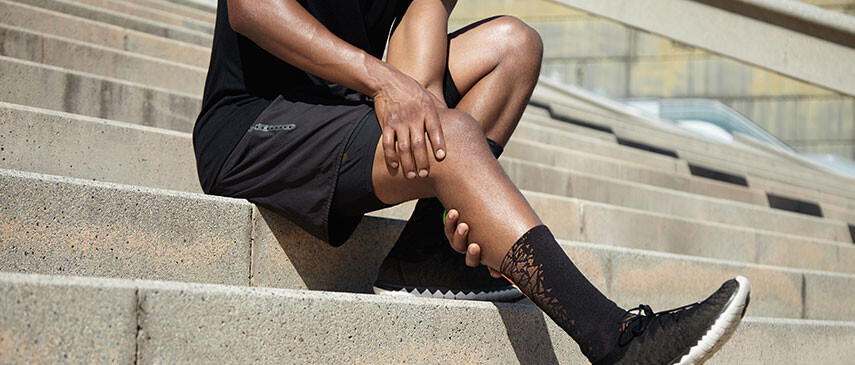
By the end of the year, they had recorded a total of 191 running-related injuries, with an injury prevalence rate of 50.9 per cent in the overall population. The injured runners tended to do significantly more weekly mileage than the uninjured runners, but those who consumed a higher number of omega-3 fatty acids had a lower incidence of running-related injuries than those who consumed less. This led the researchers to conclude that runners can lower their risk for injuries by including more omega-3’s in their diets.
Where to find omega-3’s

There are three types of omega-3’s: alpha-linolenic acid (ALA), eicosapentaenoic acid (EPA), and docosahexaenoic acid (DHA). They’re known as essential fatty acids because your body can’t create them on its own, so you need to get them from your diet. Omega-3’s are an important part of the membranes that surround every cell in your body and have many functions in your heart, blood vessels, lungs, immune system and endocrine system.
Experts have not established a recommended amount of total omega-3’s, but they recommend adult women consume 1.1 grams of ALA daily, and 1.6 grams for men. Omega-3’s are found naturally in some foods, and the best way to ensure you’re consuming adequate amounts in your diet is by including a variety of different sources of omega-3s on a regular basis.
These foods include:
Fish and other seafood, especially cold-water fatty fish like salmon, tuna, mackerel, herring and sardines.
Nuts and seeds, like flax seeds, chia seeds and walnuts.
Plant oils, like flaxseed oil, soybean oil and canola oil
Foods that are fortified with omega-3’s, like some cereals, eggs, yogurt, etc.
You may also choose to use an omega-3 supplement, which could include fish oil, krill oil, cod liver oil and algal oil (for vegetarians). The jury is still out as to whether supplementation is truly effective, so you should consult with a dietitian or doctor before adding a supplement to your daily routine.
The bottom line
Omega-3’s provide a list of health benefits, and for runners, the list is even longer. While more research is needed, eating a diet that contains plenty of omega-3-rich foods may help you prevent injuries, allowing you to train uninterrupted so you can continue to improve and enjoy the sport.
(11/16/2021) ⚡AMPby Brittany Hambleton
Konstantinos Gkelaouzos won the 38th Authentic Athens Marathon race on Sunday in an event dominated by Greek runners
The 31-year-old runner Konstantinos Gkelaouzo, timed 2hrs 16 min 49sec, the fasted time ever recorded by a Greek on the 42km course, breaking the old mark set in 2004 by Nikos Polias in the Athens Olympics in 2:17.56.
Second was Panagiotis Mpourikas in 2:22.33 and third was Charalampos Pistolis in 2:24.05, both from Greece.
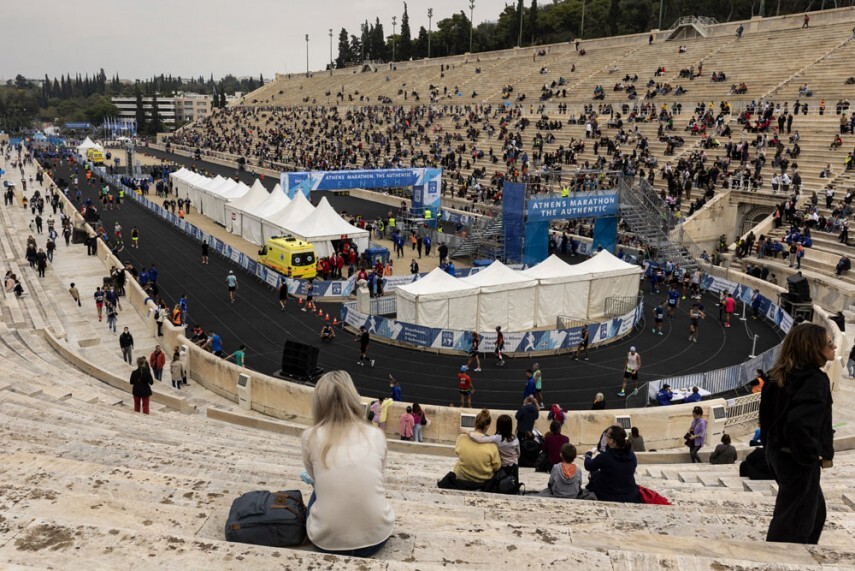
The first woman across the finish line was Greece’s Gloria-Tziovan Privilegio who was 26th overall with a time of 2:41.30.
The marathon returned after a two-year absence due to the COVID-19 pandemic with 2,555 participants from dozens of countries but without any of the top runners.
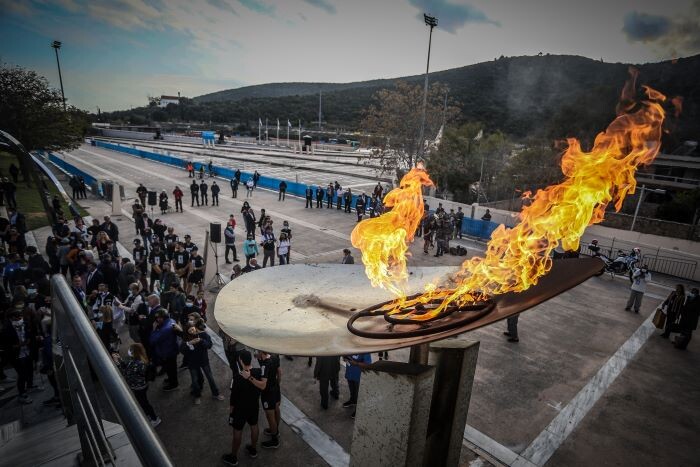
According to legend, the 42km route from Marathon to Athens was first run by Pheidippides, an Athenian messenger who in 490BC dashed to the city to announce victory over the Persians, before dying of exhaustion.
Run on a four-lane concrete avenue through the urban districts of east Athens with a finish at the all-marble Panathenaic Stadium, the site of the 1896 Olympics, the gruelling race is a challenge for runners as much of it is uphill.
(11/16/2021) ⚡AMPAthens Marathon
The Athens Classic (authentic) Marathon is an annual marathon road race held in Athens, Greece, normally in early November. The race attracted 43.000 competitors in 2015 of which 16.000 were for the 42.195 km course, both numbers being an all-time record for the event. The rest of the runners competed in the concurrent 5 and 10 kilometers road races and...
more...Allyson Felix launches her own shoe company
Two years removed from a feud with Nike and just days after qualifying for her fifth trip to the Olympics, track star Allyson Felix is adding the title of "entrepreneur" to her list of accomplishments.
Allyson Felix announced on Instagram on Wednesday that she is launching her own shoe brand called Saysh, a brand that she says "represents hope, acceptance, and the power to create change."
"When you see me run, know that I'm not running for medals. I'm running for change. I'm running for greater equity for each of us. I'm running for women. More than anything, I'm running toward a future where no woman or girl is ever told to know her place," Felix wrote on Instagram.
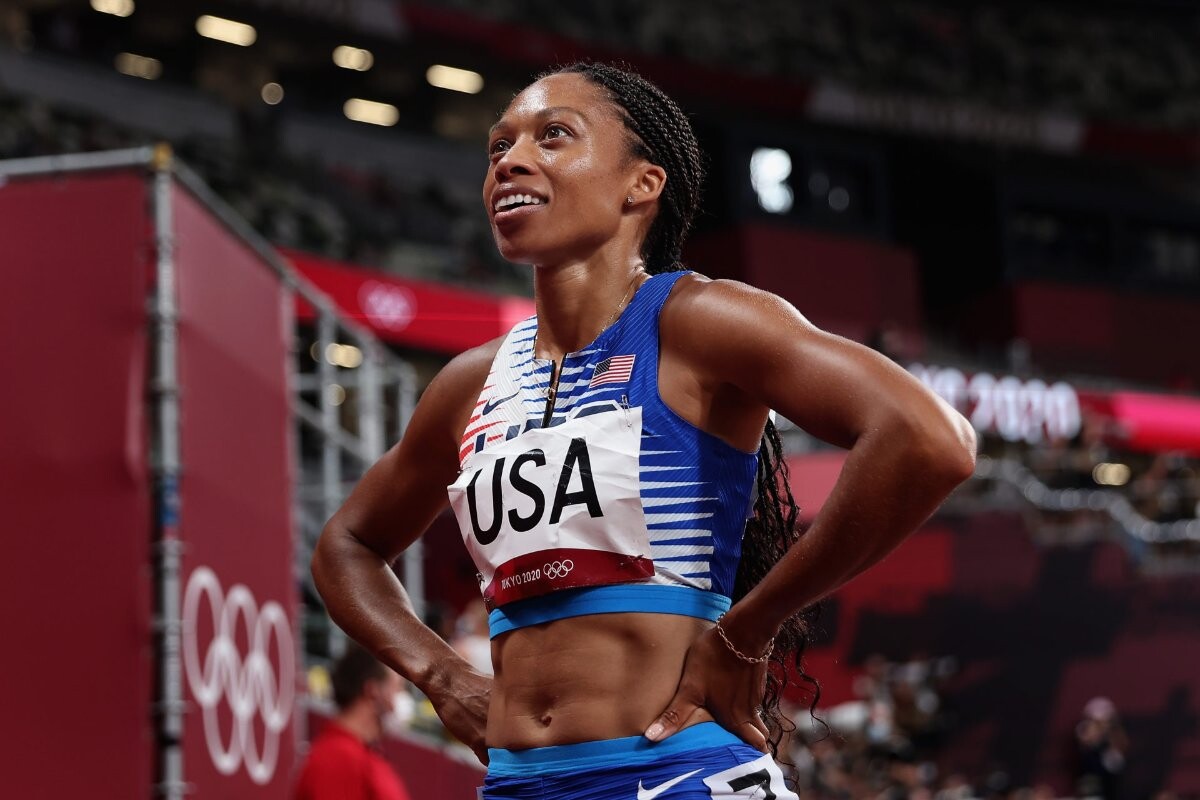
Felix, whose six Olympic gold medals are the most of any female track and field athlete, had a public fallout with Nike, her longtime sponsor, back in 2019. She wrote in an op-ed in the New York Times that she wanted to start a family in 2018 knowing that it could jeopardize her deal with Nike as she was trying to renew a deal that had expired in December 2017. Felix wrote that she felt like she needed to return to form as quickly as possible, even after an emergency C-section in November 2018 to deliver her daughter, Camryn. Felix said Nike offered to pay her 70 percent less than what she had been earning before she was pregnant.
Felix did not re-sign with Nike after negotiations on a deal continued to go sour. Nike changed its maternity policies in 2019 as a result of public backlash and a congressional inquiry, according to the Washington Post. Felix later signed a deal with Gap's Athleta brand, according to CNBC.
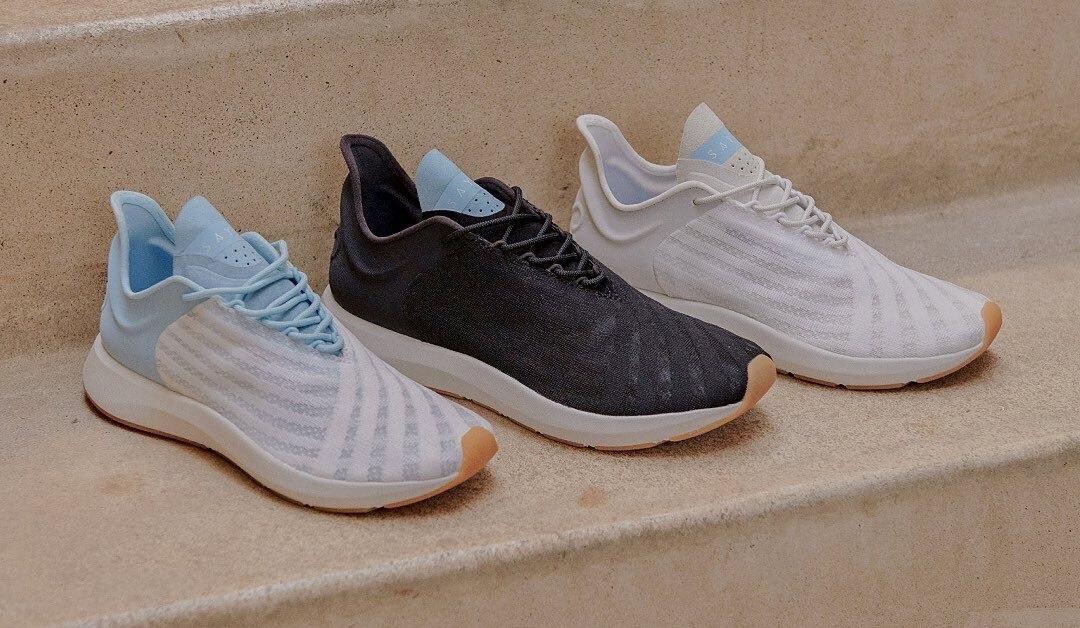
Since the split with Nike, Felix has become an activist for maternal protection for female athletes and for inequities for Black mothers in the health care system.
"No woman should have to choose between being a professional and being a Mother. Now, because of that fight, sponsorship contracts look different for a lot of athletes," Felix wrote on Instagram.
She continued: "During my pregnancy, I had complications. And I realized I needed to use my voice to bring awareness to another injustice: a racial injustice in our healthcase system. I spoke to the United States Congress about my experience — and I continue to use my words for change."
Saysh is a shoe brand designed "for and by women," the website reads. The Saysh One sneaker is for sale at $150.
(11/16/2021) ⚡AMPby Edward Sutelan
What is the best temperature to run a Marathon
It’s no secret that extreme temperatures impact performance in distance running, and anyone who’s gone for a run on a hot summer day can attest to that. We saw the effects of high temperatures very clearly this year, as dozens of athletes dropped out of the Olympic marathon in the extreme heat of Sapporo. You could also see the effects of temperature this fall at both the Chicago and Berlin marathons, which turned out to be much warmer than in previous years. But just how much does temperature affect marathon performance? Researchers in Europe recently analyzed thousands of race results to determine which temperature is best to run a fast marathon, and at what point the temperature starts to slow you down.
The best marathon temperature is…
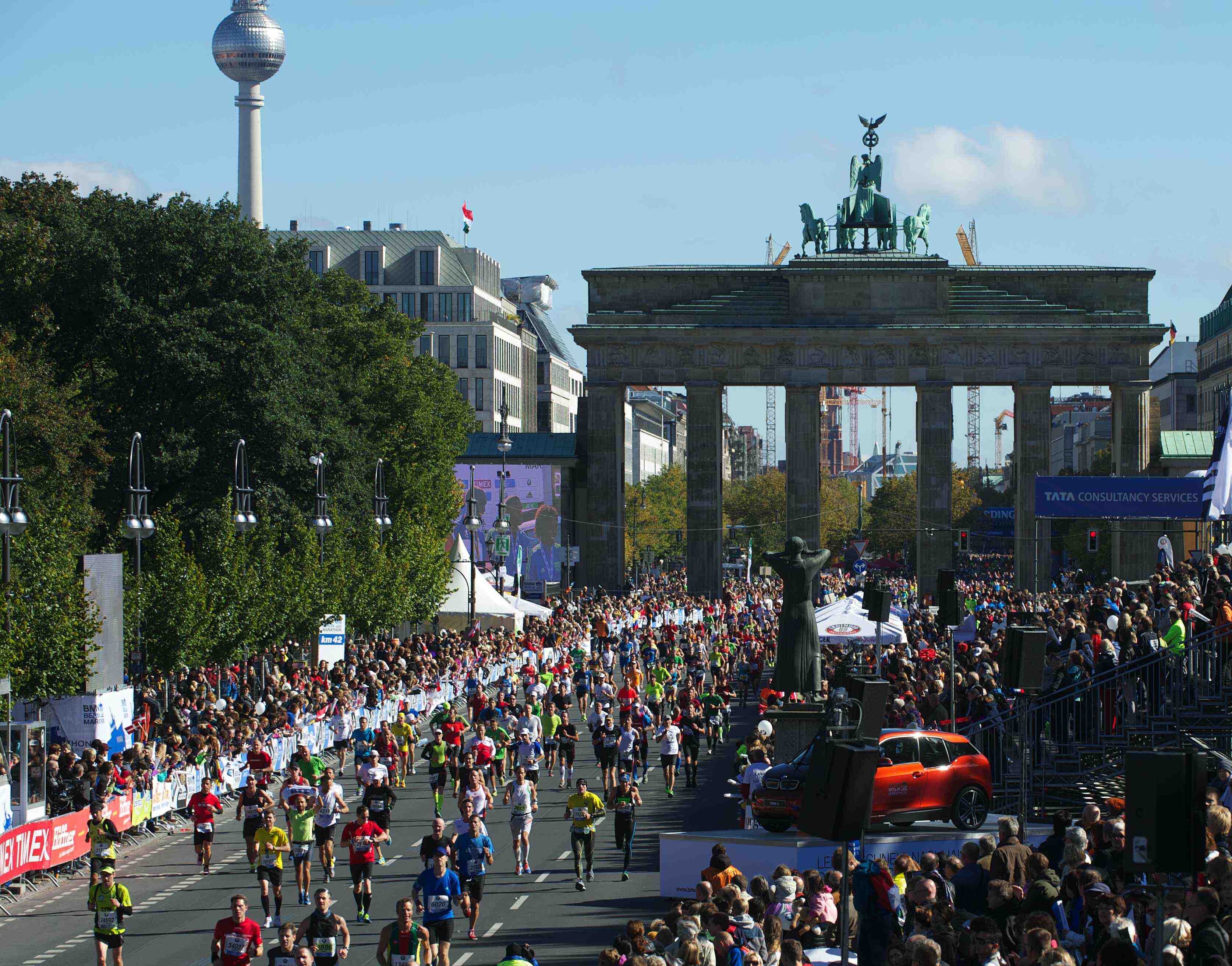
According to the researchers, if you want to run a fast marathon, you should do it on a day that’s between 50 F and 62 F (10-17.5 C). Any hotter than that, and things start to go south. They determined this number from analyzing 1,258 races held between 1936 and 2019 (including the marathon, 50 km race-walk, 20 km race-walk, 10,000 m, 5,000 m and 3,000 m steeplechase) and comparing the results with the meteorological data from nearby weather stations.
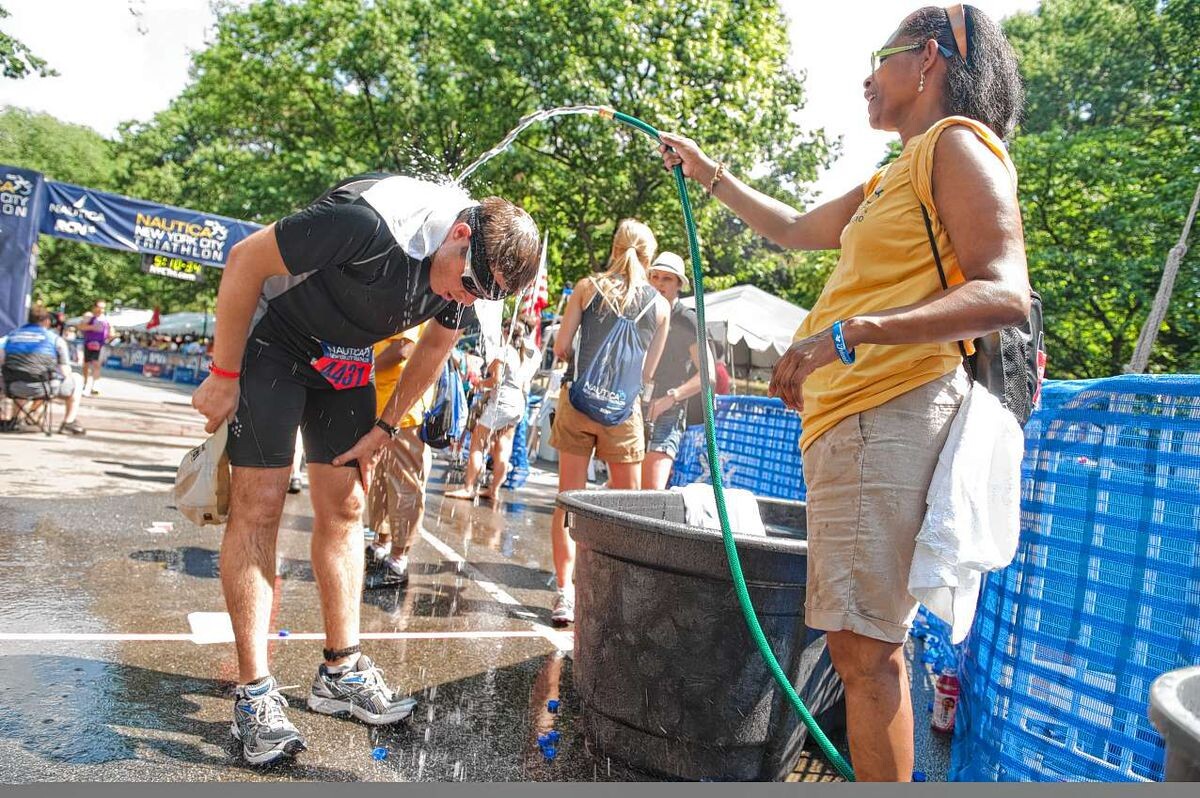
For every degree outside the ideal temperature range, performance declined by about 0.3 to 0.4 per cent. The researchers pointed out that more than one-quarter of the races they analyzed were held in moderate, high or extreme heat, and this number increased to half when you removed marathons from the analysis.
Of course, you can’t control what the weather does on race day, and even a fall marathon has the potential to be hotter than expected, as we saw during this year’s racing season. A warmer day doesn’t mean you can’t perform well, but it’s important to understand how the heat affects performance and health, and adjust your race day expectations when the temperature spikes.
(11/15/2021) ⚡AMPby Brittany Hambleton
Ben True had never run further than 24 miles before finishing seventh at New York City Marathon
Ben True had never run a distance of 26.2 miles before. He didn’t do too badly for a novice.
True finished seventh in the New York City Marathon with a time of 2:12:53.
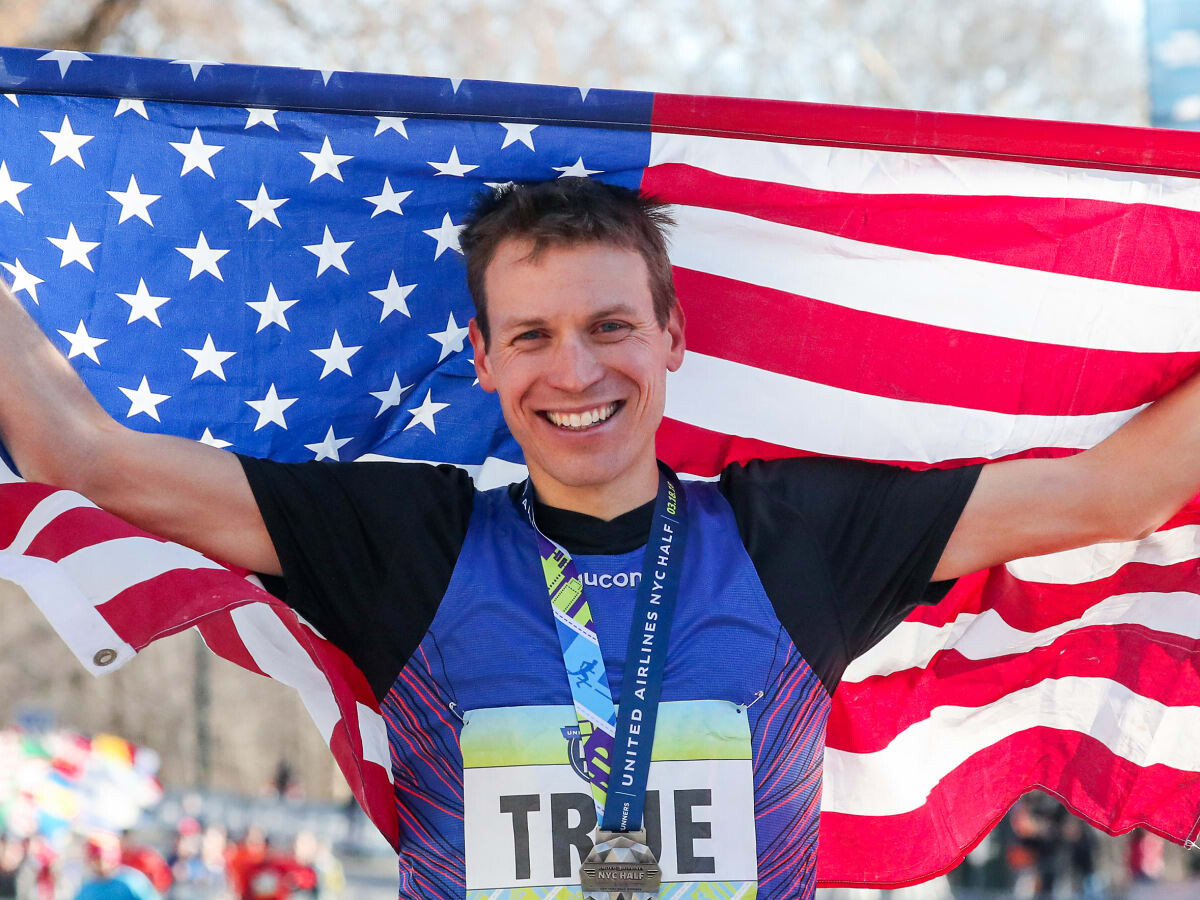
Most people might think that coming in seventh in one of the biggest marathons in the world — 25,010 runners finished the race this year, and in the past it’s seen twice that — is a jaw-dropping feat, especially for someone who says the longest distance he’d run before Nov. 7 is “probably” 24 miles.
Yet, when asked if he’d surprised himself, True said he isn’t satisfied with his performance.
“Actually, I was slightly disappointed,” True reflected five days later. He was also the No. 2-ranked American to finish.
“I think I took things a little too conservatively,” he judged, explaining that he held himself back a mile to a mile and a half too long before accelerating to run the last 6 miles to the finish. “I didn’t go fast enough.”
The Upper Valley is home to notable Olympians and elite athletes — Norwich is known for being a “cradle” for Olympic athletes — and True, like many of them, initially came to the area to study at Dartmouth College, where he graduated with a major in art history in 2009. He was the first student in the Ivy League school’s history to break the four-minute mile and earned All-American honors in cross country running, outdoor track and field and Nordic skiing.
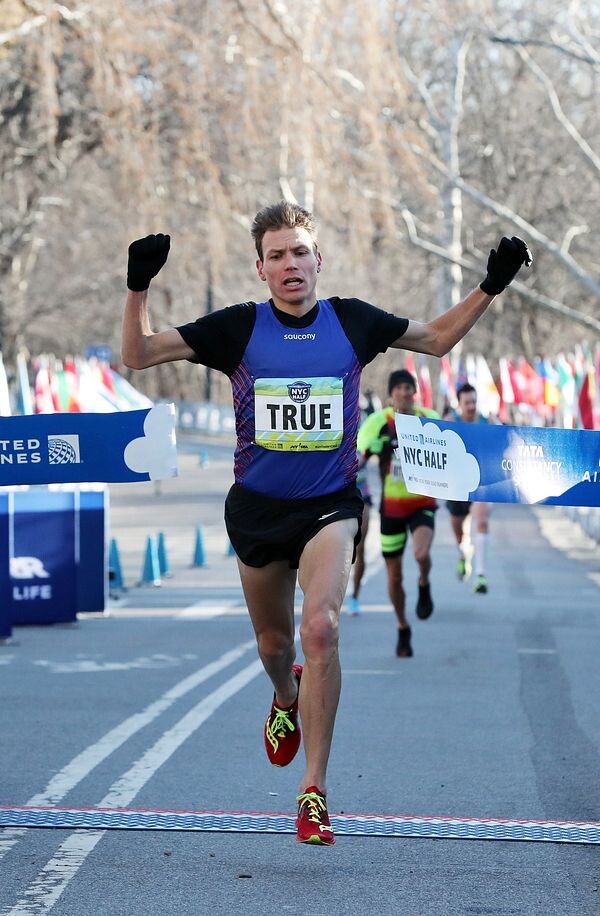
Growing up in North Yarmouth, Maine, True was known since his teens at Greely High School as a champion runner and skier in the state. He chose Dartmouth over Stanford, he said, because “the area and campus were much more to my liking, and I wanted to continue both running and skiing.”
Ben True is by his own acknowledgement an athlete who has traditionally trained alone and chosen to live apart from the running meccas of Colorado or Oregon.
For a brief spell after college, True tried living in Eugene, Ore., where he joined the Oregon Track Club, but it didn’t suit him.
“I’m a pretty big homebody. I like the Northeast more,” he said.
Until he made his marathon debut, True’s running career has been focused on competing and racking up national and global wins in 5,000-meter and 10,000-meter track races and 5K and 10K road races. But shorter-distance events exact a toll on an athlete’s body that becomes more problematic with age.
“Training for the 5K was wearing on my body a lot and tiring me out, really stressing my nervous system, all that speed work,” the 35-year-old said. “So it seemed like an appropriate time to take on the challenge of marathon running, which frequently draws people in their 30s and 40s as it is less impactful on the body.
“It was the right time to move up to the longer distance,” True assessed.
True said he chose New York for his first marathon rather than one of the other big destinations such as Boston, London or Tokyo because he had run a half-marathon there in 2019 — placing 10th at 1:02:56 — and because New York Road Runners, the organization that produces the NYC Marathon, in past years had invited True to ride in the lead vehicle at the head of the race.
“I’ve always had a lot of success in New York,” True said. “It just seemed the right place to run my first marathon.”
Despite what has been described as his “lone wolf” training regimen — his former sponsor Saucony even made it the theme of a YouTube campaign — True recruited two other running partners: Dan Curts, an Iowa State standout, and Fred Huxham, an All-American from University of Washington, who both relocated to Norwich, where they helped True to train for the marathon.
“I used to do the majority of my training starting from my house,” True said, explaining his normal routine, which began with a 12-mile run at 10 a.m. and ended with a 5-mile run at 6 p.m. But since Curts, a year ago, and Huxham, six months ago, became part of his running pod, “we tend to meet someplace, like West Windsor, Orford, Enfield, South Strafford, running mostly on dirt roads.”
In addition to the average 120 miles per week that True would run in training for the marathon, the trio have formed a running club — Northwoods Athletics— with an eye to supporting professional runners and a weekly open invitation running group, Tour de Woodstock, for recreational runs on the weekend.
The Tour de Woodstock, which began last fall with 10 people and now has a core posse of about 15 and some weekends attracts double that, meets at East End Park on Pleasant Street in Woodstock, NH and is meant to include runners of all levels and abilities who can break off into smaller groups if they want to.
They gather at an eating spot for waffles afterward.
The mission, according to True, is to inspire people to run by providing a social element that will motivate them to enjoy the sport more.
“We had our first bonfire potluck lunch at a member’s house” two weeks ago, he said.
Northwoods Athletics is still in a formative stage — the website only recently went up — but True said one of its purposes will be to find a new economic model to train and support professional runners.
At present, professional runners are largely sponsored by athletic shoe companies, whose terms often preclude athletes and athletic clubs from accepting other sponsors. That makes athletes rely upon a single sponsor, which can have devastating impact when a contract is not renewed.
True said Northwoods Athletics wants to develop new avenues to pay runners, perhaps through contracting with employers to manage a running program for the company’s employees, similar to a company-sponsored health club membership, which would also in turn identify the company as a sponsor of the athlete.
True also hopes to see Northwoods Athletics as a vehicle to make the Upper Valley a hub for runners, at least during the nonwinter seasons. (True himself has spent winters training in Charlottesville, Va., and Boulder, Colo.)
“One of the reasons I’ve done my training alone is that I’m here, but there are not many people here,” he said.
“We’re hoping to add a few more guys to get a critical mass and a women’s team, too,” True said.
As for when True plans to run his next marathon — he doesn’t know. He is still undecided whether he will train for another track season, and if he does, then it would conflict with the time and technique required to train for a long-distance running.
In either case, True said he does not need to make that decision until January.
“So I have some time,” he said.
(11/15/2021) ⚡AMPby John Lippman
TCS New York City Marathon
The first New York City Marathon, organized in 1970 by Fred Lebow and Vince Chiappetta, was held entirely in Central Park. Of 127 entrants, only 55 men finished; the sole female entrant dropped out due to illness. Winners were given inexpensive wristwatches and recycled baseball and bowling trophies. The entry fee was $1 and the total event budget...
more...Meet Wrinkle, the Running Duck of the New York City Marathon
This famous fowl surprised and delighted spectators—but how did she get there?
By now, you’ve probably seen videos on your social media timelines of an enthusiastic, semi-aquatic bird galloping down the closed-down streets of the Big Apple, winning the hearts of New York City Marathon spectators.

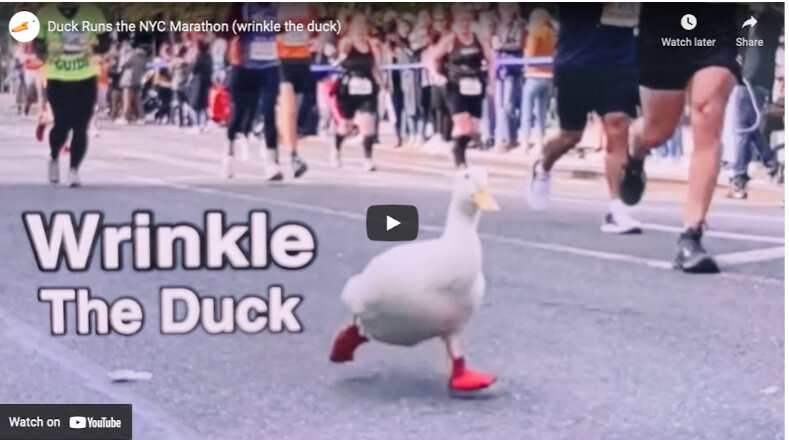
The white pekin’s name is Wrinkle Five Star, better known as A Wrinkle in Time: The Time Traveling Duck—or just Wrinkle, for short. A recent TikTok featuring her marathon run racked up nearly 8 million views (as of November 12), making her an overnight sensation and arguably one of the biggest highlights at the 50th running of the NYC Marathon.
As one commenter on YouTube said about Wrinkle’s performance: “Such determination, will and strength. Look at those webbers flattening the concrete, he quacks with resilience, what a marvelous duck.”
Here at Runner’s World, we were impressed with the fowl’s dedication to running and her custom-made shoes for her duck feet. We also needed to know... just how far did Wrinkle run?
To find out, we spoke to her adopted parents, Justin Wood and Joyce Kung—who operate the Justin Wood Circus Variety Show—about just who this famous quacker is and how she became the sensation of the New York City Marathon.
It all started in California. Wood and Kung bought six eggs in hopes of hatching some ducks to implement into their circus arts. Neither of them had experience hatching eggs before, but they were up for the challenge—especially if it meant adding a unique piece to their performance.
“I haven’t seen any trained ducks,” Wood said. “So, I figured it might be very difficult. Too difficult, like you couldn’t really do it. But I might as well give it a shot.”
Wrinkle hatched from her egg on September 9, 2020, in Louisville, Kentucky. Wood and Kung immediately began training her. They needed her to imprint on them—that is, to attach to them emotionally and gain its sense of species identity from them.
As a chick, Wrinkle would follow Wood and Kung around, an instinct for baby ducks. They intended to keep that up through adulthood, as they were planning to have her specialize in parading behind them as they juggle or perform other acts.
During training, they noticed something special. “She has very good endurance in walking and running,” Kung said. “And we just figured [out] a good way to display it.”
Wood is also a content creator, sharing numerous videos across YouTube and TikTok. He’d been making videos for years, but when live performances weren’t happening because of COVID-19, he focused on his online presence. TikToks showing him juggling and yoyo-ing saw some success, but he felt those acts didn’t translate as well to the internet as they do in person.
But Wrinkle resonated with viewers. On September 17, 2020, just days after she was hatched, Wrinkle showed off her running skills on TikTok for the first time. The little yellow chick sprinted across a checkered blanket toward the camera as “Let’s Link” by WhoHeem played in the background. That gave Wood and Kung an idea.
“When we meet people on the street, they’re always surprised and they care about the duck,” Kung said. “But on the internet, it’s harder for people to personally care about this animal. So we really wanted to make her a personality, like you recognize her as ‘the running duck’ or ‘the traveling duck.’”
Soon, videos of Wrinkle running back and forth, jogging around New York City, and scurrying through dark corridors were garnering thousands of views and scooping up new fans. She also performed in-person, marching a 1.4-mile long Halloween Parade in the Bronx. After that feat of endurance, Wood and Kung knew she was ready for a bigger challenge—the New York City Marathon.
First, Wood and Kung needed to make sure Wrinkle could safely run on pavement. Many ducks suffer from a condition called bumblefoot—a bacterial infection caused by walking or running on rough surfaces. Their solution? Make her a pair of shoes.
Wood and Kung fashioned booties out of a scuba-gear-like material that’s soft, easy to wash, and waterproof. “Everyone’s asking about the shoes,” Wood said. “So we’re looking into trying to mass produce them and put them out there.”
Fully equipped, Wrinkle took to Lafayette Street in the Bed-Stuy neighborhood of Brooklyn on November 7, ready to take on part in the race. Wood and Kung let her out on less populated parts of course, and she did what she does best: run.
“We weren’t sure if we were allowed to do it,” Kung said. So to be safe and mindful of the runners, Wrinkle would run a block and stop for water, totaling three blocks—about a half mile in total distance. (While she’s all over social media, we couldn’t find Wrinkle’s Strava account to confirm the distance.) Marathon spectators watched with dropped jaws, scrambling to grab their phones to take photos.
Wrinkle wasn’t phased by the crowd reaction; she was used to it at that point from wandering New York with her parents. But on a historic day like the 50th running of the NYC Marathon, Wrinkle was a special addition to an already magical day. “Wrinkle always puts people in a good mood,” Wood said.
Sure, Wrinkle didn’t run the whole marathon. While a half mile might not seem much at all to a distance runner, it’s a long way to run for young running duck.
Unphased, Wood and Kung are completely sure that Wrinkle can go much farther. “She’s only 1 year old,” Kung said. “She’s going to have a lot of potential.”
If you’re hungry for more Wrinkle, she is featured in New York City art show, which will run from November 13 to December 9.
(11/14/2021) ⚡AMPby Runner’s World
Chelsea Clinton on Her First NYC Marathon: “The Day Was Incredible!”
After 20 years as a dedicated runner, she took on her first marathon through the five boroughs on November 7.
For years, the New York City Marathon has been a popular race for high-profile runners looking to take on the challenge of 26.2 miles. But one such notable athlete kept her presence in the 2021 race under wraps until she crossed the finish line.
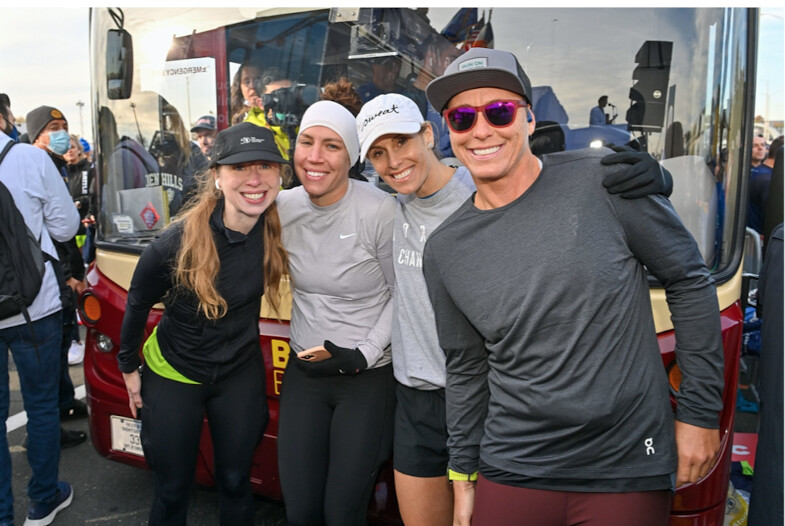
Chelsea Clinton, 41—who is vice chair of the Clinton Foundation, teaches at Columbia University’s Mailman School of Public Health, and has authored several books for young readers—finished in 3:59:09. She averaged 9:08 pace (with half marathon splits of 1:50:27 and 2:08:42) and got in under the 4-hour barrier she had set as a goal for herself.
Her parents, Bill Clinton and Hillary Rodham Clinton, the 42nd president and the secretary of state during the Obama administration, met her at the finish line.
Clinton, still sore from the race, spoke to Runner’s World on November 10 about her experience running through the five boroughs. She discussed her training, an inopportune injury, and the conversations she and her husband, Marc Mezvinsky, had with their three children, ages 7, 5, and 2, about the effort it took to train for and finish the race. This interview had been condensed.
Runner’s World: When did you get the idea that you wanted to try a marathon?
Chelsea Clinton: Last year I turned 40. I had always thought about doing the New York City Marathon. When I turned 40 and thought, “I should do it.” But we didn’t have the marathon last year.
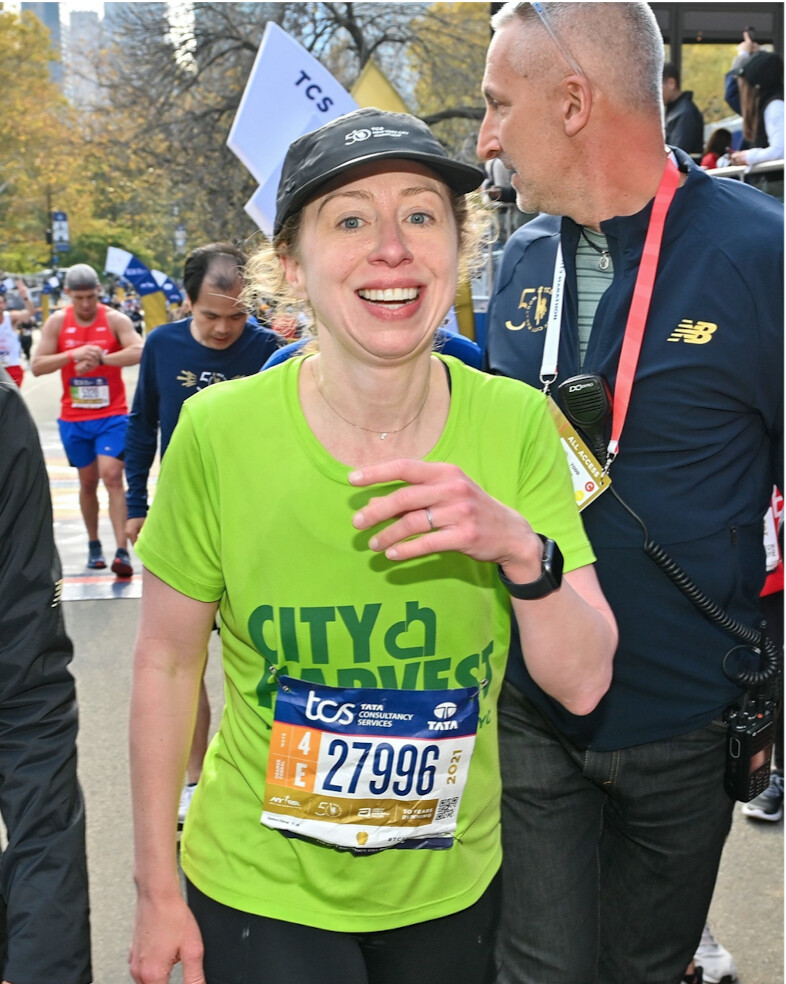
And so I was so thankful to have the chance to run the 50th running of the marathon. I’ve lived in New York City for 18 years, and most of those years I’ve cheered on the runners I don’t know and the runners I do know in the marathon.
How long have you been a runner?
I ran a little bit with my dad when I was in junior high and high school, but I didn’t really start running until I went to Stanford. I think just because it was so beautiful, and I had a lot of friends who had been runners. I’ve run, goodness, the last 20 some odd years.
When did you start training specifically for New York?
I started training four months before. I knew that I needed to train. I’d never run anything close to that distance.
Did you have a coach or a plan?
I did, and I’m not just saying this to you because you’re interviewing me. I looked at lots of different plans and some of them recommended running four days a week. I actually used the Runner’s World Sub-4-Hour Marathon Plan, which was five days a week.
I followed it really diligently until I tripped and fell [during speedwork on the treadmill] six weeks before the marathon. There’s no good story.
I wrenched my left foot and I bruised the bone and strained a tendon and thankfully have a really wonderful doctor and a great physical therapist, and I’ve never iced a body part as much as I’ve iced that left foot for the six weeks before the marathon. It got a lot of TLC of the cold variety.
I had to take three weeks off running totally. I biked and I did other things. I then kind of had to sort of feel out what I thought the best answer would be for the next couple of weeks to get back to hopefully marathon readiness. Thankfully, I was ready by the time Sunday came.
When do you train? Are you a morning runner?
Yes, I love running in the mornings. The long runs I would do on Sundays. I’m so thankful to my husband for keeping our children occupied while I was gone for increasingly longer runs over the months.
I like running all over New York City. I’ve seen so many different aspects of New York City I don’t know if I ever would have been able to see if I weren’t a runner, the different neighborhoods I could make it to. I love watching the city wake up.
There were a couple of days when it was 88, 90 degrees and I did revert to the treadmill. I found running in heat challenging.
Had you planned to run at an even pace to break 4 hours?
At the beginning I was running faster than I had planned—I was like, oh, gosh, I’m falling into the trap that all my friends who have run lots of marathons told me not to fall into, with the adrenaline. But I just have to enjoy this moment. And this is what’s enabling me to enjoy this moment. I just made the calculation, when I was in Brooklyn, that this is what feels right to me now. I want to soak in this experience, and I hope I’ll have enough left in me to still make it in under four hours. I did. With 51 seconds to spare.
I have to be honest, I didn’t quite follow my running plan on the day, but I think all the training and feeling in my body, what a 9-minute mile felt like, enabled me to adjust and still make my goal.
How was the day for you?
The day was incredible. It was even more of an amazing experience than whatever I had hoped or imagined it to be, the enthusiasm and the borough pride. I loved being in Brooklyn. Everyone was like, “We love Brooklyn!” [I’m thinking] I love Brooklyn. We made it to Queens and Queens was like, “We’re the best!” Yes, Queens is the best. You get to the Bronx and it’s like, “You’re not here for very long, but we are memorable.” I think, yes, I love the Bronx.
You get back into Manhattan and you’re like, ohmigod, I still have six miles to go.
Did you see a lot of people you knew along the course? And did your husband and kids see you?
It was just wonderful and I had friends that I saw all throughout the race and that just made it so much fun.
But really the most special moments were when I saw my kids. They made it to two different places and Marc was there at the finish line. They were so proud and so excited. They made me the cutest signs. My daughter yelled so loudly she was hoarse that night.
I am so proud that my kids saw their mom set a goal and beat that goal. We had lots of conversations, because initially they were like, “Mom you’re going to try so hard and you’re going to win.”
And I’m like, “No. I’m going to try so hard and I’m going to finish.”
They said, “But you can win, Mom.”
“I can’t win. If I work really hard, hopefully I can finish in about twice the time that people who are going to win finish in.”
And there were all these wonderful conversations around, we can do hard things at different points in our lives. Sometimes it really is about the effort toward those hard things and enjoying the effort and enjoying the event and it’s often not about winning.
My 2-year-old didn’t really understand what was going on. On Sunday night he was like, “No like wide races. Mama gone too long.”
“Oh yes, I’m sorry, sweetheart. Mama was gone too long today in the wide race.”
Had you planned to run with former pro soccer player Abby Wambach?
We knew that each other was running. I think we were just surprised we saw each other at the start and it was so nice. I adore and respect and love Abby, and it was so nice to share a little bit of that experience with her. But definitely after mile 11, I was like, I cannot keep up with the Olympian. I need to slow down a little bit or I will hit the wall. It was an unexpected gift at the moment.
Did you hit any rough patches?
I think that the bridges were harder than I had thought. The last six miles were challenging. But worth it.
You were running for City Harvest, which works on hunger issues in New York?
I was. I definitely saw people cheering on City Harvest. It was also really nice how often I would see people who were there for Every Mother Counts or Juvenile Diabetes Research Foundation and the other organizations. People were cheering on everyone who was in identifiable nonprofit shirts that ran by. There was so much support for those of us who were running for a cause.
Were you recognized by strangers?
Yes. And everyone was so nice. As I got slower, around 21, 22, 23, 24, I would run by and I would hear shouts behind me, “Go, Chelsea!” and I would turn back and be like, “Thank you!”
Were you doing the calculations at that point to figure out how slow you could go and still break the four-hour mark?
Yes. When I had run more quickly than I had realized for the first half, I was doing the math in my head, how slowly can I run in the moments when I know this is going to be really hard and then what will I need to do toward the end? I kept constantly recalibrating. And then, going up 5th Avenue, I could feel myself slowing more and thought, “Oh no, I hope I didn’t miscalculate.” And then I got into Central Park and the energy really helped carry me through.
Your parents seemed really proud of you.
Ohmigosh, so excited. I was nervous because of my injury, like oh, gosh, I hope I can make it. I actually called my mom at mile 11. I’m sure this is like breaking some sort of marathon protocol. I probably shouldn’t have called her, but I called her like, “I”m going to make it. You have to come.” She was like, “We’ll be there.” I was like, “Okay!” She was like, “Wait, aren’t you running?” ... “I am.”
Did you enjoy the signs people held?
So many funny signs. And so many, “Go random stranger” signs. I was like, “Yes, I’m a random stranger. Thank you!” Lots of signs supporting moms, which was great, like, if you gave birth to a child, you can do this. “Yes, I’ve given birth to three, I can.”
What kind of shoes do you wear?
I run in Brooks [Adrenaline GTS 21]. I’ve tried lots of different shoes. I have been dedicated to those shoes.
Are you hooked on marathons now or are you saying, “Never again?”
Well, I have to say I finished and I thought, “That was amazing. I want to do another one.” And then Sunday night I was like, “Ohmigosh, I’m so sore. How could I ever do this again?” We’re talking now and it’s Wednesday and I’m like, “I could totally do it again.” It’s a little bit like having children. It is something I would love to be able to do again
If I do it again, though, I would want to have a coach or friend. As extraordinary as it was and as much as I loved doing it as a New Yorker in New York City, it would have been nice to share the experience with someone. I said, “Marc, what do you think?” He said, “I love you so much. I’ll cheer harder next year. I’ll try to be in even more places.”
Hopefully I have some friends I can persuade.
(11/14/2021) ⚡AMPby Runner’s World
Jocelyn Rivas Just Ran Her 100th Marathon—All Before She Turned 25
Now the youngest person to run 100 marathons, Dreamer Jocelyn Rivas recently finished her hundredth at the Los Angeles Marathon.
Jocelyn Rivas has been running marathons since she was 17. On Sunday, the 24-year-old ran her 100th at the Los Angeles Marathon. This makes her the youngest runner to complete 100 marathons, pending verification by Guinness World Records. It also makes her the youngest Latina to accomplish this feat—something she’s proud of, as a Dreamer who came to the U.S. from El Salvador when she was six.
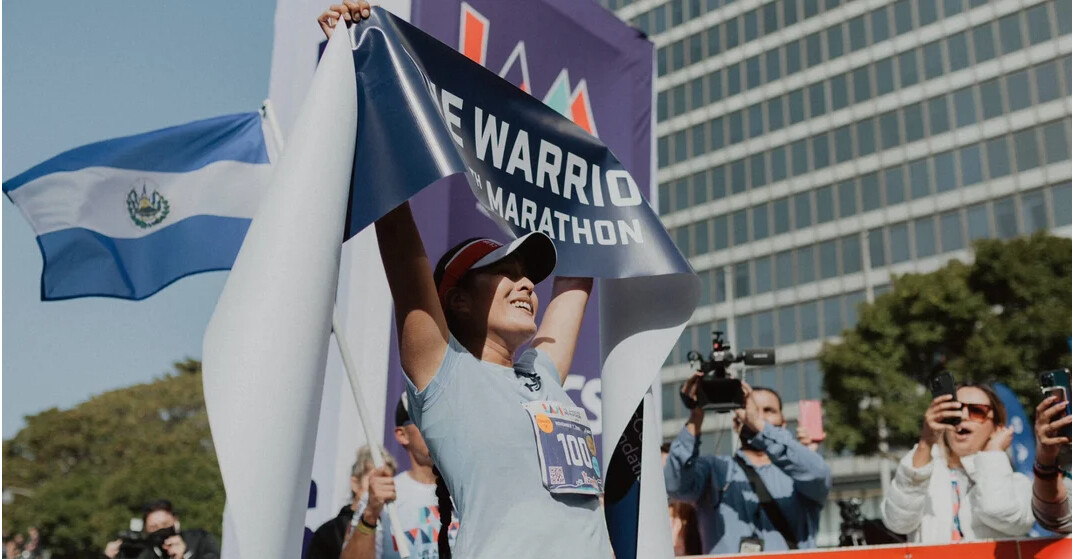
Rivas was born in El Salvador with health problems so severe her mother was told she would never walk normally. She never found out what exactly the cause was, but she did start walking normally when she was a kid, and then she took up marathon running when she was in high school, as part of the Students Run LA program.
Since then, she has run marathons in 19 states, and she once ran six marathons in nine days. Her first marathon was the Los Angeles Marathon, so running it again as her 100th marathon has been coming full circle.
Rivas spoke with Women’s Running about how she got into running, why she decided to take on 100 marathons, and what it was like to cross the finish line in Los Angeles.
Women’s Running: You ran your first marathon with Students Run LA when you were in high school, but were you a runner before that?
Jocelyn Rivas: When I started with Students Run LA, it was the first time I had run. You could say I had done the one mile because that’s required for [Los Angeles Unified School District] high school kids. That was the only thing I had done.
The reason I started running was I came out to the 2013 L.A. Marathon to support my friends who were running. I saw everyone running, from kids to adults who are in their 70s, and I was like, why am I not out there? What’s preventing me from being out there? I got inspired by those people, complete strangers, and then I was like, I want to run a marathon.
WR: What was it like to go from no running to training for such a long distance?
JR: Students Run LA helps high school students train for a marathon in six months. In the beginning, it was a bit difficult because my mom didn’t want me to run a marathon. The reason was because I was born with a broken back, neck, and feet. So I have always had a lot of back pain and neck pain, and she just didn’t want those things to become worse. But I wanted to run a marathon. I knew I could do it.
Essentially, I was like: You know what, I’m gonna do this, just to prove her wrong, just to prove I could run a marathon. But when I crossed that finish line, I realized I love running. My mom was the motivation, but I ended up falling in love with running.
WR: How did you recover from those injuries as a young child?
JR: The resources in El Salvador were kind of limited. My mom was also very poor—she barely even had money to feed me, so she wasn’t able to take me to a specialist. But she took me to physical therapy that was free. My feet were completely turned around to the outside, instead of straight, and then my back, my spinal cord, was not straight at all. I was like that for several months until, I guess with therapy and everything, my body started to get back together little by little. My mom says it was a miracle, because they told her I most likely wouldn’t be able to walk normally. My sister says it took me a while to start walking. I was slower than most kids. And she says after three or four years, I was fine.
WR: Have you had to deal with that back and neck pain in your running?
JR: Yes. I actually asked my teammates: Are you feeling back pain? They said no, we’re not feeling anything at all. That’s how I realized, with my back pain and my neck pain, I was going to have to dedicate a lot of myself to running. I do a lot of recovery. After every single run, I do scraping, I do tape, I massage myself. Sometimes I do cryotherapy.
WR: What inspired you to run 100 marathons?
JR: In 2017, I was in a very bad place. I’m a Dreamer—I’m a DACA [Deferred Action for Childhood Arrivals] recipient. The Trump administration had just announced that they were going to take it off, meaning that I’d lose the potential of renewing, I would be undocumented again, and I would definitely lose my job and not be able to continue going to college. I was going to lose everything I had worked so hard for, and I really wanted to do it to showcase that Dreamers are here to do something good. We love this country as much as every American—we just don’t have the papers. We came here as young kids, and we grew up in American culture. My biggest thing was, I don’t think many people could put a face to Dreamers. They think negative things about us. I wanted them to see the face of a Dreamer and be like, this is just one Dreamer, and there’s thousands of Dreamers just like her, just wanting to follow their dreams. So it started with that.
But in 2019, at marathon 25 [after the Trump administration’s efforts were blocked], I needed a new “why”—something that would carry me through when I’m in my darkest places, when I’m running those marathons and I just feel like I can’t keep going anymore. And that’s when it came to me: I want to do this to inspire my community, to inspire women. Growing up, I never had anyone to look up to, athletic-wise, who I could identify as a Latina who could do this. I was just like: I want to be that person, or at least inspire my community to get out there to chase their dreams, or start the journey, whatever that is. Running all these marathons has made me realize that nothing is impossible in this world. If you want something in life, go chase it, go get it.
WR: What challenges have you faced along the way?
JR: When I was running these marathons, I was trying to get a PR, I was trying to run faster every single time. And I was getting injured. I had a lot of shin splints on both legs, and then here and there, I sometimes deal with IT band injuries. How am I going to make it if I’m so injured and I’m barely in my early 20s? That’s when I reached out to Julie Weiss, who had done 52 marathons in 52 weeks, so she had a lot of knowledge. She said, you’ve gotta go slower. I told her the times I was finishing, and she’s like, no, you’ve gotta run an hour slower than what you typically run. Just take it easier. Enjoy the
journey. Take photos. Forget about PRs right now—you can do PRs after.
That took me to 100. If I would have kept running fast, fast, fast, trying my best to PR, there’s no way I would have made it to 100. I took her advice to take it slow and enjoy the races more and not to be so hard on myself.
WR: You’re running marathons so frequently, what is your training like?
JR: I really do not train like a normal person who’s training for a marathon. Since I’m running a marathon every weekend, I consider it my long run on Sundays. Monday and Tuesday, I take off completely, I just stretch and rest, and I do my usual thing—I work. Wednesdays after work, that’s when I go for my first run, like a 5k. Thursdays, I do maybe a 5k to 6 miles, depending on how my body’s feeling. On Fridays, I do another maybe four miles, and then Saturday, I do a 5k or don’t run at all. It’s very low mileage, roughly in the 40s with the marathon included.
WR: Do you have any advice for other young women who want to go after big running goals?
JR: All it takes is for you to believe in yourself. I always say, the only person that could stop you is you. I truly got inspired by my community, so this didn’t happen by itself. But if you believe in yourself, you know what you can do, and you know how far you can go in life.
WR: What kind of reaction have you gotten from people in your community?
JR: It’s been amazing, they’re all super supportive—I’m representing South Central L.A. I grew up very poor, with very limited resources. But I got lucky with Students Run LA. And I think they saw me as a 17-year-old, and then they just kept seeing me going and going, and now I’m at 100. There’s so many Students Run LA kids here, and I think they’re also getting inspired, with all the girls who have reached out to me. I honestly can’t even believe it. I’m still trying to process it.
WR: Overall, what would you say you get out of running?
JR: I found my passion. Whenever I’m having a stressful day, I just know if I go for a run, I come back and I am the happiest person ever—it releases all my stress. It makes me feel so confident, so empowered, so strong, and makes me feel beautiful and alive. It is like nothing else. I’m still someone who’s very young, still learning about the world, and still trying to grow in every aspect of life. And having that sense that I could be 100% myself and love myself when I’m running, it definitely has helped me so much in my personal life and in my career.
WR: The Los Angeles Marathon was your first marathon as well as your hundredth. How do you feel about that?
JR: I love the L.A. marathon. This whole time, I’ve been doing back-to-back marathons so I could get L.A. to be my hundredth marathon. And so having accomplished this, after how many flights got canceled, how many marathons, how much I cried and stressed, knowing that I was able to get to 100 at L.A. is literally a dream come true. I wanted to finish here, in the community that molded me to who I am today.
WR: How did the L.A. Marathon go?
JR: I felt like it’s just another marathon until I got to the starting line and thought, oh my god, this is my hundredth. I teared up a bit. Throughout the race, again, I thought, oh, it’s just another marathon. And once I hit mile 23, that’s when I started feeling it. So many people were out there cheering me. It was amazing. At the finish line, they had a ribbon that said “The Warrior—100th Marathon” for me.
WR: What’s next? Are you going to take a break from marathon running?
JR: I want to, but I am doing a marathon the following weekend. I will try to PR, and we’ll see if it happens. I’m gonna try to do a few more marathons just to make sure that the record stays with me, because I’m still getting certified. All the races I did were USATF certified—that was one of the requirements from Guinness World Records. I have everything documented, but I’m just going to do maybe five or eight more marathons to make sure the title stays with me.
After that, I am going to take a break. Probably five or six months into physical therapy, I’ll try to get my body to come back stronger. Because the end goal is I want to run a 100 miler—I do want to become an ultramarathoner. And if I do that 100 miler and I crush it, or at least I survive, I want to try to go for maybe Badwater.
(11/14/2021) ⚡AMPby Women’s Running
World Championships Oregon22 marathon course revealed
The marathon course for the World Athletics Championships Oregon22 has been revealed by the local organising committee (LOC) for the event. Spectators will be able to line the course and experience the world-class competition for free.
The men’s and women’s marathons, taking place on 17 and 18 July 2022, will be contested on a mostly flat 14km looped course that will run through Eugene and Springfield. Athletes will start and finish in front of the University of Oregon’s Autzen Stadium.
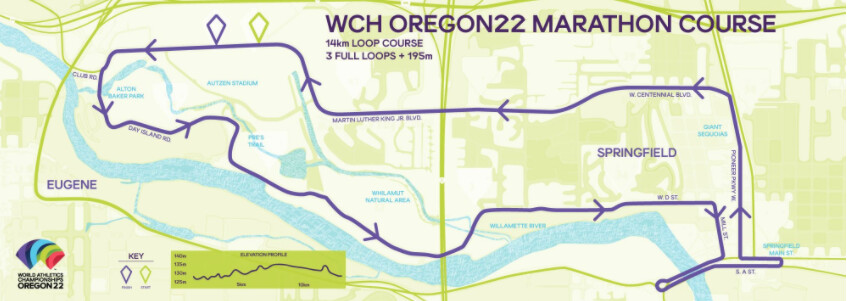
“The opportunity to run a marathon at a World Athletics Championships right here on US soil would be an experience of a lifetime,” said Emma Bates, second place finisher and top US woman at the 2021 Chicago Marathon. “The looped course gives runners the ability to learn and adapt as the race develops, and I think that will result in some fantastic, strategic competition.”
The course follows long sections of the marathon route used for the 1972 and 1976 US Olympic Trials, while also showcasing the beauty and history of Oregon through the landmarks and landscapes of Eugene and Springfield.
“Our objective was to design a course that prioritises the athlete experience while honouring Oregon’s natural landscape, indigenous people, and long-held passion for running,” said WCH Oregon22 Road Events Course Manager Ian Dobson.
“As members of this community, we're proud to give the world’s best runners the opportunity to compete on a course that holds so much history and potential. These marathons will write a new chapter in Oregon’s running story, creating new legends in the footsteps of Frank Shorter, Jacqueline Hansen, Kenny Moore, Joan Benoit and countless others who raced these roads as they helped inspire and redefine what road racing could be – not only in the US, but globally.”
The loop begins on Martin Luther King, Jr. Boulevard, named after the American civil rights leader. From there, it moves into Alton Baker Park, a 413-acre natural area in Eugene.
While on Day Island Road within Alton Baker Park, the route will follow alongside Pre’s Trail. Designated as a City of Eugene historic landmark in 2019, Pre’s Trail is a bark running trail that celebrates University of Oregon track and field legend Steve Prefontaine.
Another feature of this part of the course are the Kalapuya Talking Stones. Showcased in the Whilamut Natural Area of Alton Baker Park, these 15 basalt stones are carved with Kalapuya words and their English translations.
The course will cross over the stunning Willamette River, considered the lifeblood of the Willamette Valley, and then move into the City of Springfield. Competitors will traverse Main Street before running beneath the canopy of a stretch of incredible giant sequoia trees.
The World Athletics Championships Oregon22 will be taking place 15–24 July 2022.
(11/14/2021) ⚡AMPby World Athletics
Tommy Rivers Puzey has been fighting for his life and on November 7 completed the New York City Marathon
In July 2020, the ultrarunning community was shocked to find out that Tommy Rivers Puzey had been diagnosed with primary pulmonary NK/T-cell lymphoma, a rare and aggressive cancer. Since then, Rivers Puzey, or Rivs, as his friends like to call him, has been fighting for his life, and it appears that he is winning. On Sunday November 7 the beloved ultramarathoner completed the New York City Marathon in 9:18:57, barely one year after taking his first steps after treatment.
Aside from being a well-known ultrarunner, Rivers Puzey is a father to three young girls and husband to his wife, Stephanie Catudal. He had been struggling with COVID-like symptoms for several weeks in an Arizona hospital when he finally received his diagnosis.
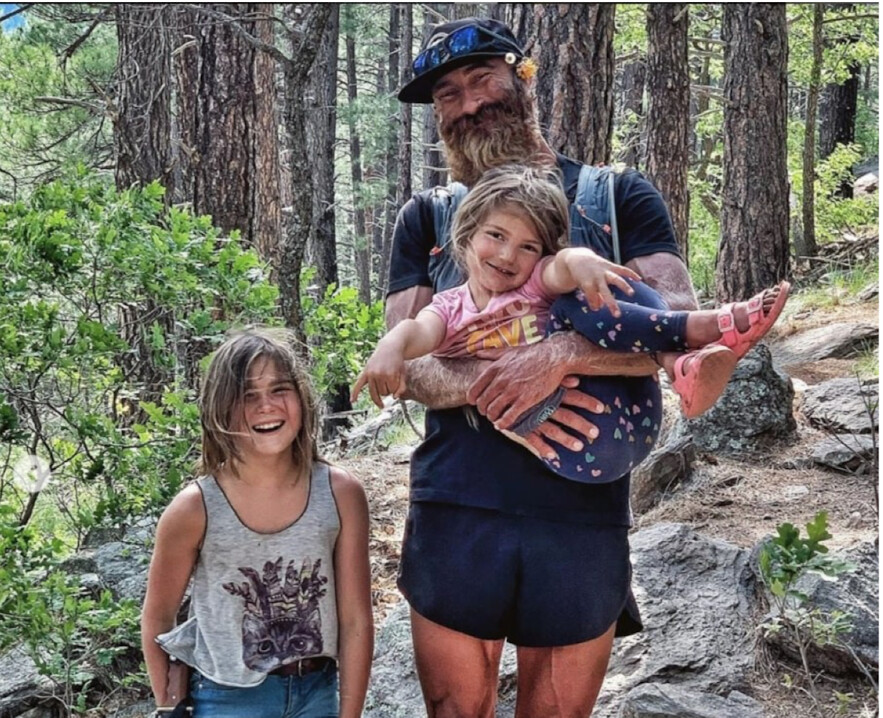
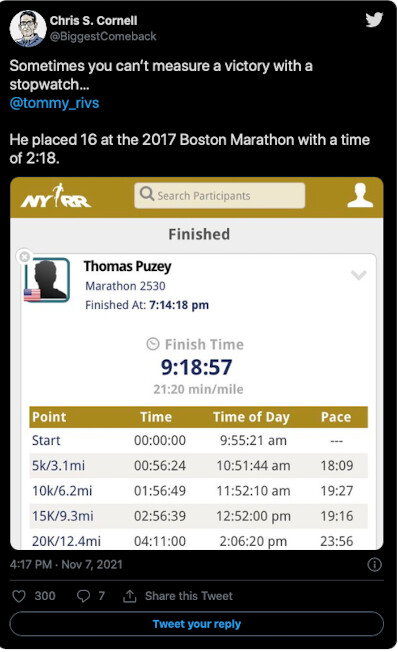
His condition deteriorated quickly, and by October, he had lost 70 pounds and was deemed ineligible for a bone marrow transplant because he was too frail. According to his Instagram, where he has been very open about the struggle he has gone through over the last year, his doctors did not expect him to make it. He spent five months in the hospital, underwent multiple surgeries, ventilatory intubation, an open-lung biopsy, collapsed lungs, internal bleeding, acute liver failure, deep vein thrombosis, ulcers, lung infections, septic blood infections and several other dangerous side effects. He had to re-learn how to talk, swallow, chew and move his limbs. After six rounds of chemotherapy, he was told by doctors that his cancer was in remission.
One year later, Rivers Puzey surprised his loyal followers when he announced he’d signed up for the New York City Marathon. He slowly made his way through the city’s five boroughs, smiling and high-fiving spectators as he went, and crossed the finish line in Central Park in complete darkness, after most of the crowd had already gone home. Once an aspiring U.S. Olympic Trials marathoner, he called completing the marathon “the single most difficult athletic achievement” he’s ever accomplished.
Rivers Puzey’s fight is not over yet. According to his Instagram, doctors have given him a 90 per cent chance that his cancer will return without a bone marrow transplant, so he is now working on building up his strength so his body will be able to handle another four to six rounds of chemotherapy, followed by a bone marrow transplant. For runners wishing to support him and his family, you can visit the GoFundMe page set up by his brother, Jacob Puzey, and others.
(11/13/2021) ⚡AMPby Running Magazine
Run the fast and flat Edinburgh Marathon - voted the fastest in the UK by Runners World and be part of Scotland's biggest running festival on May 2022
The Edinburgh marathon is one of the best events on the long-distance running calendar, and organisers were proud to announce it’s back in full swing following a COVID-19 hit year. A date is set, and crowds will be back running the course through the Scottish capital following the relaxation of UK coronavirus rules in the summer. Organisers, runners and fans are excited to see the return of what is a real favourite and one of the world’s most scenic marathons. It’s also another sign that Scottish sport is heading full steam towards recovery.
The Edinburgh Marathon Festival, with its full marathon, half marathon, relay, 10k, 5k and junior 5k, 2k, 1.5k and 1k, will take place in the gorgeous and historic city on 28 and 29 May 2022. Last year’s event took place, but it was a virtual run with entrants from all over the world mapping out a course and distance near them and logging their routes and times on the EMF site. The runners raised money for charity, completed personal bests, run with family members or in memory of loved ones. It wasn’t the kind of festival atmosphere we have come to love about the Edinburgh Marathon, but it was a memorable experience.
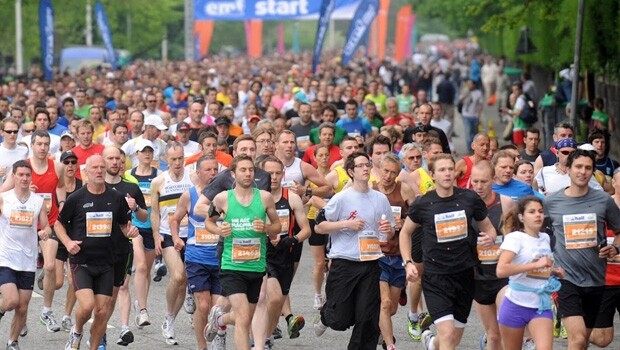
You don’t have to run long distances to enjoy the weekend, of course. There are many ways you can get closer to the action if you are unable to enter. Armchair fans can watch the marathon live on TV and place bets on the outcome, choosing their favourite distance runner and conducting a sportsbook review to see which bookie is offering the most generous odds on them recording the fastest time.
In addition to the marathon winner betting, the leading bookies also have several eye-catching specials, including a podium finish, winning nation, best finishing Brit and more. There’s something for all fans of online gambling to enjoy. The Edinburgh marathon is an exciting run but landing a profit from the occasion is an even more thrilling experience.
Why everyone loves the Edinburgh marathon
The last two Edinburgh marathons have been virtual events which was a huge blow for the event, the charities involved and the businesses in Edinburgh that enjoy the financial boost of having runners, fans and volunteers arrive in the city from across the globe. It has been a difficult two years for the city in general, but the wait will make the return of the Edinburgh marathon even more interesting.
Why is there so much excitement in the air ahead of the spring return, and why does the Edinburgh marathon hold a special place in the hearts of professional runners, amateurs and fundraisers? There are many reasons for EMF’s popularity. For the pros in town to record a personal best time and have a crack at the course record or even the world record, Edinburgh is great because it is one of the flattest courses on the circuit. It lends itself well to runners with pace and has thrown up some eye-catching times over the years. That has been true of both the marathon and the half marathon.
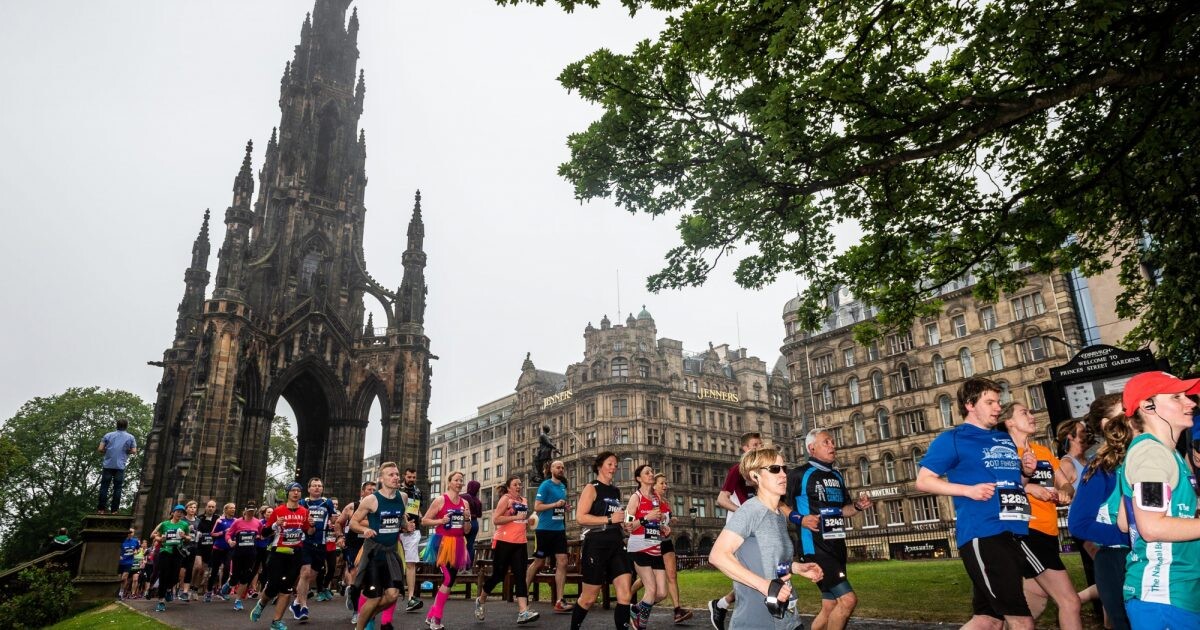
The course record was set by Joel Kiptoo of Kenya when recording an astounding 2.13.33. The fastest female ever to complete the Edinburgh marathon was Zinaida Semenova from Russia, who posted an as-yet unbeaten time of 2.33.36. Will either of those records be broken this year? It’s certainly possible as runners seem to get faster every season. The last Briton to win the race was Phil Nicholls in 2011. Since then, we’ve had one Ethiopian champion and seven Kenyan winners. Another attraction of the EMF is the scenery of the course. The marathon takes in some of Edinburgh’s most famous landmarks and locations from both the Old Town and the New Town. It isn’t all for the tourists, though. The course covers much of the city, allowing followers to see the splendour of the parliament buildings as well as some of the city’s poorest areas. It is the best way to see the true Edinburgh in all its glory.
When entering the marathon, half marathon or one of the other races, you’ll start in Holyrood Park, then take in the likes of Grassmarket, Princes Street, Easter Road and Meadowbank Stadium.
(11/13/2021) ⚡AMPHere are a few things you should avoid in your pre-run routine
Runners commonly get things wrong during training, but there are a few things you should avoid in your pre-run routine to ensure you don’t ruin your training.
Don’t eat or drink too close to your run
This is the most common mistake runners make. If you eat too close to your run, you will likely get a stitch or cramping. On a run, your body’s digestive system begins to move in slow motion, as not as much blood is being pumped to your stomach. Your cardiac output is mainly directed at engaging your skeletal and cardiac muscles.

If you are going to eat in the hour before your run, try to keep your meal light and easily digestible. Some popular foods runners will eat before they head out the door are: bananas, toast and other fruits. In terms of hydration, it’s essential, especially in the summer as our bodies try to cool down our natural process of sweating. There is no need to hydrate with litres of water before your run. Although there is no concrete limit, you should aim for two cups of water around two hours before.
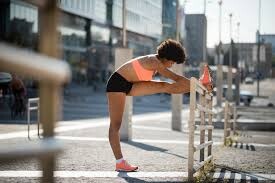
Not listening to your body
Many of us follow our training programs religiously, but what should we do if our bodies are telling us not to run? Training involves feeling fatigued from time to time, but it’s important to find the middle ground between training fatigue and aches and cramps. Body aches and mental fatigue could be a sign that you are training too much. If so, dial back your training to give yourself more recovery time and come back stronger.
Another solution is cross-training.
Don’t avoid the washroom
Unless you like to live life on the edge, you need to make a stop at the washroom at least 30 minutes before your run. Trust us here, it’s harder to find a public washroom, and they aren’t as comfortable. There’s nothing worse than receiving a call from nature while you are out on a run.
Train your body and get into the habit of going before you leave the house.
Avoid static stretching
Although the act of stretching isn’t bad, the point of stretching before a run is to get your heart rate up. It is better to let your body slowly build up to running by engaging in dynamic stretches that mimic the movement, for example, lunges, high knees and leg swings. These stretches stimulate reflexes in your tendons and muscles, which can also help your body recognize movement faster than static stretches. Static stretching is most effective when paired with light activities such as jumps, hopping and jogging on spot to get your heart pumping.
(11/13/2021) ⚡AMPby Marley Dickinson
Austin Marathon, Ascension Seton Agree to Title Sponsor Extension
The Austin Marathon and Ascension Seton have agreed to a long-term title sponsor extension. The agreement will allow the collaboration to continue to grow, further benefiting the fitness community. In addition to growing secondary community events and expanding content creation opportunities, Ascension Seton will remain the Official Medical Provider. Since 2019, the collaboration has helped others establish healthier lifestyles, prevent avoidable injuries, and provide services for injured athletes to recover. The 30th annual Ascension Seton Austin Marathon presented by Under Armour, owned and produced by High Five Events, will take place on February 20, 2022.
“Ascension Seton is excited to establish a long-term collaboration with the High Five Events team in support of the Ascension Seton Austin Marathon,” said Adam Bauman, Vice President of Orthopedics, Sports and Rehabilitation Services for Ascension Texas. “Over the past three years, our collaboration has helped encourage people to remain active in a way none of us anticipated due to the COVID pandemic. Ascension Seton remains committed to supporting our community and partners to ensure the Austin Marathon and other related events are sustainable well into the future.”
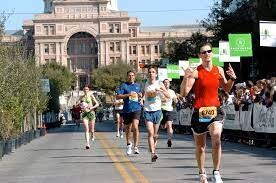
As the Official Medical Provider, Ascension Seton doctors and nurses will staff the finish line medical tent and work with Travis County EMS on course. During race weekend, Team Ascension Seton will participate in all events, volunteer their time, and have a major presence at the Health and Fitness Expo. Outside of race weekend, they’ll continue to positively impact the local fitness community, providing knowledge and insight curated by Ascension Seton Sports Performance’s Dr. Jakob Allen.
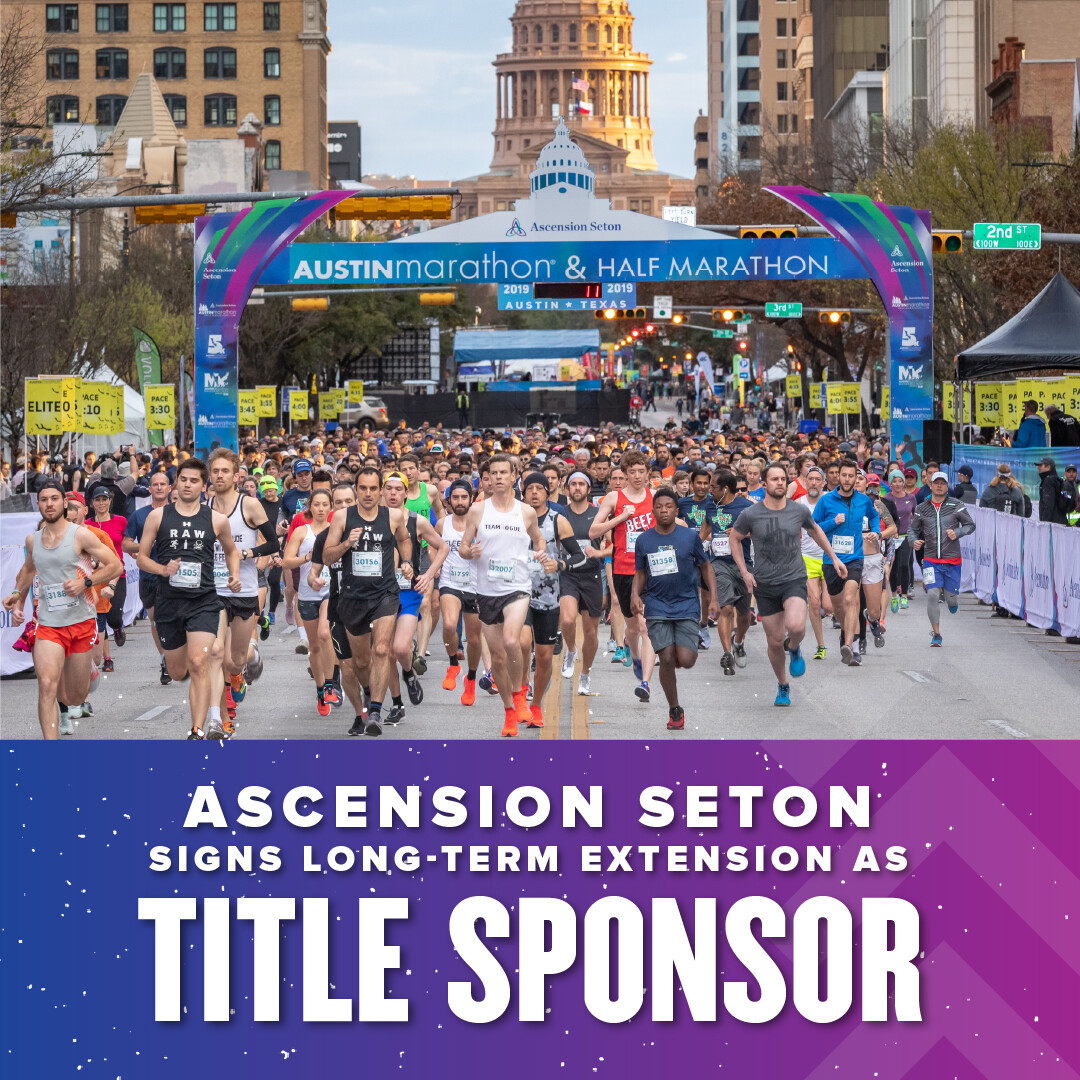
“Our collaboration with Ascension Seton has grown over the years and significantly benefited the fitness community,” said Jack Murray, co-owner of High Five Events. “With this extension we expect that trajectory to grow for the foreseeable future as we come up with new ideas and build new opportunities.”
The Austin Marathon will celebrate its 30th year running in the capital of Texas in 2022. Austin’s flagship running event annually attracts runners from all 50 states and 35+ countries around the world. The start and finish locations are just a few blocks apart and within walking distance of many downtown hotels and restaurants. The finish line is in front of the picturesque Texas State Capitol. The Austin Marathon is the perfect running weekend destination. Registration is currently open. The next price increase is scheduled for Tuesday, November 30th.
About High Five Events: Beginning with the launch of a single triathlon in 2003, High Five Events has grown to become one of the largest privately owned event production companies in the United States. High Five Events is a community-centric company based in Austin, Texas.
(11/13/2021) ⚡AMPby Running USA
Austin Marathon Weekend
The premier running event in the City of Austin annually attracts runners from all 50 states and 20+ countries around the world. With a downtown finish and within proximity of many downtown hotels and restaurants, the Austin Marathon is the perfect running weekend destination. Come run the roads of The Live Music Capital of the World where there's live music...
more...‘I wanted less than a minute’: 105-year-old unsatisfied after 100m world record
Julia ‘Hurricane’ Hawkins sets record in 105+ category
Athlete has also excelled in cycling time trials
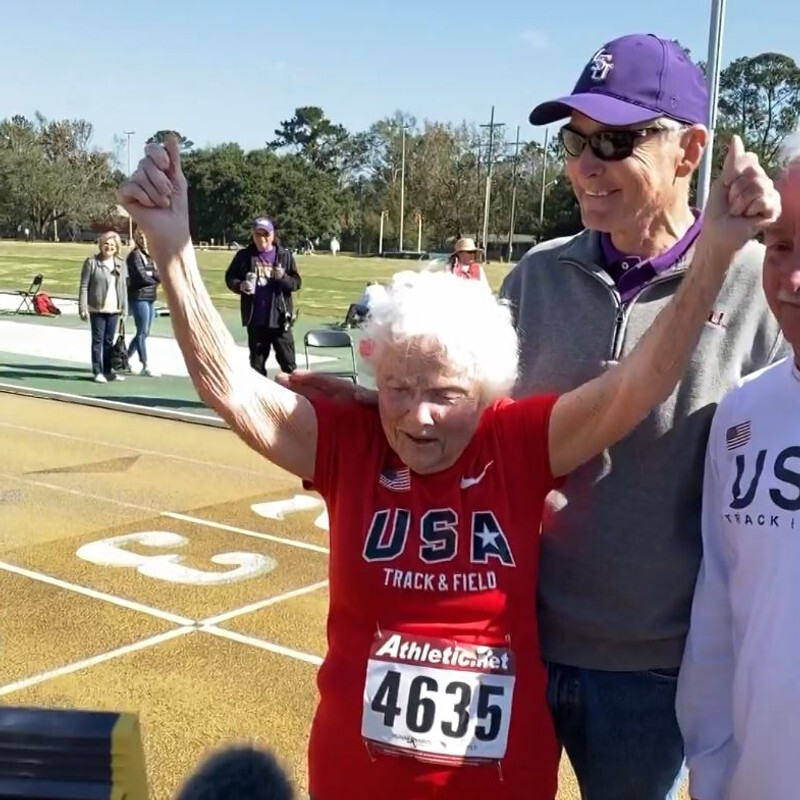
Like all elite athletes, Julia “Hurricane” Hawkins has a ruthless streak. So, despite setting a 100m world record on Sunday at the Louisiana Senior Games, she still wants to go faster.
“It was wonderful to see so many family members and friends. But I wanted to do it in less than a minute,” the 105 year-old said after the race, where she recorded a time of 1:02:95, a record for women in the 105+ age category. When someone pointed out that 102 is less than her age and asked if that made her feel better, Hawkins answered: “No”.
The retired teacher is no stranger to athletic excellence. She started competing at the National Senior Games when she was 80, specialising in cycling time trials, and won several gold medals. She eventually ended her cycling career saying that “there wasn’t anyone left my age to compete with”.
When she turned 100 she took up sprinting. In 2017 she set the 100m world record for women over the age of 100 with a time of 39:62. When her record was broken in September by Diane Friedman, Hawkins decided to compete in a new age category.
“I love to run, and I love being an inspiration to others,” Hawkins said on Sunday. “I want to keep running as long as I can. My message to others is that you have to stay active if you want to be healthy and happy as you age.”
Several age records for the 100m have tumbled this year. In August, Hiroo Tanaka of Japan blazed home in 16.69 to set the male record in the 90 and over category. In women’s competition Australia’s Julie Brims broke the 55+ record in a time of 12:24, while American Kathy Bergen crossed the line in 16.26 in the 80 and over category. Bergen has also broken age records in the high jump, 60m and 200m.
(11/13/2021) ⚡AMPHow Gene Dykes Became the World's Fastest 70-Year-Old
Gene Dykes is a heck of an athlete. In his serious bowling days, he four times rolled a perfect score (300). On the golf course, he has recorded a best round of 68 on a par 70 layout. And a little less than three years ago, Dykes ran the fastest time ever by a 70-year-old in a certified, out-and-back marathon (2:54:23 in December 2018).
What's he been up to since that marathon record? Quite a bit, especially when you consider his prolific race and ultramarathon schedule. But a bit less than planned, given a broken shoulder in 2019 (trail run fall), Covid restrictions in 2020, and a hamstring injury from August this year.
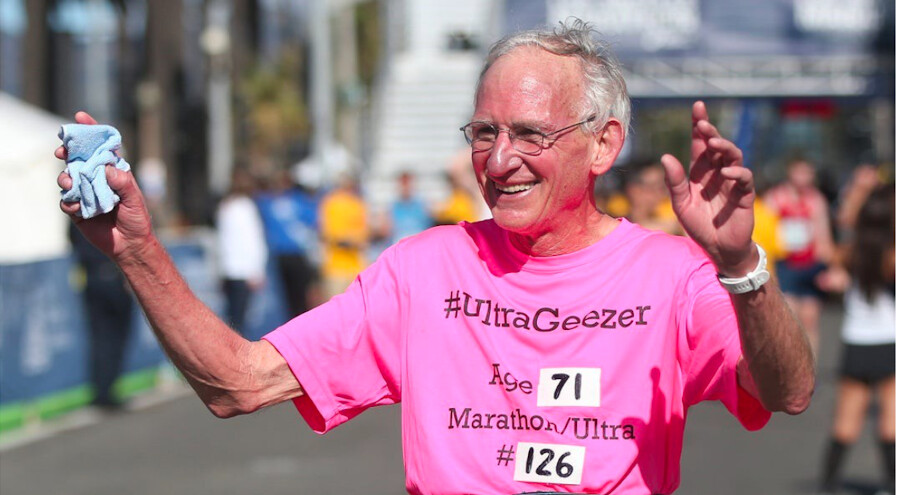
Dykes, now 73, had hoped for peak 2021 races to come at the WADA WMM Age Group Championships in London in early October, followed 8 days later by a fifth consecutive in person, age-group win at Boston. His hamstrings didn't cooperate, however. He had strained them in August at the Hood To Coast Relay.
As late as 24 hours before London, Dykes figured he wouldn't run. But he's irrepressible when it comes to starting lines, so he was there the next morning, and eventually hobbled and walked to the finish in 5:37:56.
At Boston, he hoped to continue his four-year age-group victory streak (65-69 victories in 2016 and 2017, 70-74 in 2018 and 2019). His legs felt a bit better, so he decided to aim for 3:30 pace, which he calculated would give him a 50/50 chance of winning his age group.
His math proved remarkably good, but he ended up on the short end of the 50/50. Dykes hit the tape in 3:30:02, just 28 seconds slower than Mike Wien's first-place 3:29:34.
"If I had known I needed 30 seconds, I could certainly have found them in the last 5 miles," Dykes says.
Other 70-somethings have broken 3 hours in the last month, including Jo Schoonbroodt in Amsterdam (2:56:37) and Michael Sheridan in London (2:59:37). Dykes will turn 74 next April. If he wants to remain atop his age-group, he'll face serious competition for the first time.
To get ready, and to heal an ailing body, Dykes plans a full month of no running from mid-November to mid-December. He and his wife will be cruising the waters around Antarctica and chasing a solar eclipse. He hopes to return to competition at the Naples (FL) Half Marathon in January.
Here, Dykes answers questions about his remarkable past three years of running and what he has learned along the way. His coach, John Goldthorp, adds more information about Dykes's training routine.
Q &A with Gene Dykes
Why did you run London and Boston if you were injured?
Before London, my coach didn't want me to run, my family didn't want me to run, my wife didn't want me to run, but I felt like my Facebook friends were all saying: "Run, run, run." I thought I'd drop out after 6 or 7 miles, but I kept going even though my hamstrings wouldn't allow anything under 10:15 pace. Then I didn't run a lick before Boston, but I could tell that my legs were a little better.
You were already running strong in your mid-60s when you hired a coach for the first time. How did that change things?
It was like night and day. I was a 3:29 marathon runner before, and six months later I ran 3:09 at Boston. When I coached myself, I pretty much ran all long, slow miles with occasional 800-meter repeats on the track. If I was sore after a workout, I figured it was best for old guys like me to rest. John had me out there working my ass off 6 days a week. Sure, a couple of those were recovery runs, but he had me doing lots of miles about a minute per mile faster than before.
I found that when a coach set expectations for me, there was no way I wasn't going to suffer to get the workout done. Needless to say, I discovered I had much more ability locked away than I had realized. I only needed the expertise and accountability that a coach provides.
I've read that you were mostly running around 45 to 50 miles a week. That seems low for your fast race times.
That's the trouble with averages. They hide a lot of variation. I ran close to 2800 miles in 2016, 2017, and 2018, which comes out to about 53 miles a week. But I did so many ultra-marathon races, that my training average was probably 45 to 50. When peaking for a specific, important marathon, I was in the low- to mid-60s.
You run a lot of ultras, and also race frequently. Is that to build endurance first, and then speed?
I'll probably never have another year like 2018. I ran 43 races that year. Hey, only seven of those were ultras! Because I raced almost every weekend, the race substituted for one of the week's harder speed workouts, yes, but I also trained pretty hard between races.
This year is instructive: You dropped out of a 256-mile trail race, ran a world best for 50K, did a road mile, then a 100-mile, then won three track races at USATF Masters, then jumped into Hood to Coast in late August. And these were only a few of your races in 2021. My question is: Is this a racing plan or a kid running amok in a candy store?
I guess there really is no grand plan most of the time. Every November I go through the list of races that pique my interest, either for fun or competition, and pencil the most important ones into the calendar. So many races, so little time! The most fun I have is when I'm running a long distance on trails. Even though I hate the 5K and shorter, any race is fun. Once upon a time, I figured that I would perform better if I didn't race so often. But in 2018, I raced 16 straight weeks and got faster every week. So why not go with it?
If 2021 had gone perfectly, what would have been your realistic goals at London and Boston?
At the beginning of the year, the dream was to set a world record at London and win at Boston. So, timewise, that would have been a 2:54 and, say, 3:07. As it turned out, absolutely nothing about that was realistic. After a 2020 filled with injuries and no races, I was off my game from the get-go in 2021. I realized pretty early that I wouldn't be setting a record in London, but I still thought I could win both London and Boston, at least until the hamstring injury.
What have you learned about yourself and running since your big year in 2018?
Don't run a bunch of fast legs at Hood to Coast on a body that's already tired! Otherwise, I'm not absolutely sure I've learned anything yet. I have some theories that I'll test out next year. I'll probably give myself more recovery time after ultras, and maybe stop doing the 200-milers. I might race less often, but I'm hoping I can still perform well at road races week after week.
Maybe I've learned two things: 1) Injuries are weird; and 2) Maurten is a game-changer for me.
What makes injuries so weird is you don't know when you're going to get one, or when it will get better. Every injury is different. Some only hurt when you run, and some don't hurt when you run, but they hurt around the house and yard. Some go away in a couple of days, but are suddenly replaced by others. You never know what's coming next.
Hamstring injuries really worry me. This is my third. The first one kept me from running for six years! The second knocked me out for six months. I'm hoping that this one is only six weeks (and the fourth one only six days).
Maurten has become an absolutely essential fuel for me in long races. It's more important than carbon shoes. It lets me get in more calories than ever before, and it eliminates nausea. When I'm feeling fatigued in a long effort, and then get some Maurten, my body feels happy again. [Note: Dykes has filmed a promotional video for Maurten, and might become a sponsored athlete.]
Have you changed your training over the years?
I don't think much about my training, I just do what my coach tells me.
What's in your future?
Sometimes I think I should just retire from trying to beat records. Maybe I should just have fun, and to hell with what everybody else thinks. I did set out to beat the marathon record in 2018, but I didn't do it for the attention. I just needed a good goal to motivate me for a couple of years.
I'll probably try to get back in shape and run fast next year. Then in 2023 when I'm 75, I'll try to repeat what I did in 2018. I'll prioritize whatever age-group records I think I can get, and the big championship races.
ohn Goldthorp answers questions about Gene Dykes's training
What kinds of workouts seem to work best for Gene? Which don't?
Every athlete is an N=1. Gene is fond of 'general aerobic' runs that are 60 to 90 seconds slower than his current 5K race pace, and he certainly loves long runs. Often we combine stamina training and short hills to make a longer session. We can tick off a lot of boxes in one day that way. Then he jogs very slowly the next day to recover.
Gene does so many ultras and other races, what role does recovery play in his training plan?
It's true that older athletes may need more time to recover, but sometimes a 70-year-old retiree can recover faster than a busy professional with young children. My marathoners aim for 2 harder workouts per week with everything else being very easy. Gene tends to run 5 to 6 days a week, depending on his gardening and golfing plans.
What about paces for intervals, tempo, long runs, etc.?
I prefer to help my athletes train by perceived effort instead of pace. Gene is unique in his ability to run marathons at a pace only about 35-40 seconds per mile slower than his 5K pace, where others are often 50 or 60 or more seconds slower. So we target many of our hard workouts close to his marathon effort. Gene's very good at not forcing things. Early in a workout, he's often convinced he won't be able to complete the planned session. But as he warms up, he usually finds that he can.
Anything else?
Gene's a master at listening to his body and doesn't hesitate to take a day off if necessary. On the other hand, I can't tell you how many times I gave him a light session only to learn later that he felt good and went out for a 23-miler instead.
How about Gene's racing schedule?
To say Gene's racing schedule is unorthodox would be putting it mildly. In 2017, he ran three 200-milers in three months and often raced the other weekends. But maybe this has contributed to his success. Running ultramarathons early in a training block allows him to develop tremendous endurance. Then, for about 8 weeks, he'll use shorter races and faster long runs to develop his threshold and efficiency.
I assume Gene's racing doesn't fit your ideal. How do you keep him under control?
At the end of the day, we have one life and we need to do what brings us joy. Gene loves going on adventures, challenging himself, and seeing the world via running. He's made a lot of friends and inspired a lot of people. If I were to say, "No, you must stick to one way of training and racing," I wouldn't be taking a client-centered approach to coaching.
I'm here to support Gene's journey. Sometimes that means getting out of his way. Other times, I try to gently nudge him back onto the path.
(11/13/2021) ⚡AMPby Trail Runner Magazine
High school cross-country runner disqualified for swearing
Michigan High School Cross-Country Championships, a runner was disqualified after cussing in disbelief at his second-place finish.
Parchment High School’s Garrett Winter passed a competitor during the final 100 metres of the race and celebrated by yelling “Holy f@#king s^*t, let’s go” as he crossed the line. You can check out the video below. Winter is the second runner to cross the line.
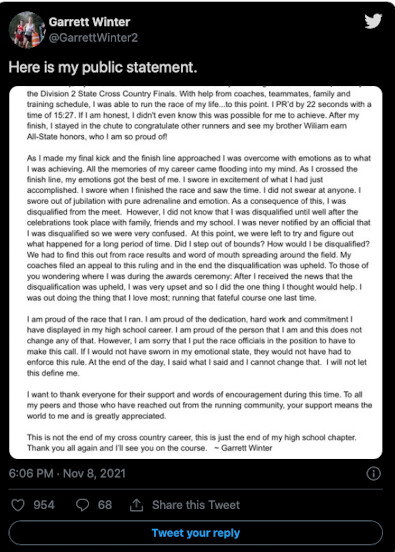
His disqualification has caused a stir online, but according to the National Federation of High School Sport (NFHS), the governing body for U.S. high school sports, states that “Unacceptable conduct by a competitor, failing to follow the meet rules and directions of a meet official, or using profanity that is or isn’t directed at someone will result in disqualification from the event.”
According to his Twitter, his coaches appealed the ruling, but it was upheld. Winter ran a 22-second personal best in the 5K race for a time of 15:27 – a time that he didn’t think was possible. He issued a Twitter apology on Monday night.
Many runners on Twitter are in disbelief over the ruling, as Shalane Flanagan once yelled a similar term after winning the 2017 New York City Marathon and no one batted an eye.
Since Winter’s disqualification, an online petition has gained traction to change Rule 4-6 of the NFHS rule book, to reinstate Winter’s second-place finish. The petition was tweeted out by Canadian marathoner Rob Watson, who recalls saying similar words during his collegiate days at Colorado State University.
(11/13/2021) ⚡AMPby Running Magazine
The Air Force Marathon Expands Military Discount to Veterans, Military Service Members for 2022 Registration
The 2022 Air Force Marathon is gearing up for registration on Jan. 1 with the new year arriving.
Along with active duty, reservists, and National Guard members, discounts will be also offered to veterans and members of the ROTC. All who qualify will be offered $10 off the full marathon, half marathon, relay, and the Fly! Fight! Win! Challenge Series, or $5 off the 10K and 5K.
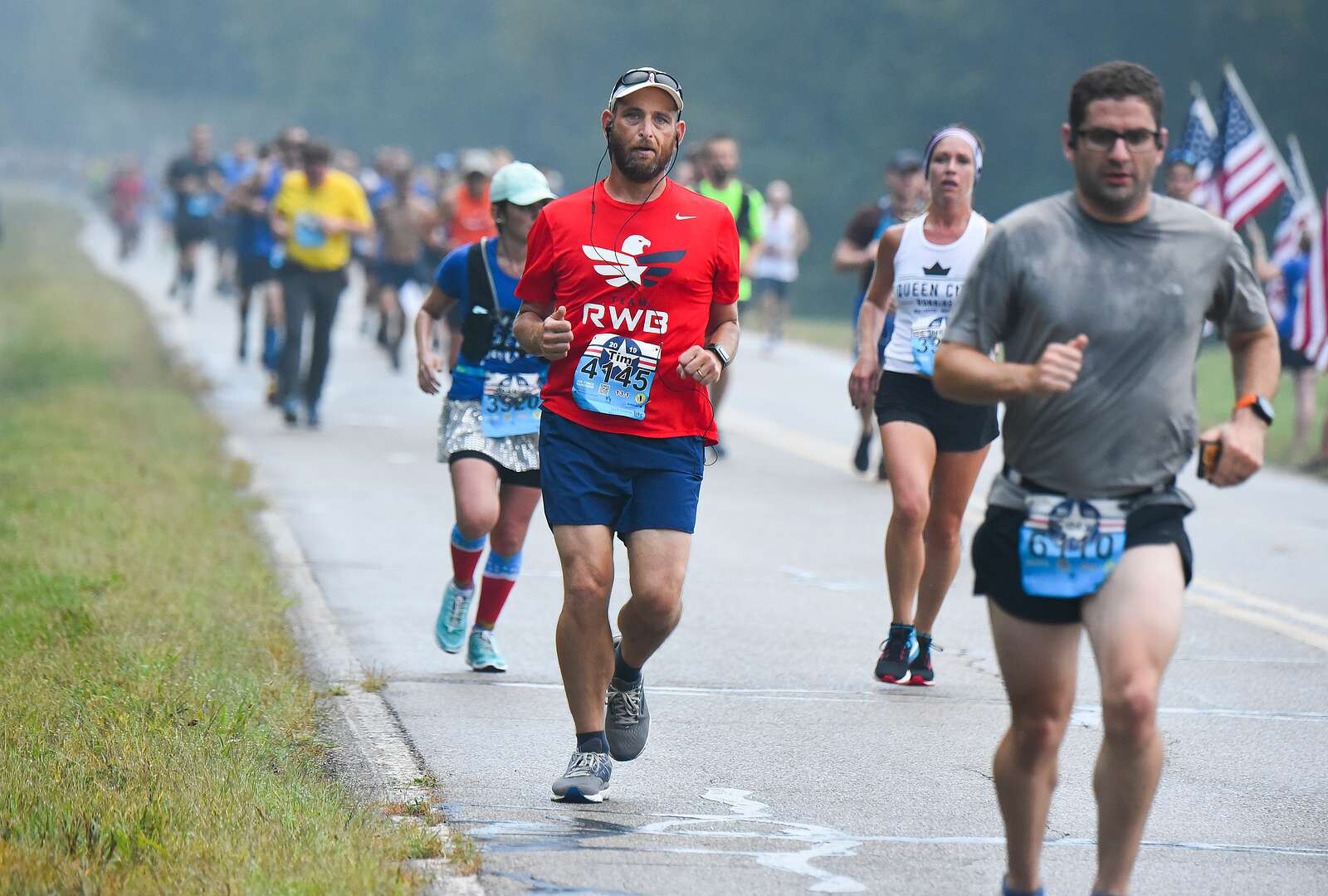
As the Air Force Marathon celebrates the 75th Anniversary of the United States Air Force, race director Brandon Hough is ready to welcome runners back to Wright-Patterson Air Force Base.
“The Air Force Marathon is thrilled to be able to extend a registration discount to those who have proudly served their country and have turned to a new chapter in their lives. Once a veteran, always a veteran,” he said.
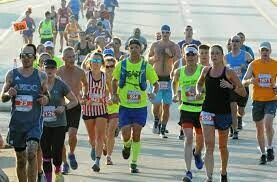
The Annual Air Force Marathon is scheduled for Saturday, Sept. 17, 2022. The Health & Fitness Expo, held at Wright State University’s Nutter Center is scheduled for Thursday, Sept. 15 and Friday, Sept. 16. The weekend will also feature a Breakfast of Champions and Gourmet Pasta Dinner the same day as the 5K and Tailwind Trot on Friday, Sept 16, as well as an After Party on Saturday, Sept. 17.
Coronavirus trends and local guidance is being monitored to maintain a safe experience for all attendees and the community.
For more information about the race weekend visit www.usafmarathon.com
(11/12/2021) ⚡AMPby Running USA
Air Force Marathon
The first official marathon was held on September 20, 1997, celebrating the 50th anniversary of the Air Force, and is held the third Saturday in September each year. 2023 marks the 27th year and is set forSeptember 16th, 2023. To commemorate our rich history in flight, each year one aircraft is chosen to be highlighted during the marathon and on...
more...Study says endurance training beats strength at improving long-term health
Runners and gym-goers have often been at odds over the years, arguing which one is better for overall health, and it appears that science has given one point to team endurance.
A recent study determined that endurance exercise is better for improving blood sugar, cholesterol, blood pressure and waist circumference than lifting weights.
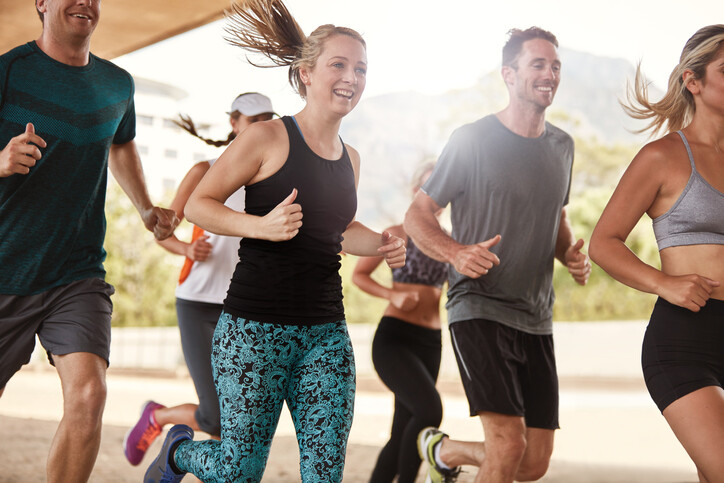
The study
The study, published in the Journal of Applied Physiology, found that endurance exercise, like running or biking, stimulates circulating levels of certain mitochondrial-derived peptides (MDP’s), which could lead to increased longevity and metabolic health. They found that strength training, on the other hand, did not have the same effect.

Your mitochondria are known as the “powerhouses” of the cell, and are responsible for energy production. MDP’s perform similar functions to the mitochondria, and they play a protective role in maintaining mitochondrial function. Endurance exercise appears to stimulate the production of MDP’s, which translates into better blood sugar and cholesterol levels, improved blood pressure and a healthier waist circumference — all factors in good long-term health. (Note that a healthier waist circumference does not mean thinner — it simply means a size that is appropriate for the individual).
To come to this conclusion, researchers put participants into one of three groups: one that cycled for 45 minutes at 70 per cent of their estimated VO2 max, one that performed a strength training session including leg press and knee extension exercises and a third group as the control. Skeletal muscle biopsies and blood samples were collected before and at 30 minutes and three hours following exercise.
The researchers found that the participants who performed the endurance workout had increased levels of circulating MDP’s, while the strength training group did not see any change. “In conclusion, our results indicate that circulating levels of mitochondrial-derived peptides are upregulated by endurance exercise in healthy subjects,” the researchers wrote.
This doesn’t mean you should give up strength training
If you were hoping this was finally the excuse you were looking for to skip your next gym session, don’t get ahead of yourself. While strength training may not have as beneficial an impact on blood sugar, pressure, and other biomarkers of health, it still provides plenty of benefits. As a runner, it’ll make you stronger and more injury-resistant, and when it comes to healthy aging, strength training can prevent a lot of muscle loss that often comes with getting older.
So no, you shouldn’t stop strength training, but the next time your non-running gym friends try to convince you running isn’t as good as for you as lifting weights, you can show them this study (and maybe convince them to join you for a run sometime).
(11/12/2021) ⚡AMP
by Brittany Hambleton
New York Marathon champ Peres Jepchirchir gets huge reception at airport upon return to Kenya
New York City Marathon champion Peres Jepchirchir on Thursday received a rapturous reception at Eldoret International Airport as she jetted back home following Sunday victory which marked an end to a successful season.
Jepchirchir won the New York Marathon in 2 hours, 22 minutes, 39 seconds barely three months after winning the Olympic Marathon tittle in Sapporo, Japan in 2 hours, 27 minutes, 20 seconds.
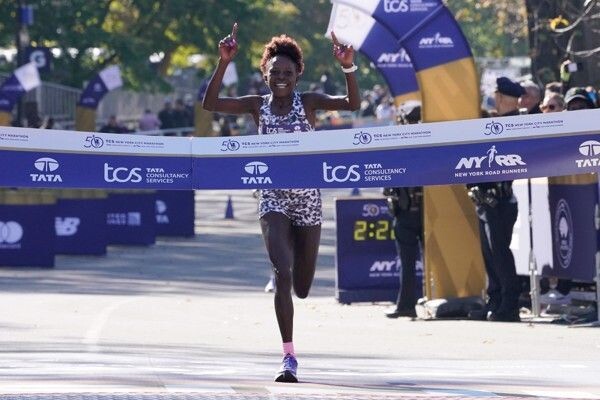
At the airport the mood was exuberant as Jepchirchir's family members, athletics Kenya officials, relatives and friends together with students of Moi Girls Kapsowar joined in welcoming her.
Jepchirchir is Moi Girls Kapsowar patron, and recently helped the school organise charity race for conservation.
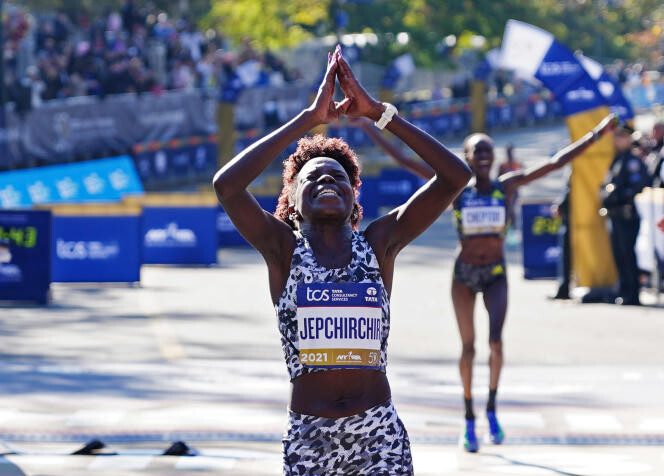
Jepchirchir said she was not thinking of winning but was hopeful she would do her best New York.
“When I was at the 27 kilometre mark, I saw Violah (Lagat) and I slowed the pace to wait for her. When she caught up she told me the race was getting tougher but I encouraged her we soldier on because when we are done with 35 kilometres, no one would catch up with us,” she said.
“We kept on encouraging each other and I am happy for Violah because it was her marathon debut and she fought well.”
She said she was grateful to all who prayed for her and for the best wishes extended to her as she prepared for the race and even while in New York.
“For now I am going to relax and wait for next season. I commit all to God and look upon Him on what He has prepared for me next year,” she said.
Her father Paul Kipkoech Chepkwony was lost for words following his daughter's exploits.
“I am grateful to God and all those who have been supporting my daughter’s talent which manifested itself while she was still a student. She used to run to and from school each day and this shaped her athletics prowess,” said Chepkwony.
Moi Girls Kapsowar head teacher Hellen Mabese Luhangala hailed Jepchirchir for the exemplary performance noting it has been a motivation to the young people.
“She has demonstrated resilience and determination by winning two marathons. At our school she is a champion of environmental conservation and motivating young people that the sky is no limit by surmounting all challenges,” she said.
Athletics Kenya President Rd. Gen Jack Tuwei said the season has been good for Kenyan athletes.
“She has kept the Kenyan spirit high. I was worried when she going for the New York Marathon because she had not recovered well from the Olympics but she assured us she was determined ahead of the race. I am happy for her because she kept our hopes alive,” he said.
Concerning the ongoing athletes workshops, Tuwei said he was impressed by the turnout.
“So far marital, relationship and investments are some of the issues athletes have revealed are affecting them. At the end of the forums, I am sure we will have known the real issues ailing them and how best to address them,” said Tuwei.
(11/12/2021) ⚡AMPby Fred Kibor
TCS New York City Marathon
The first New York City Marathon, organized in 1970 by Fred Lebow and Vince Chiappetta, was held entirely in Central Park. Of 127 entrants, only 55 men finished; the sole female entrant dropped out due to illness. Winners were given inexpensive wristwatches and recycled baseball and bowling trophies. The entry fee was $1 and the total event budget...
more...I want to run till death do me apart, Mark Kiptoo says after Masters win
Former African 5,000m champion Mark Kiptoo says he wants to continue running into his twilight years because of love for the sport.
Kiptoo said he has come to learn that running does not only benefit one financially but also has additional perks to make one a well-rounded human being.
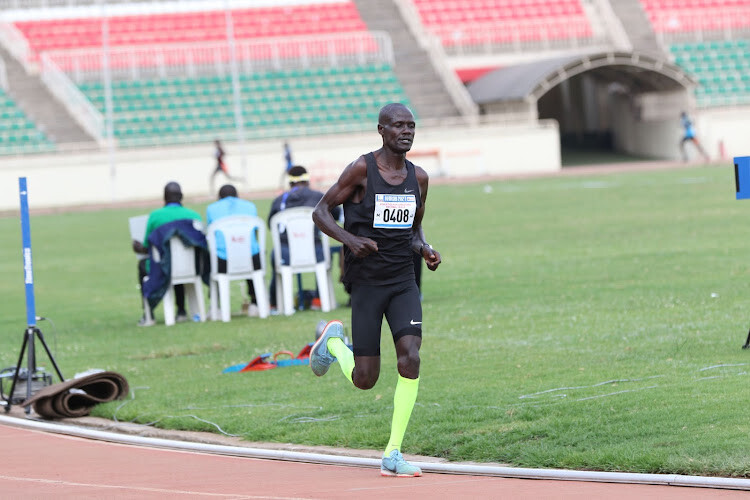
"Of course, it is my desire to continue running even when it no longer puts food on the table. If my body allows me, I want to continue running until I am very old. I think this is something that should be encouraged even among the younger generation. If many of us can embrace running even as a hobby, then that translates into a healthy nation," Kiptoo, 45, said.
The 2010 Commonwealth 5,000m bronze medalist shone in the men's 10,000m final during the national trials for the Open Africa Masters Athletics Championships at Nyayo Stadium where he came first.
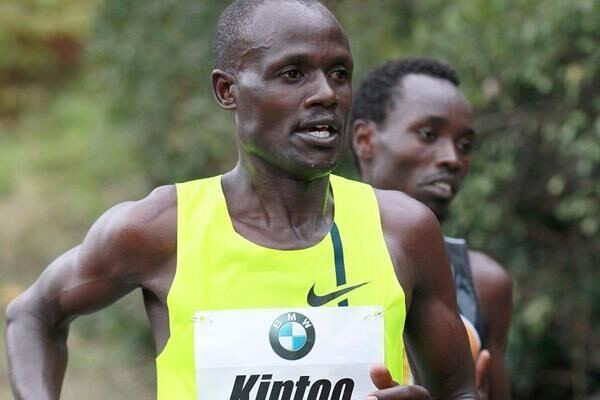
Competing against athletes of different ages, Kiptoo said he has been inspired by the determination of his older competitors.
"They have shown that age is just but a number and that inspires me a lot. It feels great running with them because they challenge you to enjoy this sport and give it your all. Many more would do well to learn from them," the KDF officer based in Laikipia, said.
The 2014 Frankfurt Marathon champion has not competed this year due to Covid-19 disruption but that has not cut his attachment to athletics.
A core part of his exceptional performance at Nyayo Stadium, Kiptoo said, is his diligence in training even when there are no competitions lined up.
"There is no race that is ever easy although that is what some fans might think. The secret to winning is to work hard in training and approach races with the same attitude. You can't be complacent in a competition setting because your opponents want the same training and have been working towards the same victory," Kiptoo, who boasts a personal best of 12:53.46 in 5000m, said.
He has now set his sights on road races in the coming year and is already training towards that.
"God willing, I will be able to compete in various road races next year and compensate for the time out of action this year. There is also the World Masters and Africa Masters coming up so I expect to be quite busy," he said.
(11/12/2021) ⚡AMPby Omondi Onyatta
Top mistakes beginner runners make
Running isn’t easy, and there are many myths about how beginners can improve. If you are a new runner or someone who’s considering trying out the sport, take a look at these mistakes runners make before heading out the door, so you can avoid them.
Overtraining
Many runners go from doing nothing to high-volume training in a short period. This is an injury waiting to happen, as there is no better way to shock your body than going from nothing to running five days a week. Running more distance needs to be done gradually. Some runners follow the 10 per cent rule, which follows a slight increase in mileage each week.
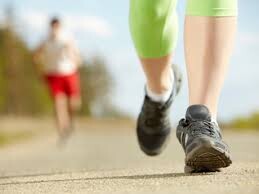
Running the same route at the same pace
It is great to have favourite routes, but running the same distance at the same pace on the same route won’t help if you are looking to improve. Try mixing up the route and adding a bit of distance to your current route. You can drop down the pace if you are feeling good that day. If you are wanting to run further or improve your endurance, you will need to make time each week for a longer run. Speed workouts are also important once or twice a week for runners looking to improve their speed. Try this speed workout for all levels.
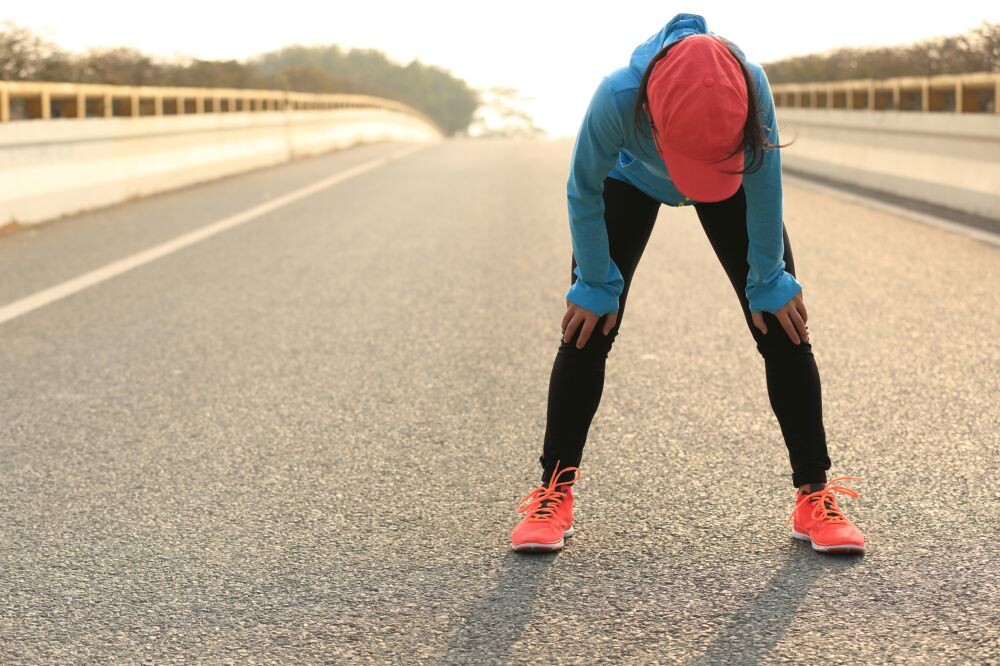
Running hard on easy runs
Newsflash: unless it’s a race, no one on Strava cares about the pace of your easy run. This mistake goes hand and hand with overtraining. The point of easy runs is to keep your heart rate low recover from faster efforts. Your body will take longer to recover if you are doing hard effort after hard effort. You should be able to engage in conversation on your easy runs. If you can’t, it’s a sign that you are going too fast.
Choosing your running shoes by the way they look
The most important consideration should be comfort, not colour The point of buying running shoes is to have a pair that can get you from point A to point B without pain or discomfort. When buying shoes, it’s important to find the right pair. Be open to the shoes that are recommended for your feet and check out online reviews.
Many new runners fall victim to the hype and hysteria of “bucket list” type achievements like running the marathon. While certainly an achievable goal for most, marathons require a lot of time and training. Runners are better off starting with reasonable short-term goals over a month or two. Those new to running should also complete shorter benchmark races and distances such as the 5K, 10K and half-marathon before moving on to the marathon. Don’t try to run before you can walk – racing shorter distances will build up your confidence and running experience.
Ignoring your body
Don’t feel like you have to run. No one has to run, especially if you’re injured or tired. It’s important to listen to your body when you are starting. Don’t make running harder than it should be.
(11/11/2021) ⚡AMPby Marley Dickinson
105-Year-Old Julia Hawkins Sets World Record for Age Group in 100-Meter Run
It's a bird! It's a plane! It's Julia Hawkins!
The speedy 105-year-old known as the "Hurricane" ran 100 meters with a time of 1:02:95 at the Louisiana Senior Games in front of her adoring friends and family.
With the feat, Hawkins set a new world record by becoming the first female track and field athlete, and the first American, to set a track and field world record and establish an age 105 and older category, according to the National Senior Games.
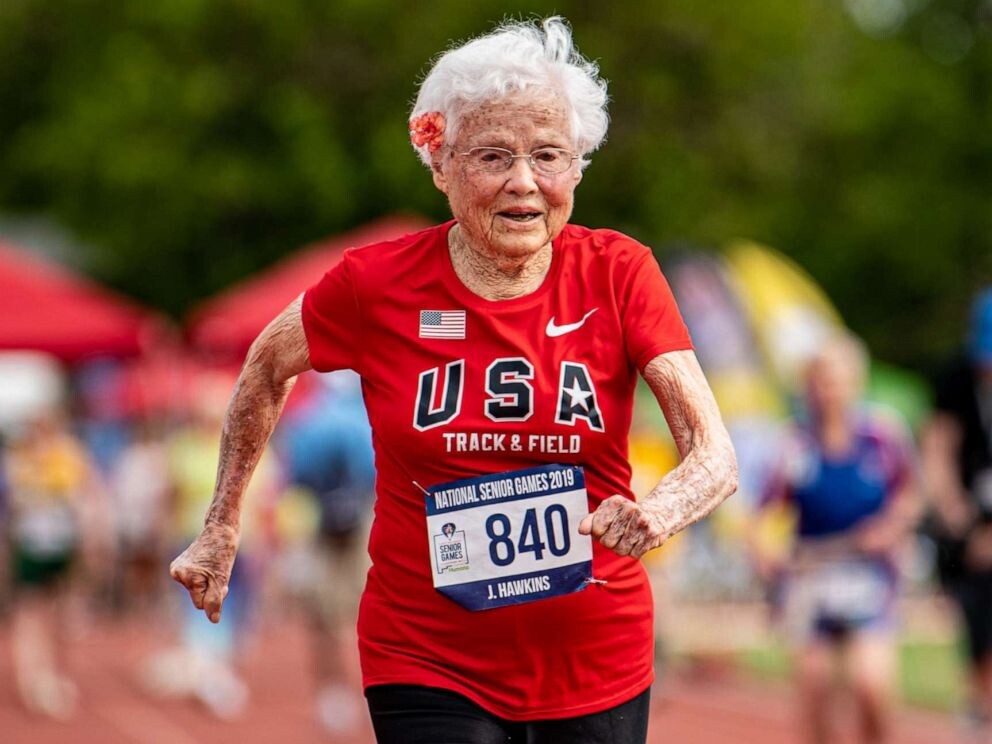
"It was wonderful to see so many family members and friends," Hawkins said after the race, according to the organization. "But I wanted to do it in less than a minute."
When asked if she wanted to run the 100-meter race again, she told CBS News, "Yeah!"
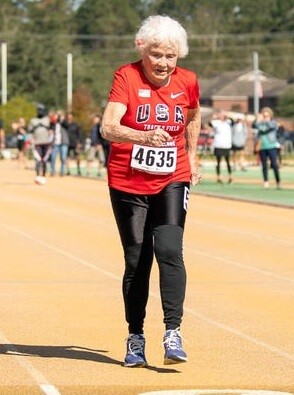
This isn't the first time Hawkins has made headlines for her show of endurance.
At age 101, the former schoolteacher from Baton Rouge, Louisiana, won the 100-meter dash in a blazing 40.12 seconds at the USA Track and Field Outdoors Masters Championships.
"I love to run, and I love being an inspiration to others," Hawkins told reporters after Saturday's race.
"I want to keep running as long as I can," she added. "My message to others is that you have to stay active if you want to be healthy and happy as you age."
In 2019, Hawkins won two gold medals in the 50- and 100-meter dashes at the Senior Games in Albuquerque, New Mexico.
"I'm thrilled I did as well as I did but I didn't do as well as I have done," the mother of four told Good Morning America at the time. "I don't know if it's because I'm older, or maybe it was the atmosphere."
"Realize you can still be doing it at this kind of an age," she continued. "I just keep busy. I keep moving. I don't do any exercises particularly. I used to, but I don't think I need to anymore."
(11/11/2021) ⚡AMPby Jason Duaine Hahn
Registration for the 2021 Virtual Reggae Marathon race is open and runners from 17 different countries have already shown interest in participating
Each participant has been charged to recreate the Reggae Marathon experience wherever they are in the world. However, some runners have expressed their desire to travel to Jamaica to run the race along the established Negril route during the run period, November 13 to December 5, 2021.
According to Alfred ‘Frano’ Francis, race director: “Another exciting feature for this year is that marathoners participating in this year’s Reggae Marathon can use their participation to qualify for a position in the virtual rankings platform of the 2022 AbbottWMM Wanda Virtual Age Group World Rankings.”
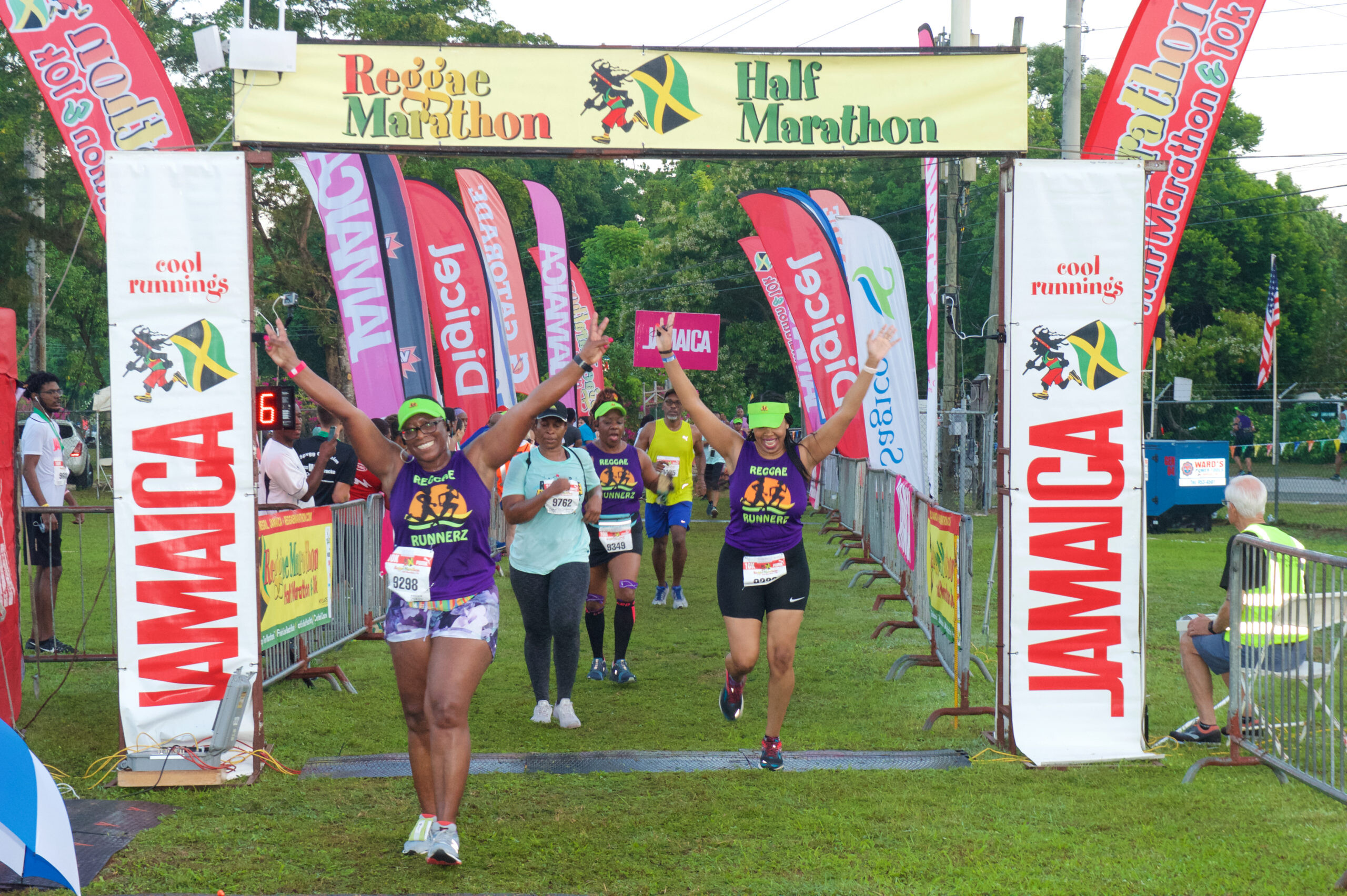
The AbbottWMM Wanda Age Group World Rankings comprises a one-year qualifying period during which athletes in nine separate age groups can compete in marathons across the world to earn ranking points.
Mr. Francis explained that at the end of the qualifying period, the top runners in each age group will get invited to the AbbottWMM Wanda Age Group World Championships. The rankings cover age groups from 40 to 80+ for men and women. More information on how to qualify for an invitation is available at: Virtual Rankings (worldmarathonmajors.com)
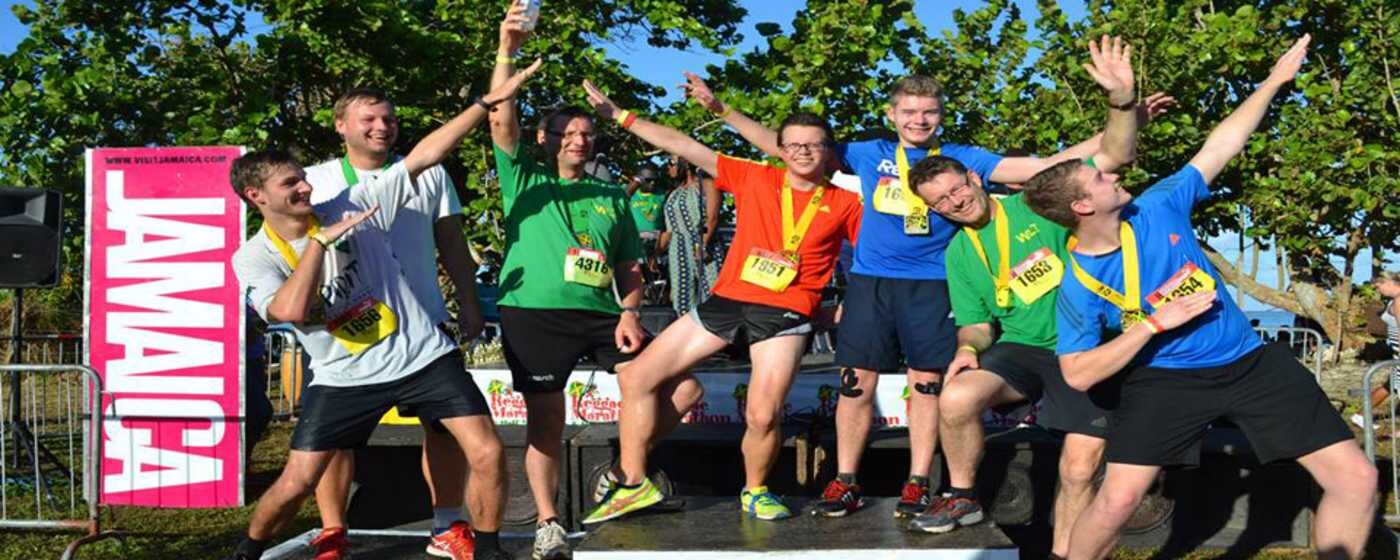
The first such championship was held as part of the 2021 Virgin Money London Marathon on October 3 this year. The race involved a combination of qualifiers from the first and second editions of the rankings.
Reggae Marathon is one of 250 international marathons offering this unique opportunity to athletes.
As in past years, the organisers of the 2021 virtual race event continue their support of Reggae Marathon’s charity partner, the Heart Foundation of Jamaica. Runners can make direct donations to the Heart Foundation or have their race distances covered by sponsorship. This year’s fundraising efforts have already received a boost by the efforts of two young runners from Jamaica, whose results are celebrated on the event’s website’s fundraising page: https://www.givengain.com/e/reggae-marathon-half-marathon-and-10k
Mr. Francis noted: “The addition of the Virtual 5K is another exciting feature of this year’s event, and though the Reggae Marathon event has had to go virtual again this year, we have left no stone unturned in our efforts to give all our participants a great running experience and an opportunity to make their mark in more ways than one.”
(11/11/2021) ⚡AMPby Running USA
Reggae Marathon
The Reggae Marathon & Half Marathon is Jamaica’s premier International Marathon Event. Marathoners, sports enthusiasts as well as beginners, converge in Negril, Jamaica’s capital of casual, for a fun event characterized by good vibes and lots of Reggae music. Enthusiastic supporters come out along the looped, internationally certified course to support participants. Meanwhile, hard working volunteers offer uniquely packaged water...
more...Reuben Kipyego, Abel Kirui, Vivian Kiplagat and Alemu Megertu confirmed to participate in the 2021 ADNOC Abu Dhabi Marathon
With less than three weeks to go until the third edition of the ADNOC Abu Dhabi Marathon, race organiser, Abu Dhabi Sports Council (ADSC), and race title sponsor, Abu Dhabi National Oil Company (ADNOC), have confirmed four more elite athletes that will be vying for the top spot in the highly anticipated race on November 26.
Following the recent announcement of the first group of world-class athletes, the latest additions to the elite category of male runners include the reigning 2019 ADNOC Abu Dhabi Marathon winner, Reuben Kiprop Kipyego.
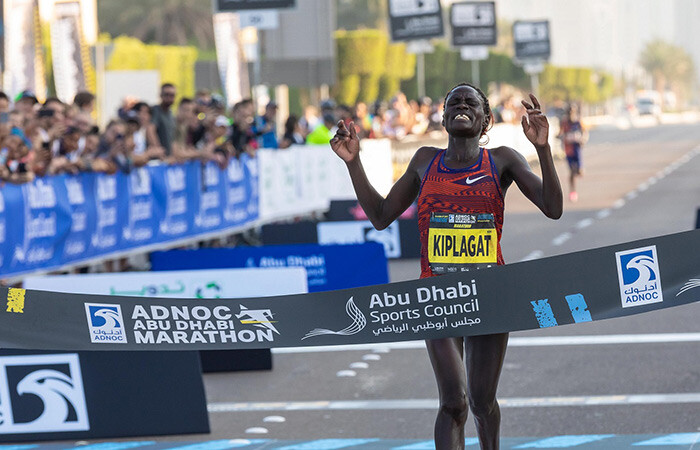
Returning to try and beat his personal best race time of 2:03:55 while defending his crown, the Kenyan is ranked 20th in the world, and his recent successes include a second-place finish in 2019’s Buenos Aires Marathon and the 2021 Milano Marathon.
He will be joined by fellow Kenyan Abel Kirui, whose personal best record of 2:05:04 makes him a serious contender in Abu Dhabi. He has won both the 2009 Berlin Marathon and 2011 Daegu Marathon and was placed 4th in 2018’s London Marathon.
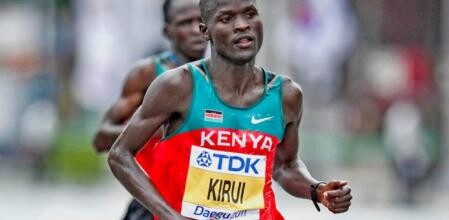
The confirmed female elite athletes include Kenya’s Vivian Kiplagat, who returns to the UAE in a bid to defend her 2019 ADNOC Abu Dhabi Marathon win. Kiplagat was also crowned the winner of the 2019 Milano Marathon and the 2018 Buenos Aires Marathon and will be going all out to beat her personal best record of 2:22:11.
Joining her will be Ethiopian, Alemu Megertu, who is currently ranked 40th in the world with a personal best time of 2:21:10. Her marathon achievements include 1st place in 2019’s Rome Marathon and 2nd place in the 2019 Frankfurt Marathon.
Speaking on the confirmation of the latest world-class athletes, Aref Al Awani, General Secretary of the Abu Dhabi Sports Council, said: "As we return for our much-anticipated third edition, this year’s elite level line-up will see some of the world’s best male and female runners heading to Abu Dhabi to compete for the top prize.
With two ADNOC Abu Dhabi Marathon champions returning in 2021 to defend their title, we can look ahead to an incredible display of competition and talent, further enhancing the event’s global reputation as one of the most prestigious races to participate at. We are proud that they have chosen our wonderful city and this fantastic event, and we look forward to welcoming them to the start line in Abu Dhabi."
Prior to the race, on November 22-25, a vibrant race village will be hosted at the ADNOC HQ Campus, welcoming participants and supporters with photo opportunities, family entertainment and a dedicated race pack collection area.
Open to 6 to 70 - year-olds and runners of all fitness levels, the family-friendly event aims to promote healthy lifestyles and elevate the physical wellbeing of the Abu Dhabi community. To register for the 2021 ADNOC Abu Dhabi Marathon, please visit:https://www.adnocabudhabimarathon.com/register-now/
(11/11/2021) ⚡AMPby Tariq alfaham and Hatem Mohamed
ADNOC Abu Dhabi Marathon
The Abu Dhabi Marathon is shaping up to being first class marathon for both elite runners and average runners as well. Take in the finest aspects of Abu Dhabi's heritage, modern landmarks and the waters of the Arabian Gulf, at this world-class athletics event, set against the backdrop of the Capital's stunning architecture.The race offered runners of all abilities the...
more...New Study: Drink coffee to improve muscle glycogen recovery
A lot of runners drink coffee before they hit the road to give them a boost of energy and improve performance, but a new study suggests that a cup of joe after your workout provides benefits as well.
Research published in the journal Nutrients showed that drinking coffee after a hard workout improves muscle glycogen synthesis, so you can recover more effectively before your next run.
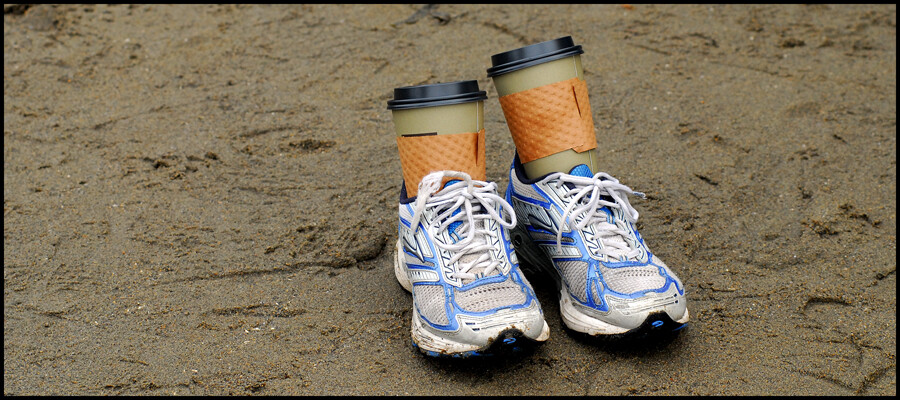
The study
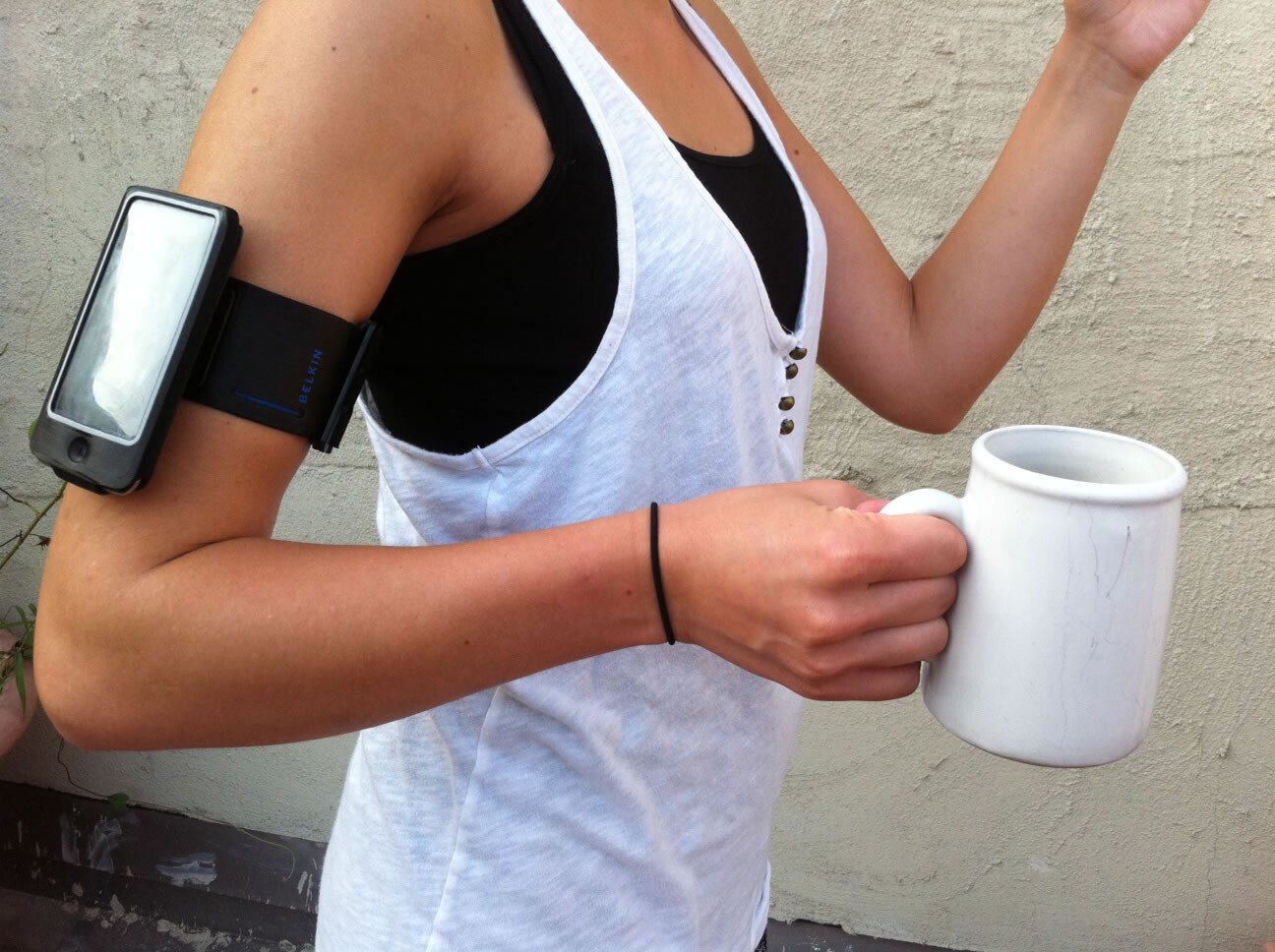
To perform the study, researchers had 11 trained male cyclists complete an exhausting, four-hour ride in the afternoon, and another the following morning. In between, the cyclists ate a low-carb dinner to prevent them from fully replenishing their carbohydrate stores between the two workouts. After the second workout, the participants were either given a drink of coffee, milk and sugar, or an equally-sugary drink without the coffee. To make sure they didn’t know the difference between the two drinks, both were served in opaque containers with dark straws and lids infused with coffee. They were also served the drinks in a room where coffee was openly brewing.
After the study, the cyclists who drank the coffee beverage saw their glycogen supply increase 57 per cent more than the cyclists who drank the beverage without coffee. This led the researchers to conclude that “the consumption of coffee with sweetened milk improved the muscle glycogen resynthesis during the four-hour recovery period after the exhaustive cycling exercise when compared to the consumption of sweetened milk.”
What does this mean for runners?
In other words, adding coffee to your post-workout beverage will help you replenish your carbohydrate stores more effectively, which will improve your rate of recovery between runs and workouts. The researchers note the importance of replenishing your carbohydrate stores during the early phase of post-workout recovery, which they say is between zero and four hours after you’re done because your rate of glycogen synthesis is higher during that time.
(11/10/2021) ⚡AMPby Brittany Hambleton
The best three week training plan to run your fastest mile ever
The mile is a tricky distance. It’s not a sprint, so you’ll need aerobic endurance, plus enough speed to make it a true race. Still, even if you’re new to running, the distance is accessible, while veteran pavement-pounders can push themselves in a new way.
“The mile is a great test of overall fitness,” says Michael Olzinski, a San Francisco–based run coach.
First, do the mile run test (see below). Then do two cycles of the three-week plan, courtesy of Olzinski. Retest, aiming to run 30 seconds faster.
Mile Run Test
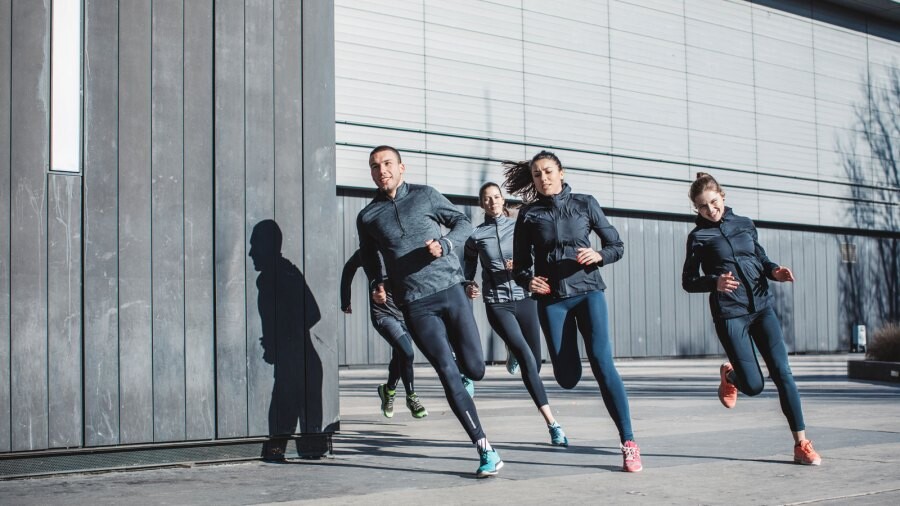
To warm up, jog for 10 minutes, then do basic running drills (high knees, butt kicks). Pace yourself by imagining the flat track is actually uphill. “Don’t blow yourself up in the first lap,” Olzinski says. And make your last lap the fastest. “Give yourself the chance to have a sprint finish, which means using up every last bit of effort by the end,” he says.
The 3-week Plan to Run Your Fastest Mile
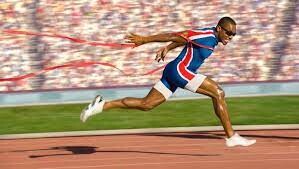
Day 1: Light Strength Work
Each week, do 3 sets of 6 to 10 reps of the following exercises: lunges (forward, lateral, reverse), bodyweight row (using a barbell resting on a rig, or rings), squat jumps, glute bridges, ending with 1-minute side planks.
Day 2: Power Run
Week 1.
2 Rounds: 6 x 200m at 1-mile goal pace with 90 seconds rest, into 6 to 8 minutes light jogging. (You should be able to carry on a conversation.) Rest 3 to 4 minutes between rounds.
Week 2.
2 Rounds: 4 x 400m at 1-mile goal pace with 2 minutes rest, into 6 to 8 minutes light jogging. Rest 3 to 4 minutes between rounds.
Week 3.
5 or 6 x 1000m at a 5K pace. Rest 1 minute between reps.
Day 3: Active Recovery/Mobility Workout
Take a yoga class, roll out using a foam roller and lacrosse balls, go for a walk, etc.
Day 4: Hill Repeats
Run 2 to 4 minutes on an incline. Jog on a flat stretch for 90 seconds to recover. Repeat 3 to 5 times. As it gets easier, increase reps or interval time.
Day 5: Light Strength Work
Day 6: Speed-Endurance Run
Week 1.
Jog 5 minutes, then run 2 x 10 minutes at a challenging but sustainable pace. Jog 5 minutes, and end with 5-minute run.
Week 2.
Jog 5 minutes, then run 2 x 12 minutes at challenging but sustainable pace; jog for 6 minutes between runs. Then jog lightly for 5 minutes to cool down.
Week 3.
Time yourself for a hard 5K run, then subtract 30 seconds from your mile pace. That’s your mile run goal. On second cycle of the program, test your mile.
(11/10/2021) ⚡AMPby Cassie Shortsleeve
World Athletics announces Safeguarding Policy
World Athletics today (10) launches its Safeguarding Policy, which is designed to ensure that those in positions of authority in athletics adopt practices that actively prevent harassment, abuse and exploitation within the sport.
The new policy aims to create a safe and welcoming environment at all levels of the sport, where everyone involved is respected, valued and protected.
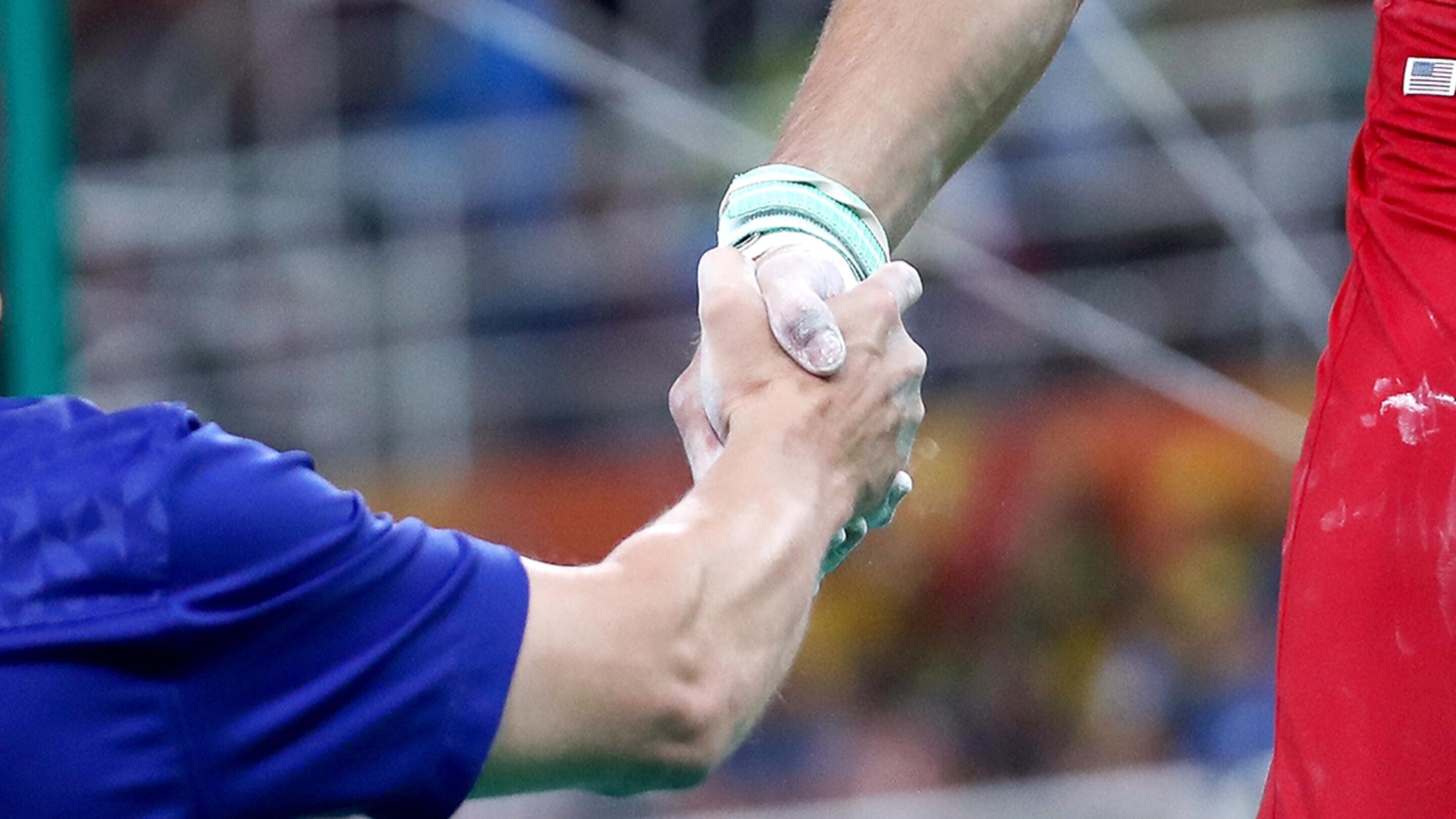
This policy is founded on the principles that everyone has the right to participate and enjoy athletics in a safe inclusive environment, that everyone has the right to have their voice heard in raising welfare and behavioural issues, and that everyone involved in planning and delivering programmes for children is responsible for the care and protection of those children.
It defines the specific roles and responsibilities of Member Federations, Area Associations and World Athletics in protecting athletes and other participants in our sport.
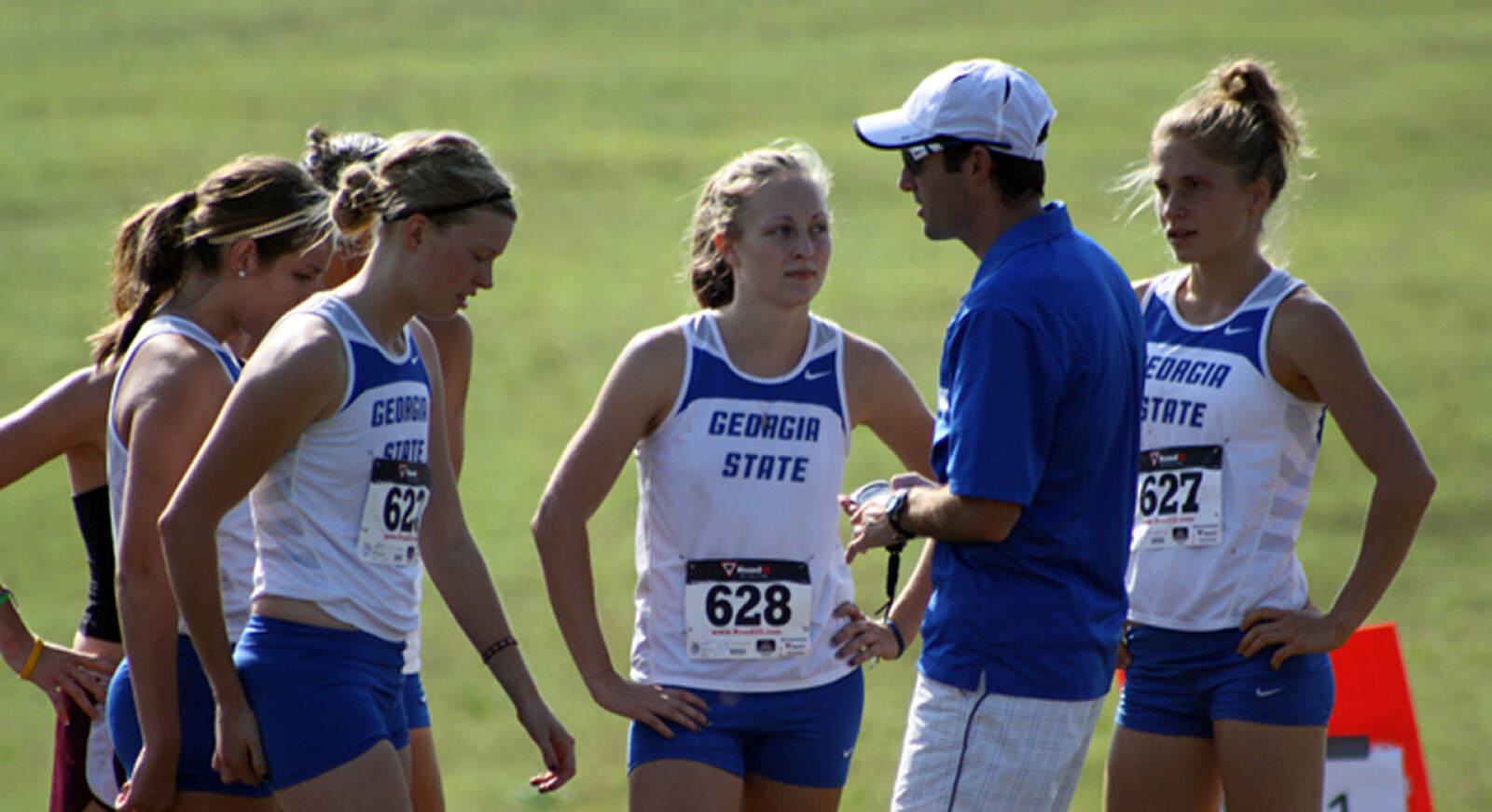
These responsibilities include:
- Implementing and embedding this policy- Raising awareness of harassment, abuse and exploitation- Developing and delivering education and training for all those involved in athletics- Supporting victims of abuse, harassment and exploitation- Vetting and recruiting staff and volunteers in line with ethical practices- Responding to concerns raised- Reporting concerns expeditiously- Establishing partnerships with organisations and institutions in the safeguarding sector
This policy describes the procedures to be followed if harassment, abuse or exploitation occurs and sets out processes for victims to be supported.
World Athletics, its Area Associations and Member Federations will work together to implement the policy, working closely with the World Athletics Athletes’ Commission.
World Athletics will promote best practice throughout the athletics community by providing safeguarding resources and guidance to Area Associations and Member Federations, and will provide its workforce with education and training in safeguarding. Consultation on the development of these resources and guidelines is currently under way with stakeholders across the sport.
World Athletics will also review its reporting and disciplinary procedures for any alleged incidents of abuse, harassment and exploitation that fall within its jurisdiction.
Area Associations and Member Federations are asked to adopt and implement a safeguarding policy which follows both local legislation and the World Athletics policy by 2023. This policy needs to include the procedures to follow when a concern is reported, as well as investigative and disciplinary processes.
These organizations must inform the relevant public authorities, where this is required by legislation. Their workforces should be regularly trained in all aspects of safeguarding to ensure they can provide support and advice to their athletics communities.
World Athletics President Sebastian Coe said it was important for the sport to have strong safeguarding procedures in place, from grassroots to elite level around the globe, to protect all participants.
"Athletics clubs, schools and community sports environments should be safe and happy places for those in our sport," Coe said.
"A written policy gives our participants confidence that there are consistent structures and processes in place to report safeguarding abuses and that we will listen and we will act. But the policy is just the start. It must be implemented, monitored and developed at all levels in our sport and we will make that a priority as we move forward."
The Safeguarding Policy has been published on the World Athletics website today.
(11/10/2021) ⚡AMPby World Athletics
2021 Shanghai Marathon has been postponed indefinitely due to COVID-19
The total number of cases reported during China’s current Covid-19 wave passed 1,000, as Shanghai’s marathon became the latest to fall victim to one of the country’s most serious outbreaks this year.
But the National Health Commission on Wednesday reported the lowest daily figure in just shy of two weeks, with 39 new local symptomatic cases. It also reported 25 asymptomatic cases – which it does not count in its official case tally – and 29 imported cases, 15 of them symptomatic.
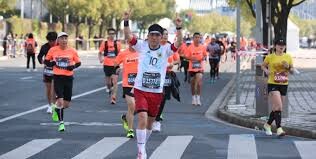
That took the outbreak’s total local symptomatic cases to 1,023, so far traced to two separate chains of transmission starting in the northern Inner Mongolia autonomous region and Heilongjiang province in the northeast.
The organizers of the Shanghai International Marathon on Tuesday announced the postponement of November 28’s race, following the decisions in late October to postpone marathons in Wuhan, Shijiazhuang and Beijing.

“Please know that our every decision was made on the premise that we have a responsibility to runners and the city,” the Shanghai organisers said. “We have chosen to be cautious and have chosen to prioritise the health and safety of runners and citizens.”
The outbreak was easing, however, based on the moving seven-day average of daily local symptomatic cases, a short-term indicator of whether infections are rising or falling. That figure dropped to 56 after hovering around 65 since last Wednesday.
The coronavirus was spread initially in mid-October when domestic tourists visited restaurants in Inner Mongolia that had infected workers, before travelling by rail and air on cross-provincial routes. The first cases linked to the outbreak were discovered on October 17.
Residents of six neighbourhoods under lockdown in Erenhot, a city in Inner Mongolia, could leave their homes again on Wednesday. City authorities also lifted restrictions in 84 controlled areas that residents had been banned from leaving.
Some of the areas, such as the Mingda and Fenghuafudi residential communities, had been in lockdown since October 20. Authorities had also held seven rounds of mass testing in the city, which borders Mongolia, by the end of October.
China has faced difficulties in limiting the spread of the coronavirus in regions close to less tightly controlled borders. Ruili, which borders Myanmar in the southwestern Yunnan province, and Heihe in Heilongjiang, which borders Russia, have both been localised centres of infection.
The Chinese authorities have continued to pursue a zero-Covid policy, aiming to suppress cases whenever they arise with tough measures including limitations on movement.
The ruling Communist Party is this week holding a high-profile leadership meeting in Beijing. The capital will also host the Winter Olympics in February, bringing athletes and officials to the region and posing challenges for the country’s pandemic control efforts.
(11/10/2021) ⚡AMPby Jack Lau
Shanghai International Marathon
Shanghai International Marathon has established itself as the marquee running event on China’s Marathon calendar. Every November, tens of thousand participants run passing the many historical places of this city such as Bund Bull, Customs House, Shanghai Museum, Shanghai Grand Theater, Shanghai Exhibition center, Jing’an Temple, Nan Pu Bridge, Lu Pu Bridge, Long Hua Temple, Shanghai Stadium. The course records...
more...

